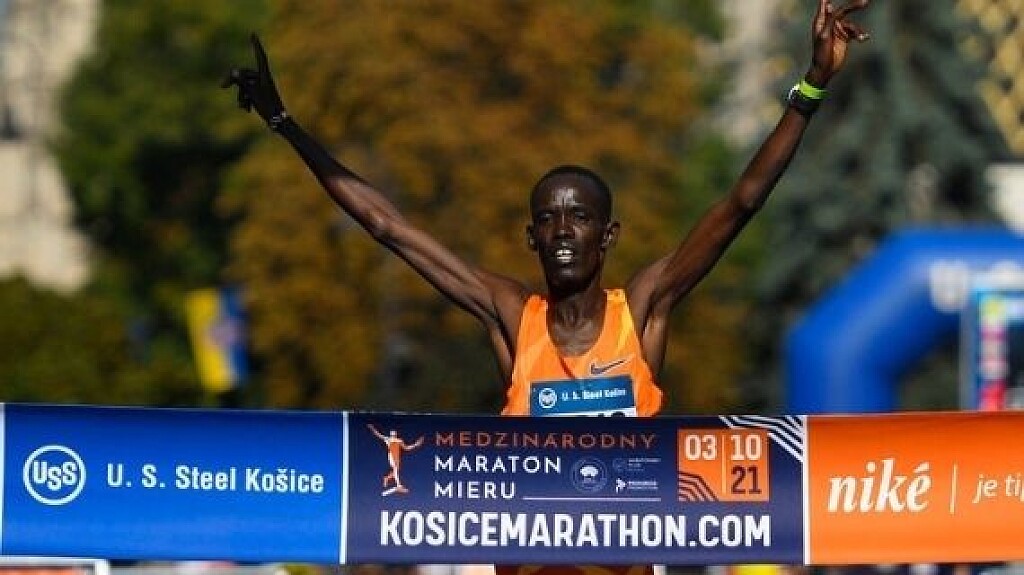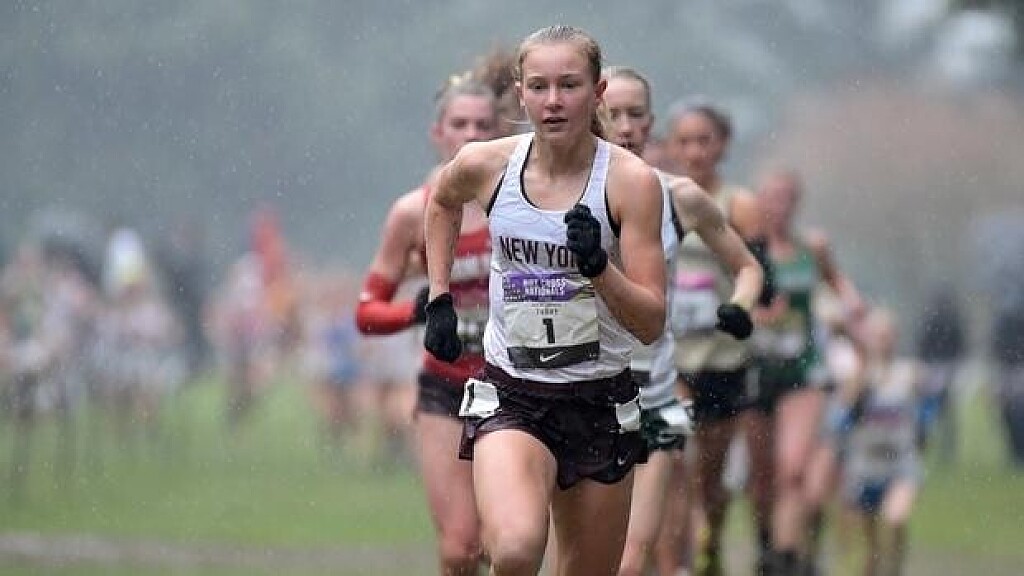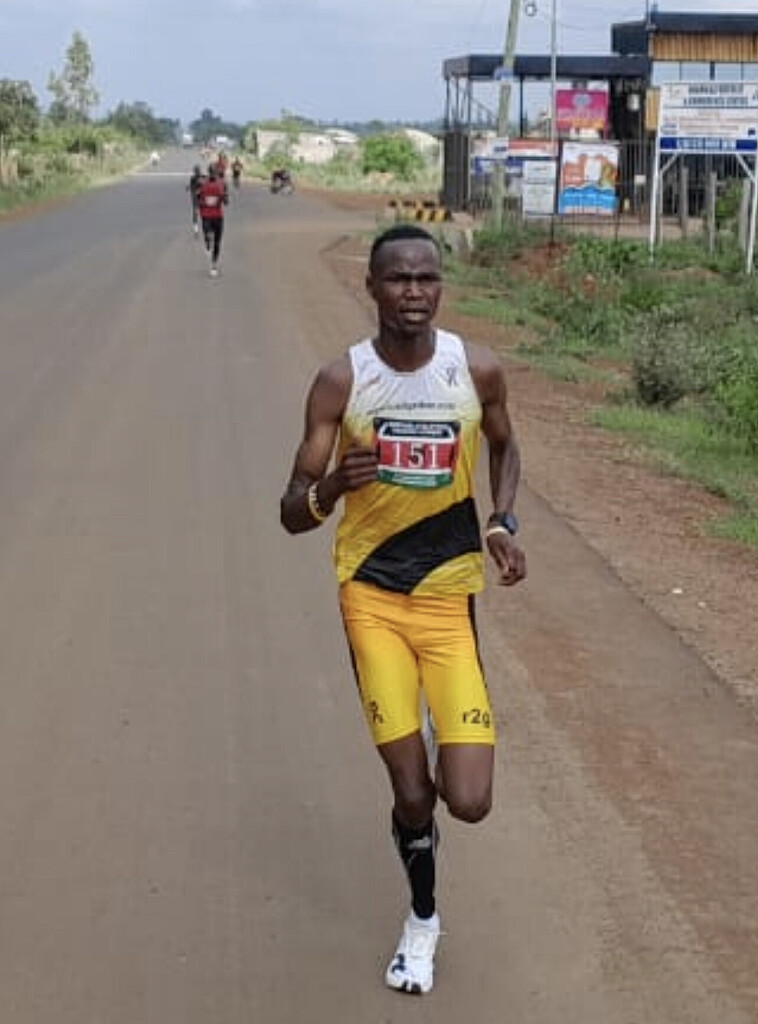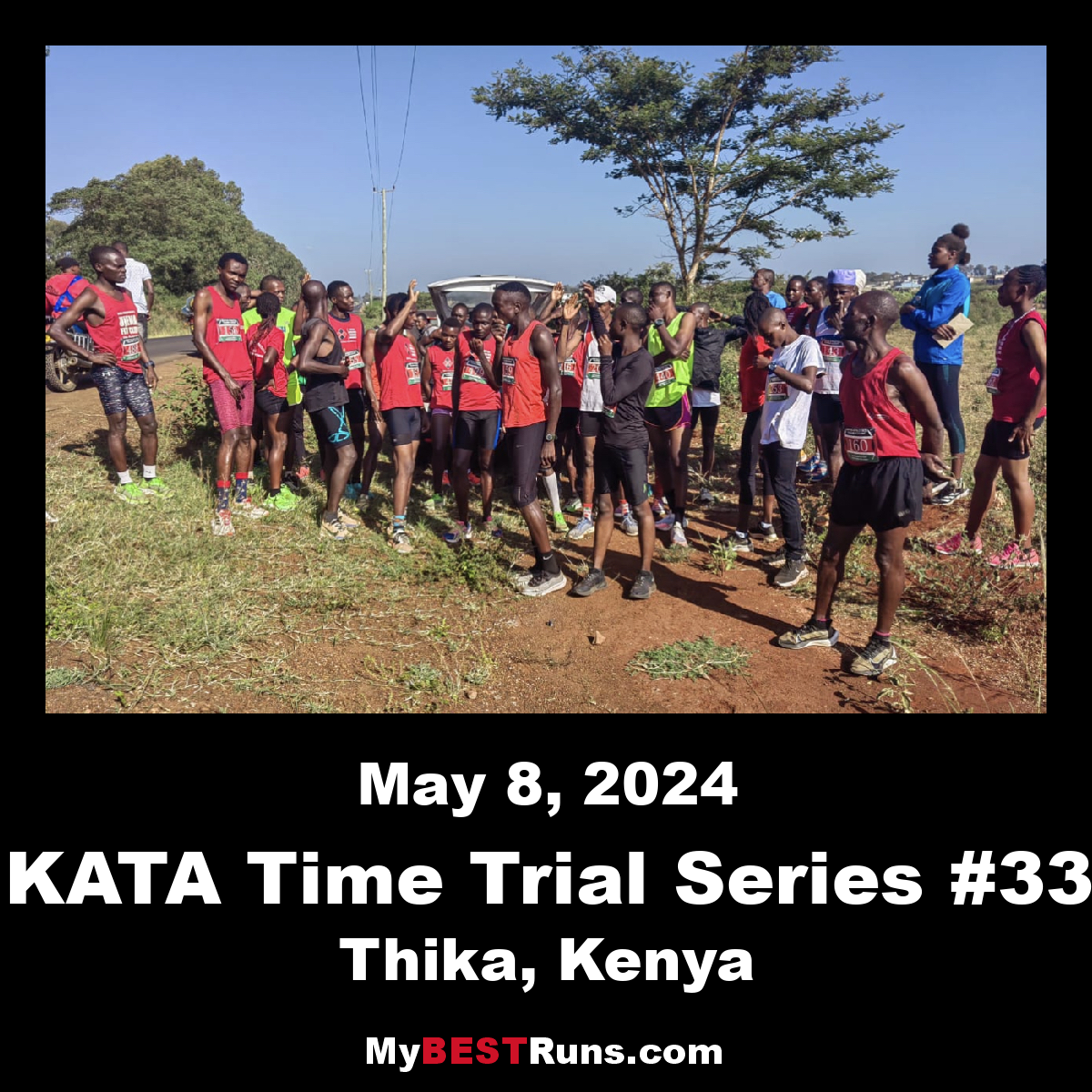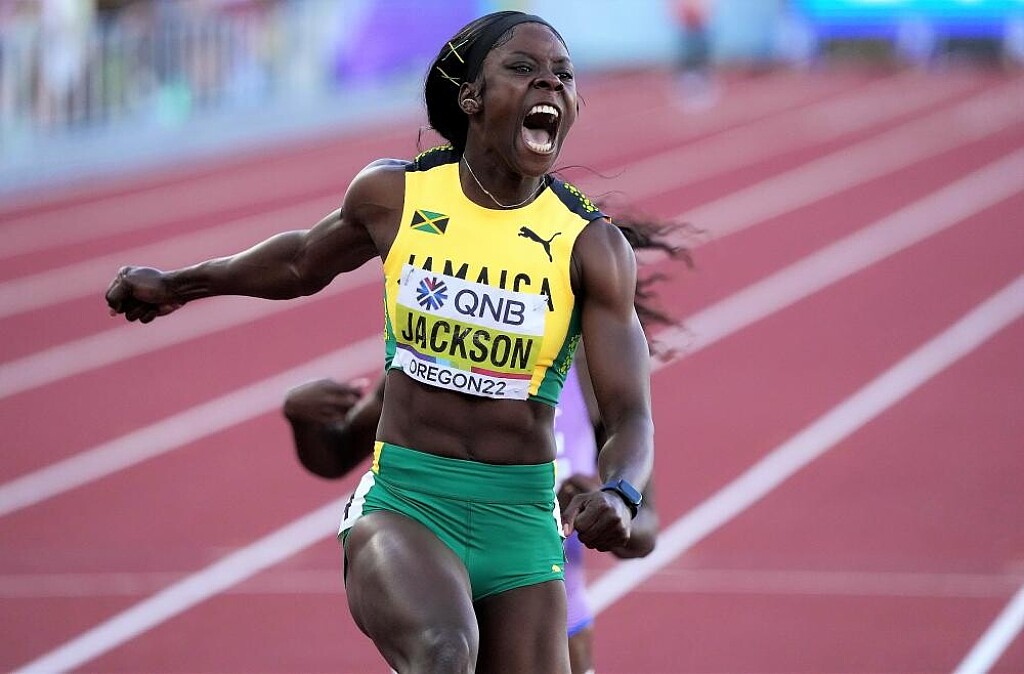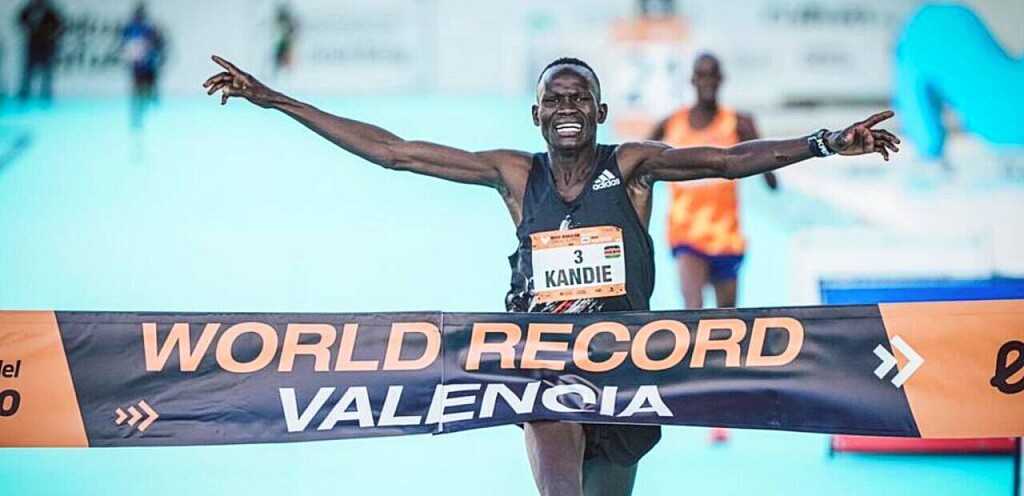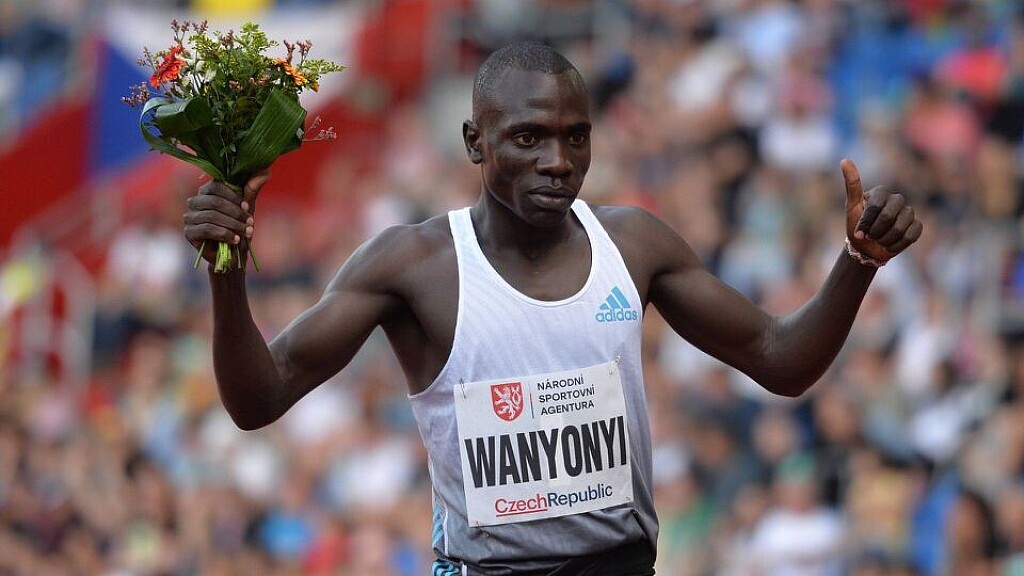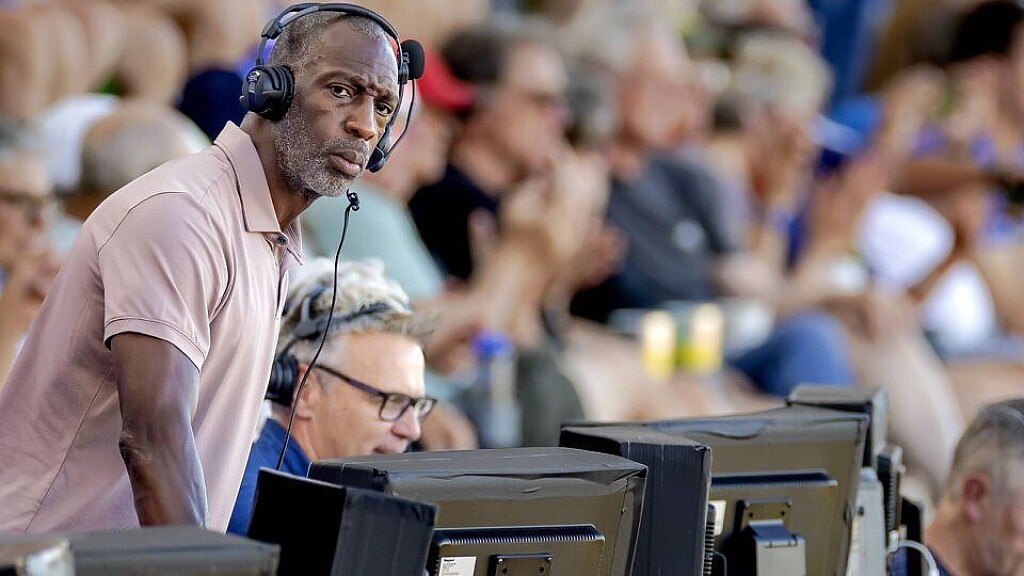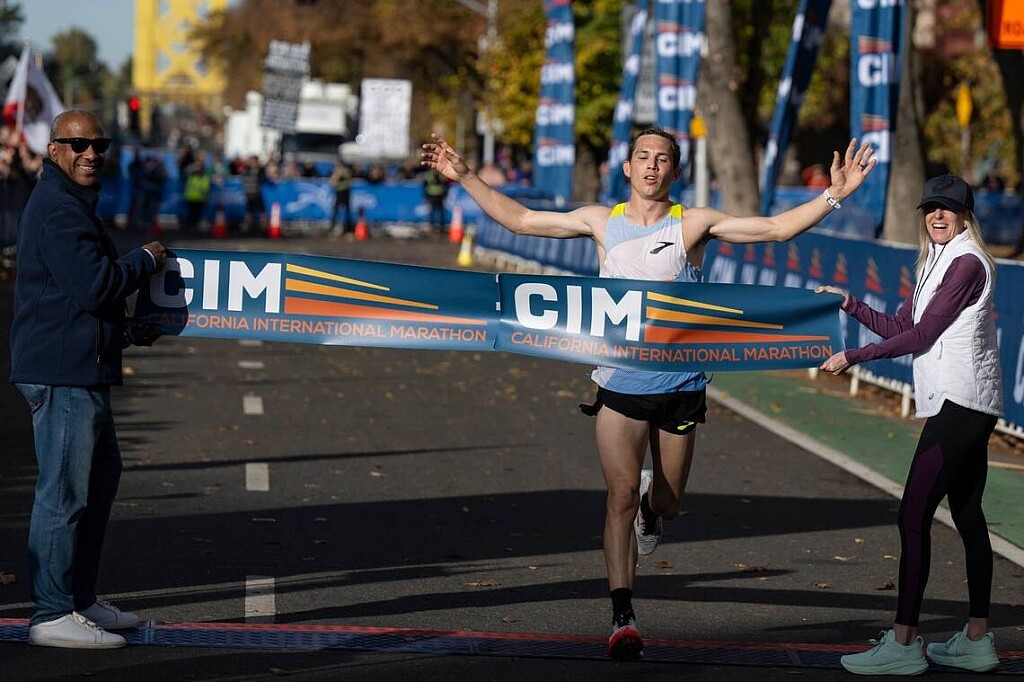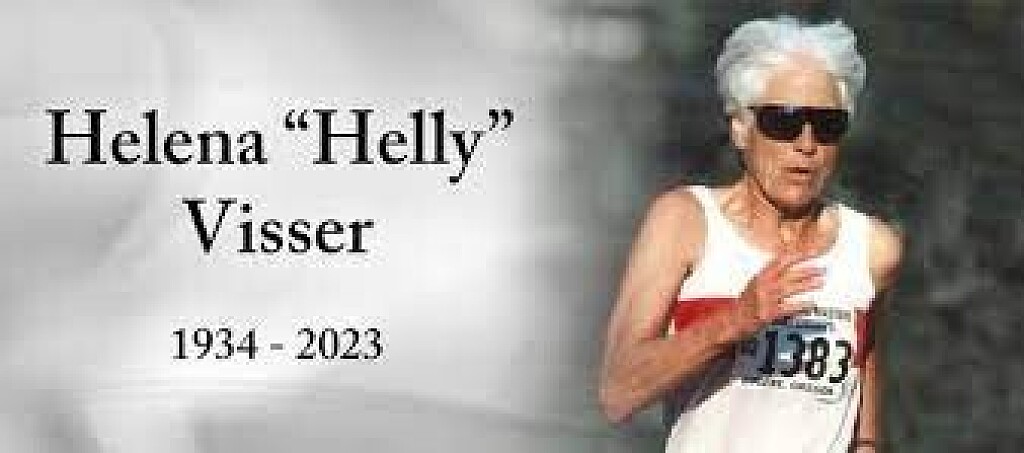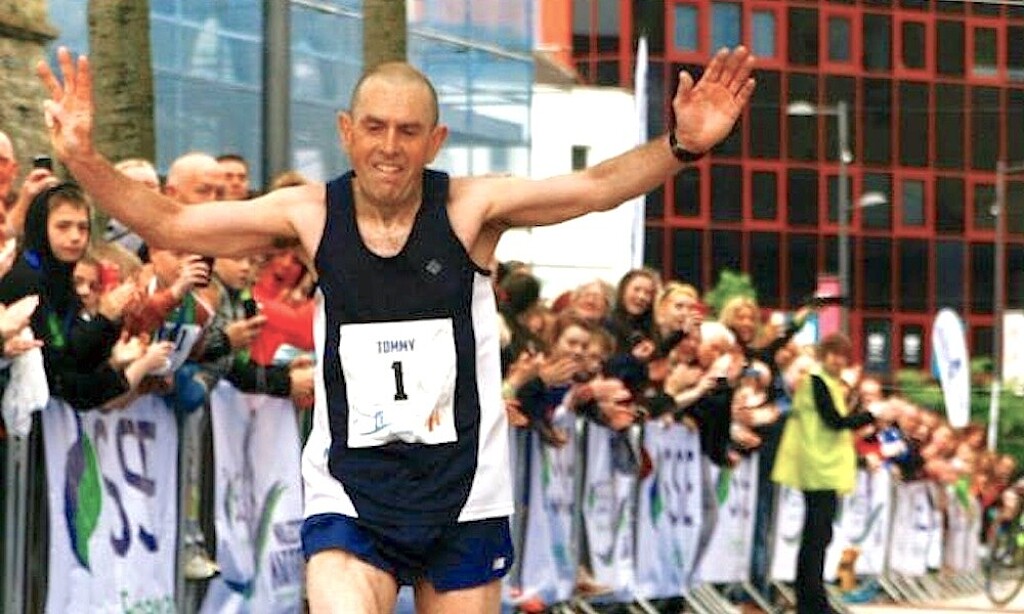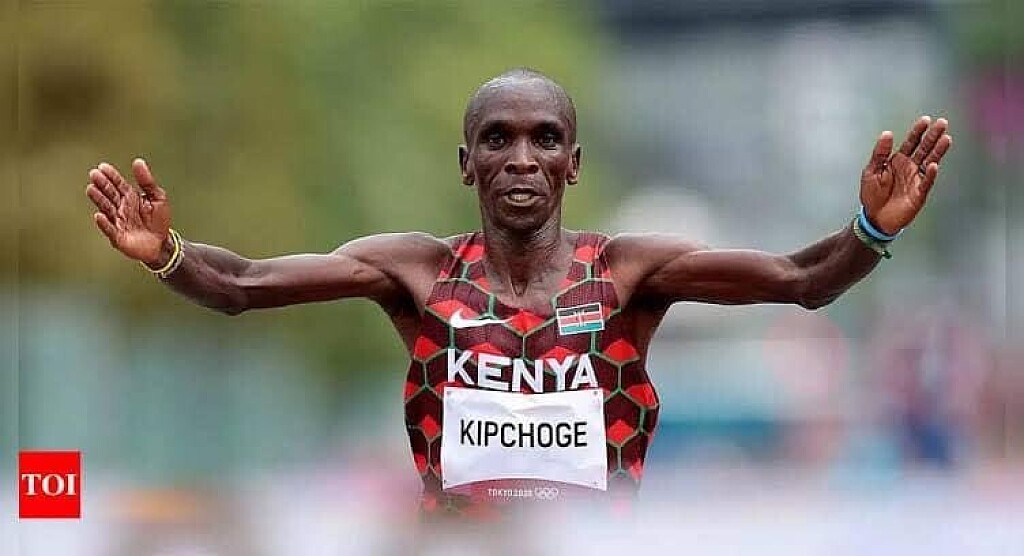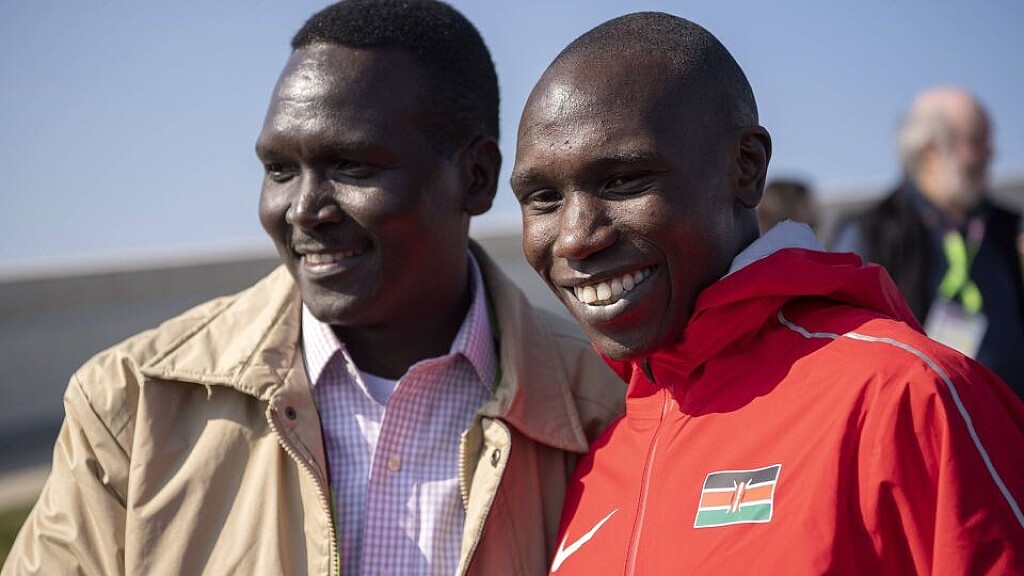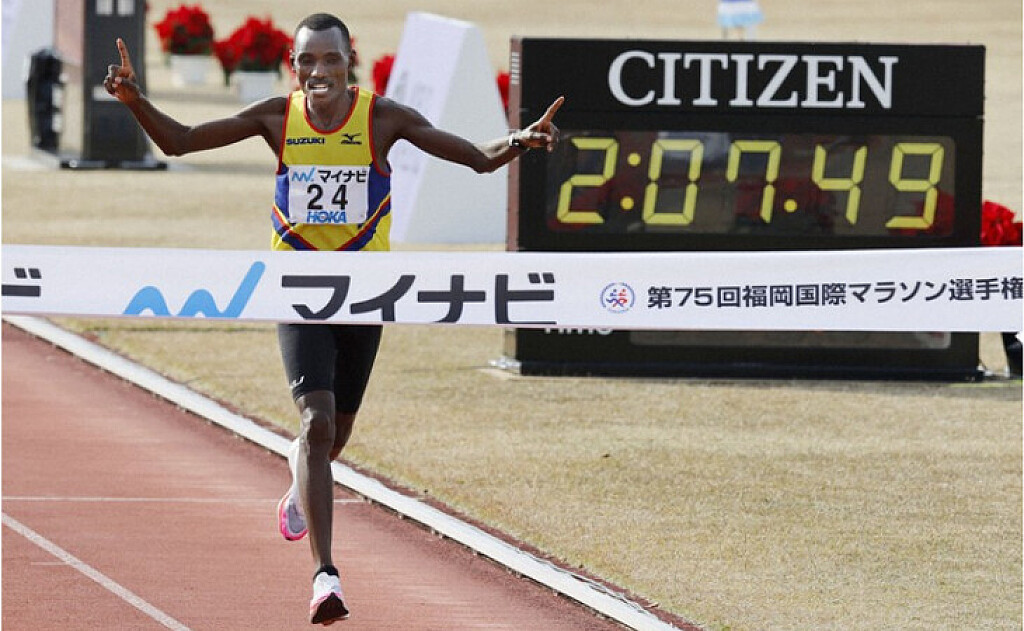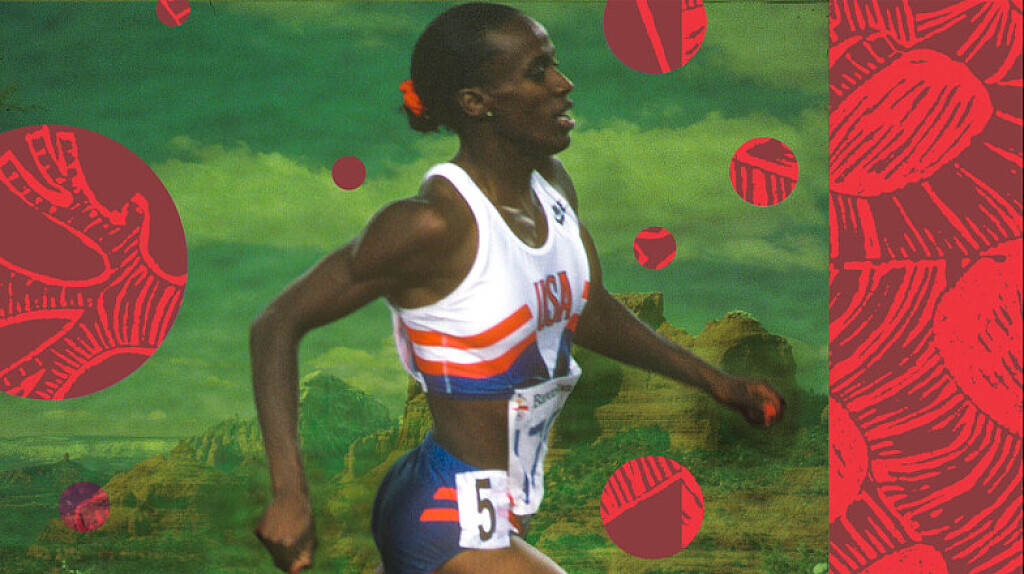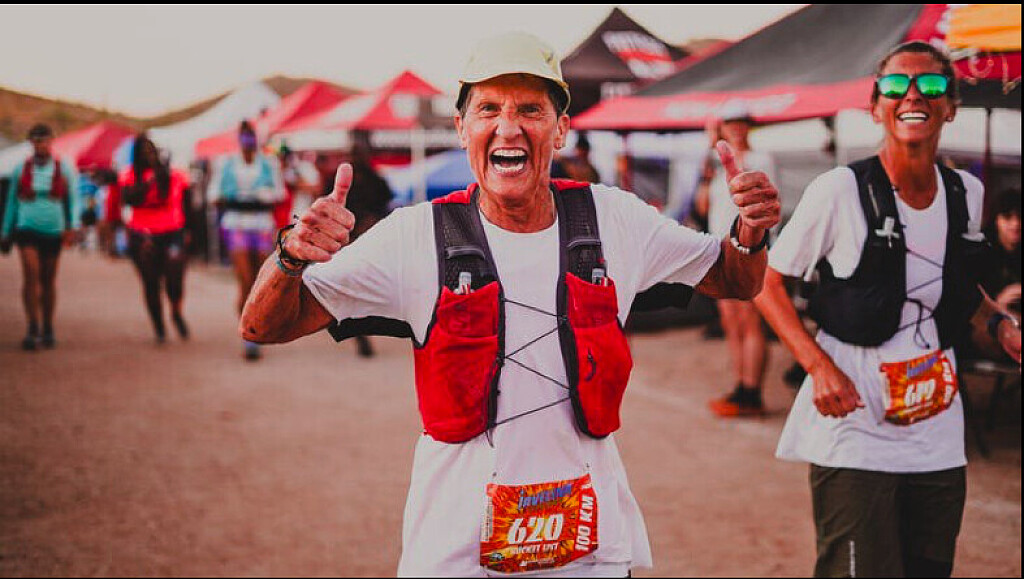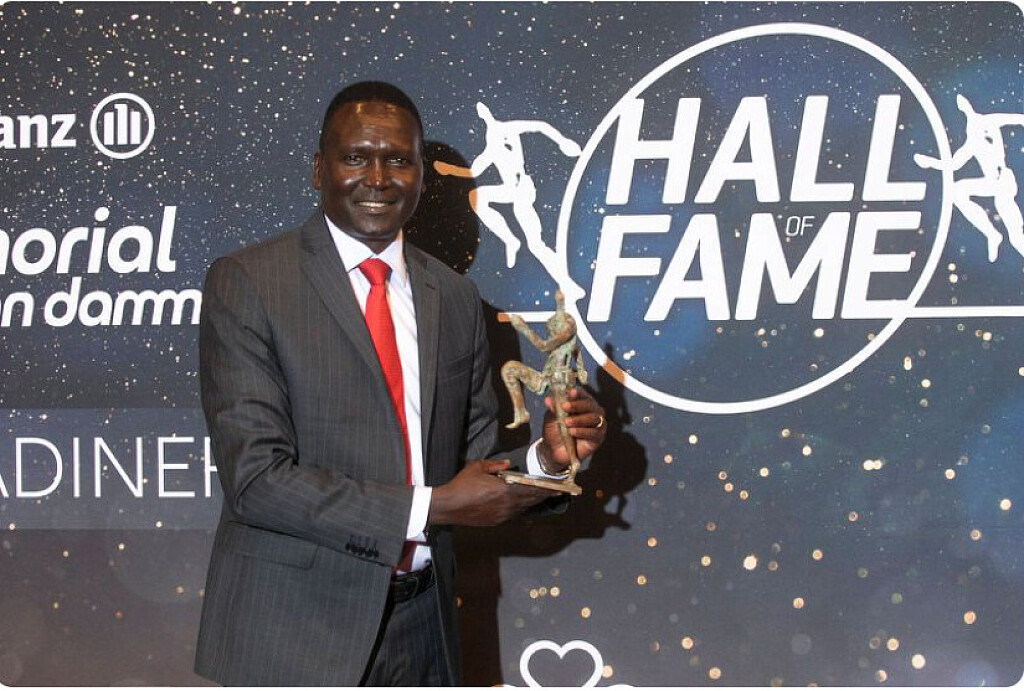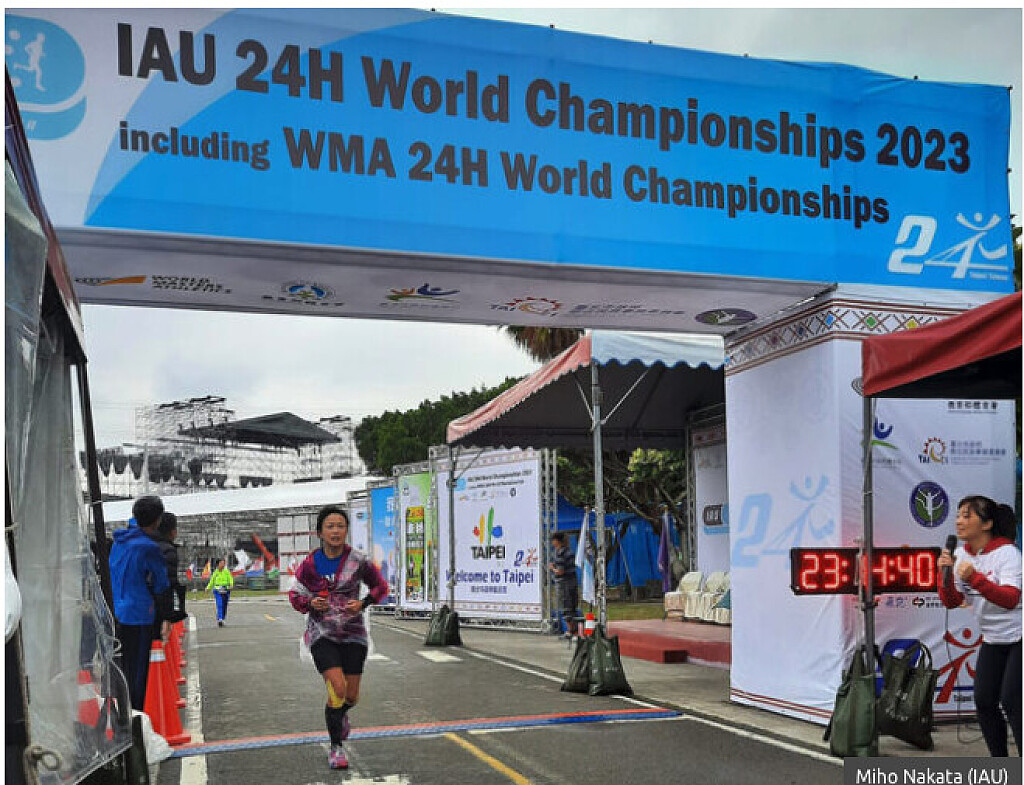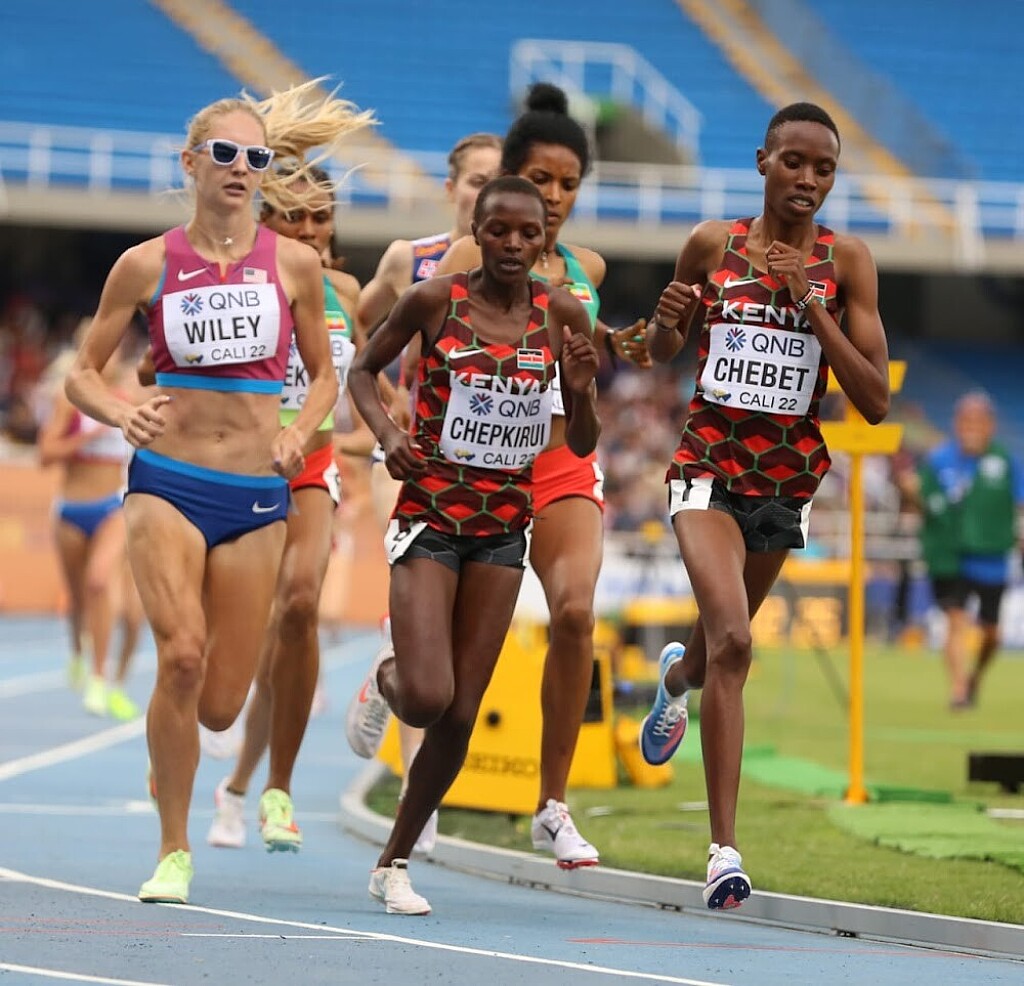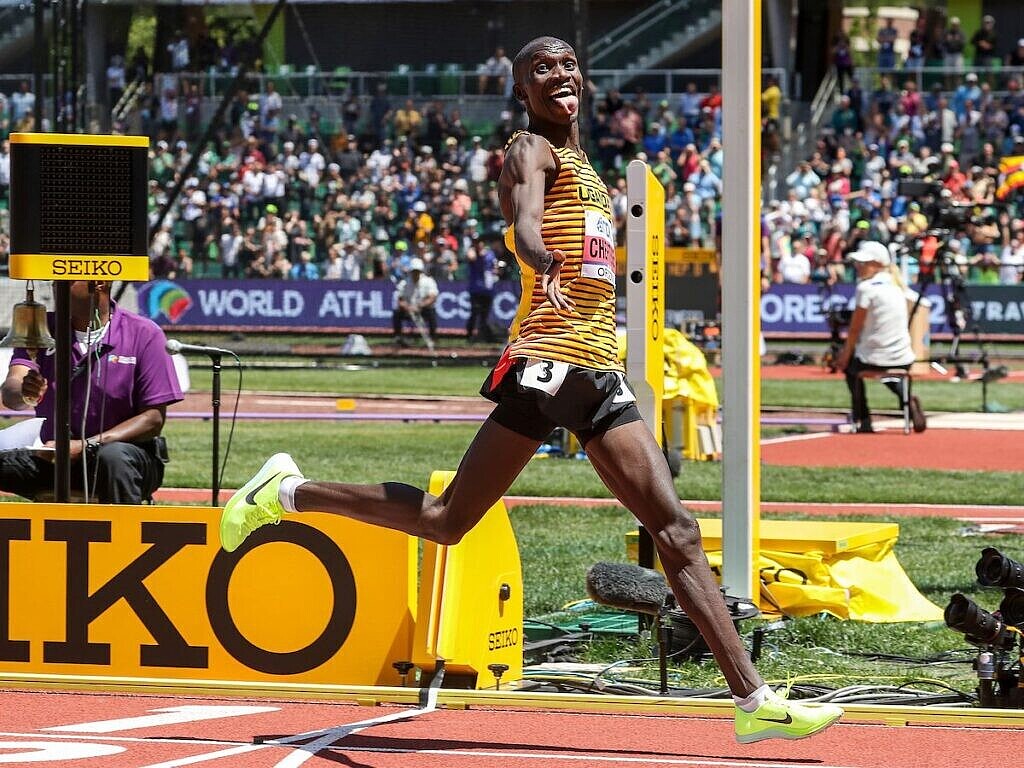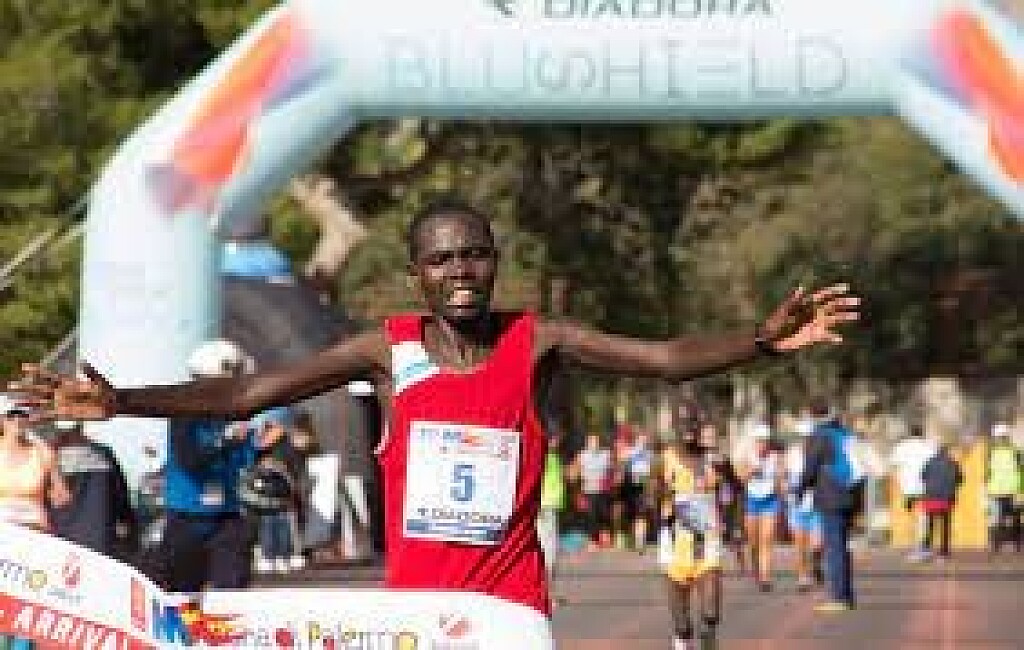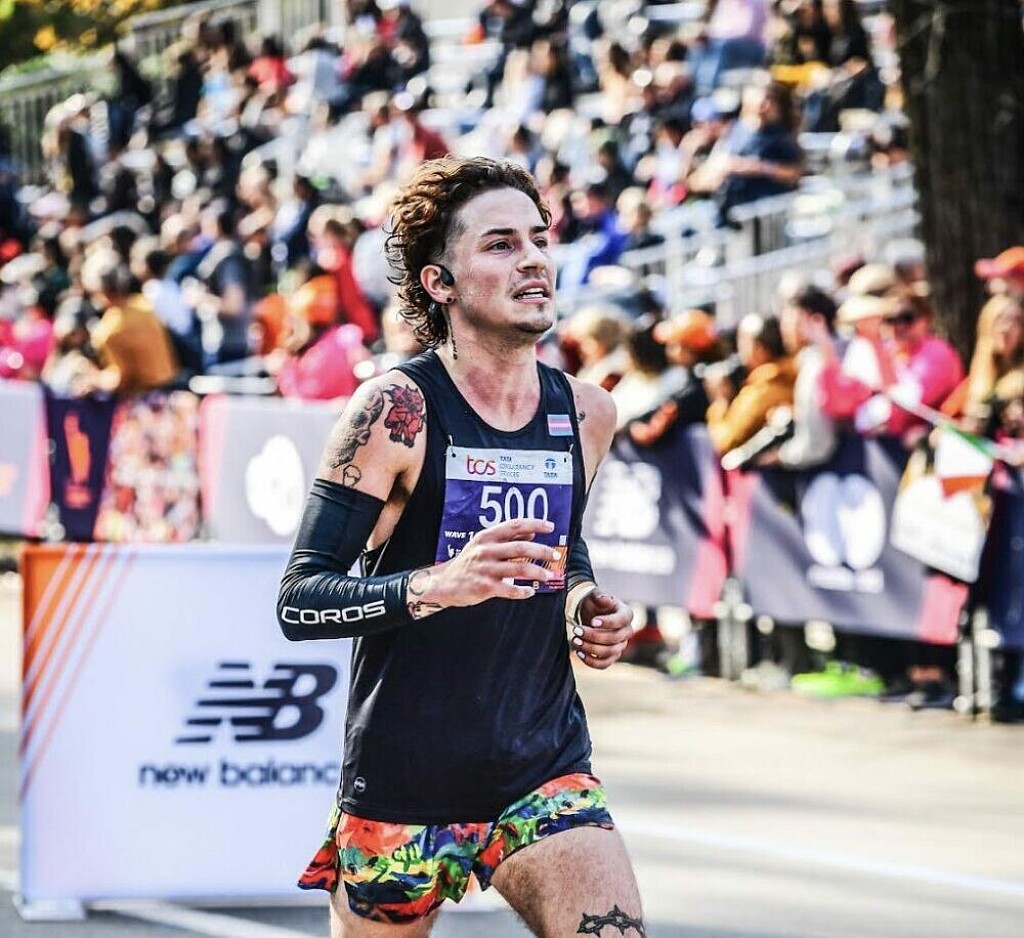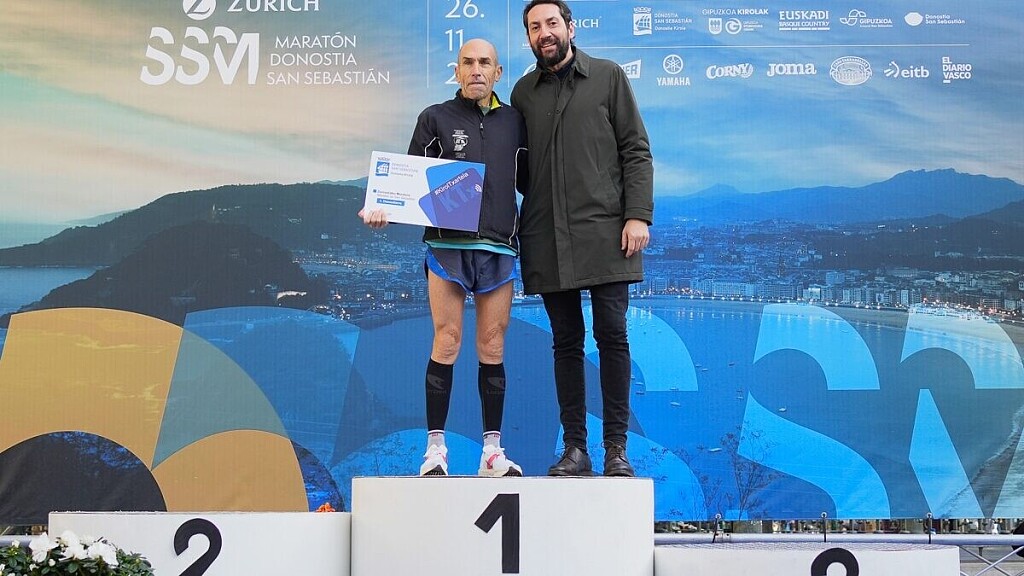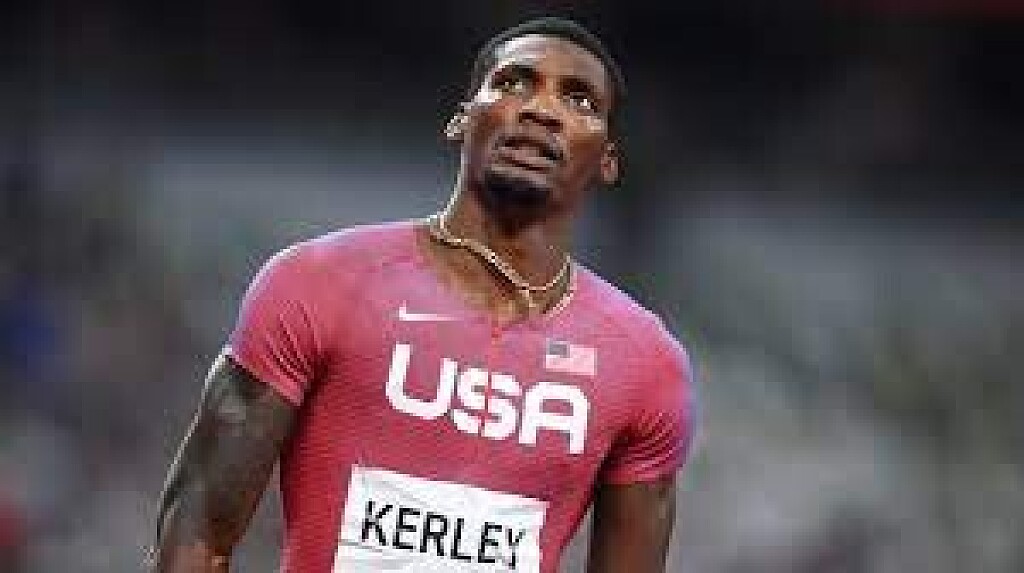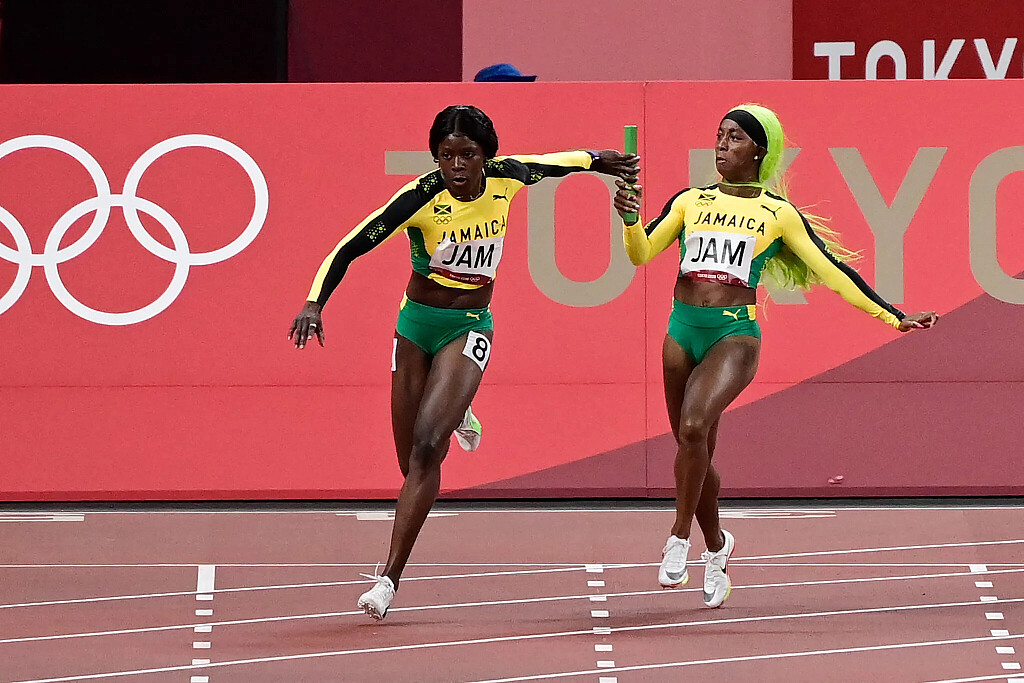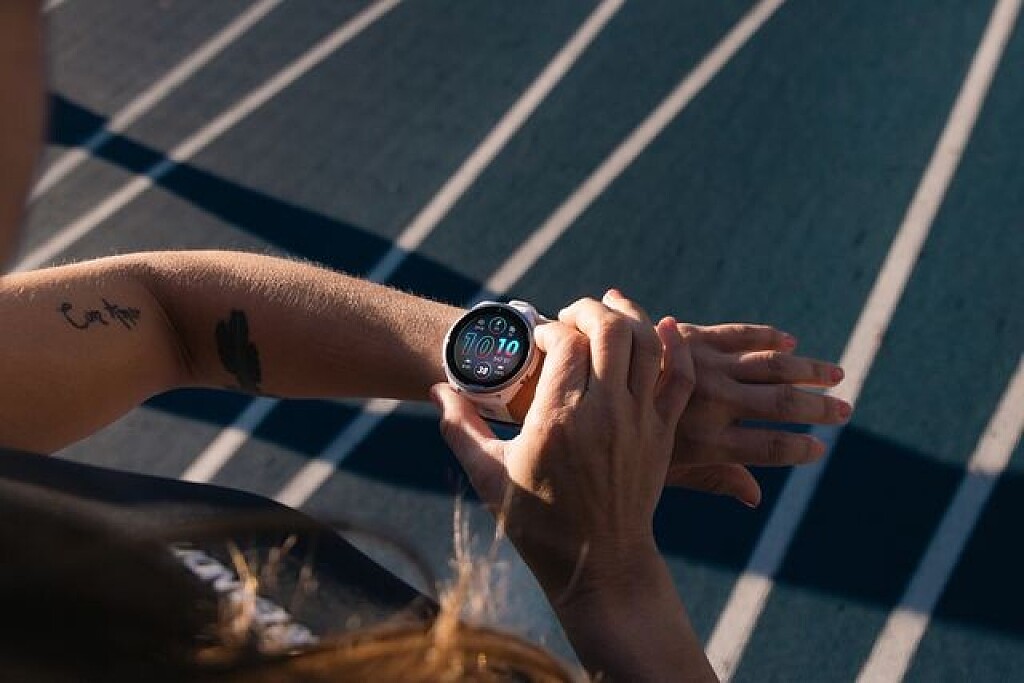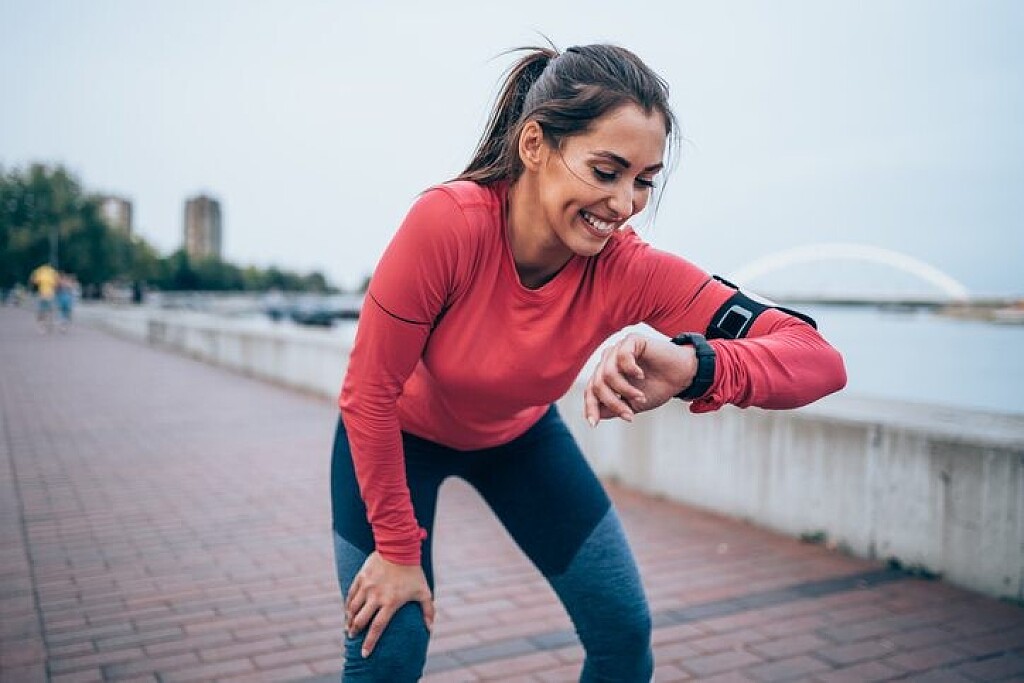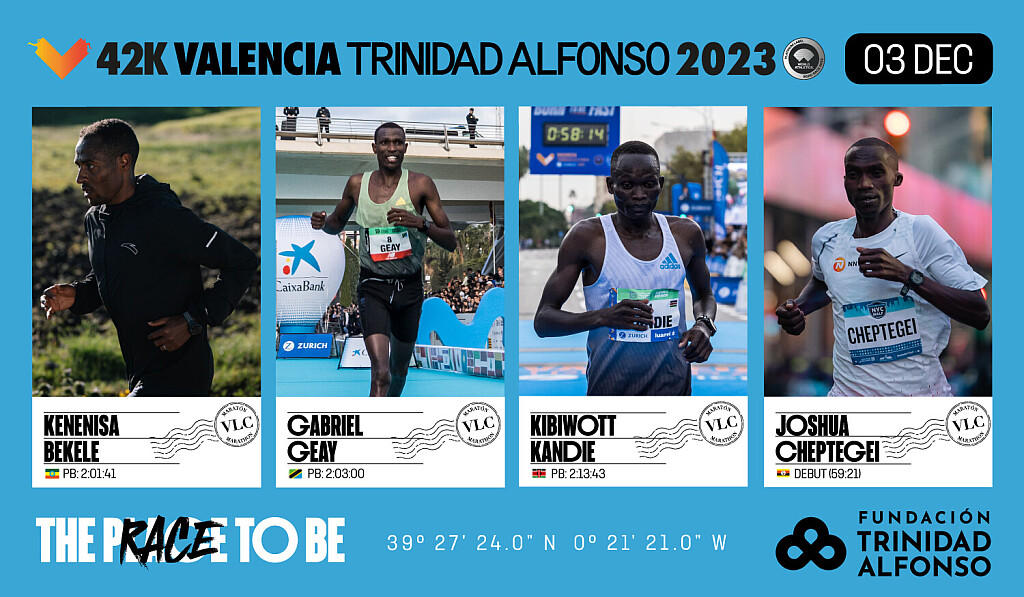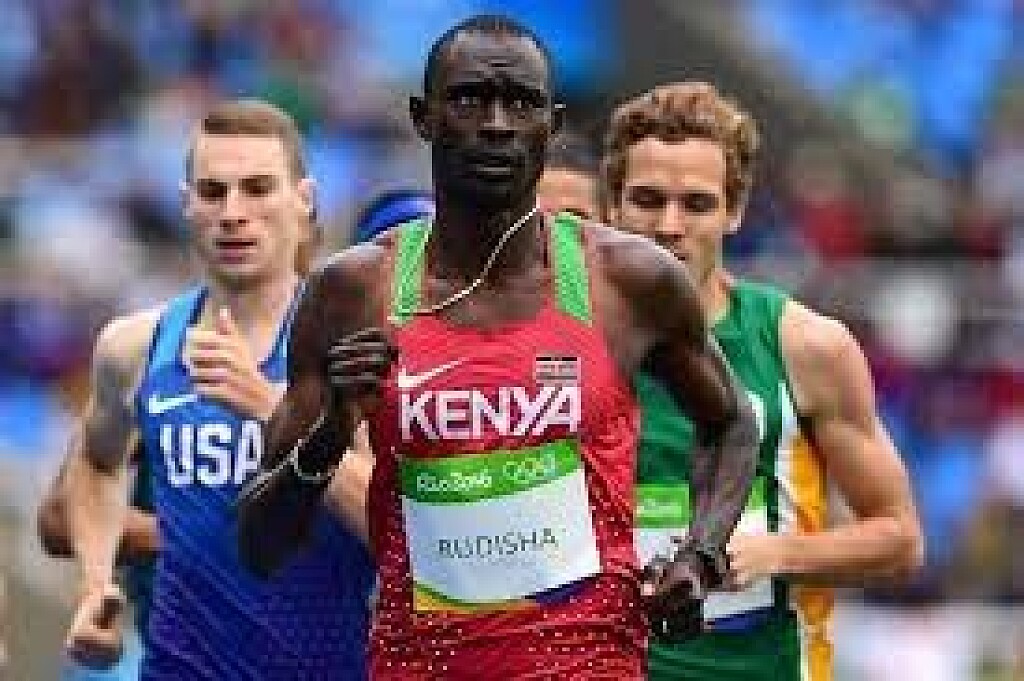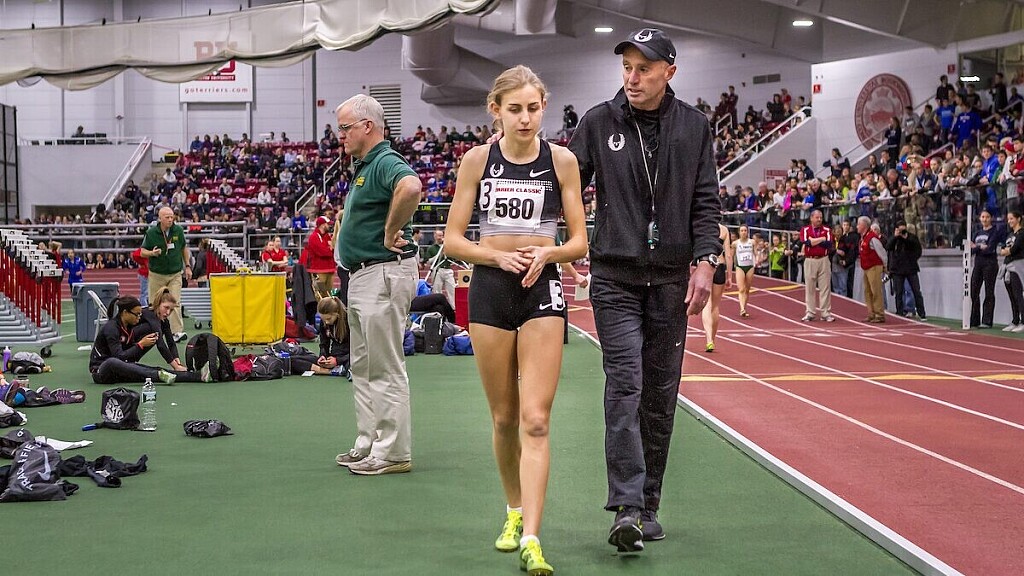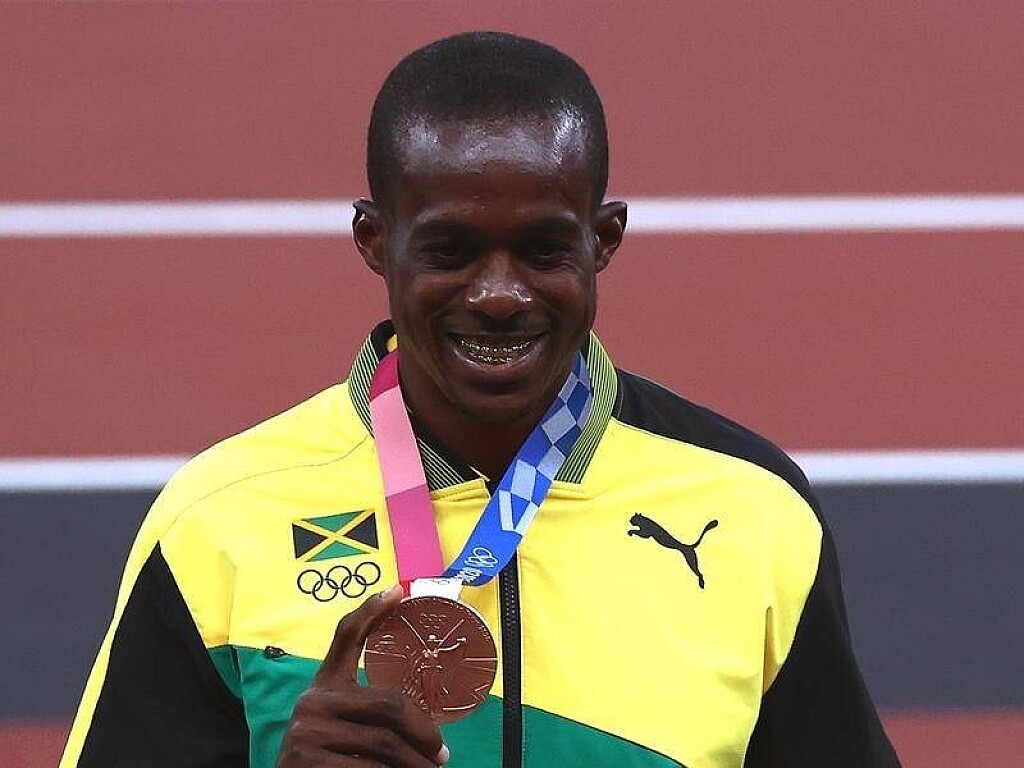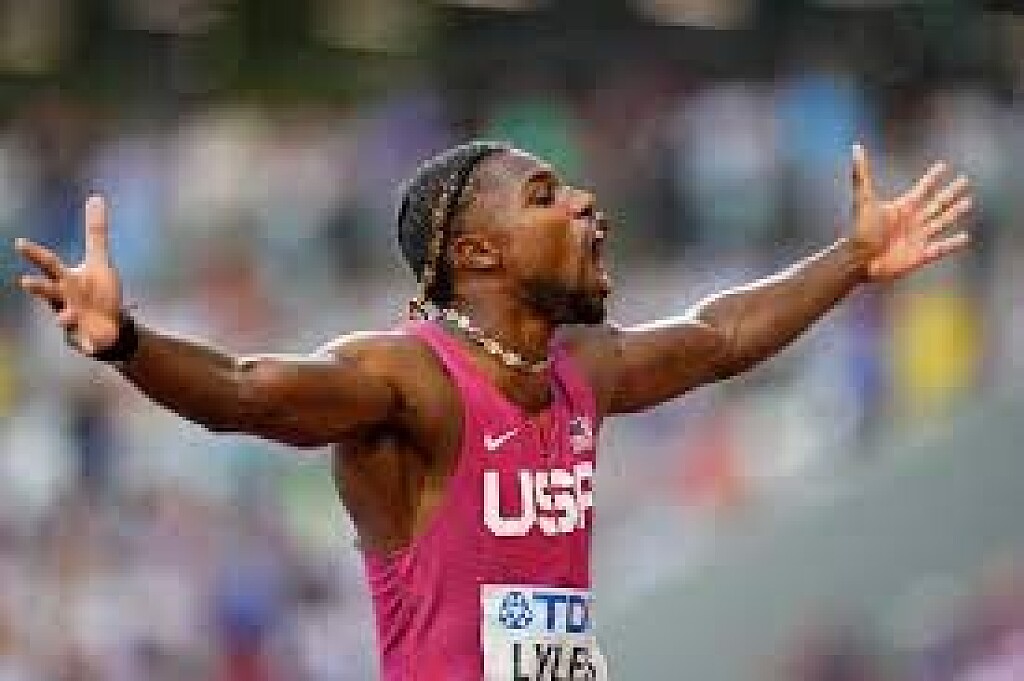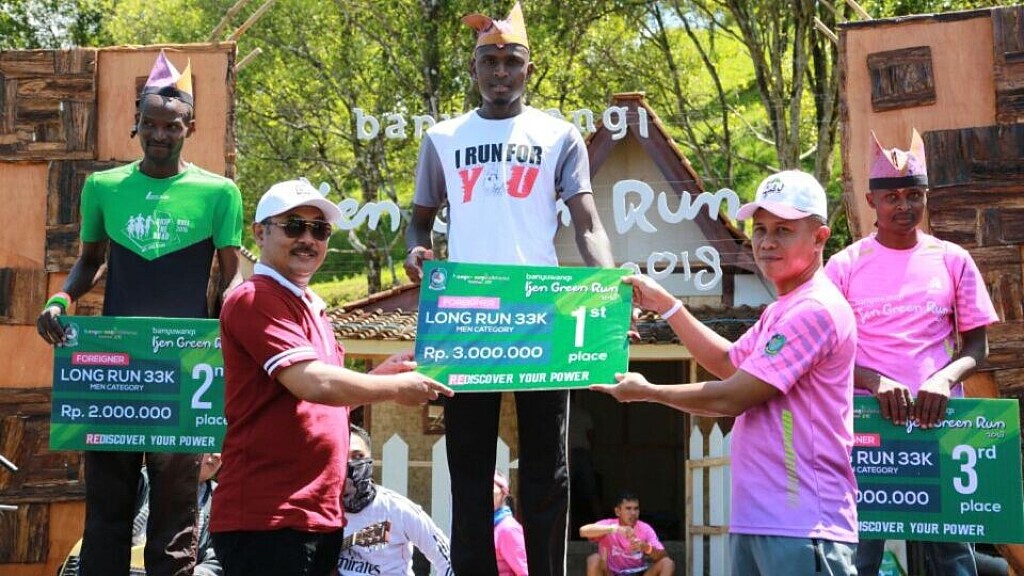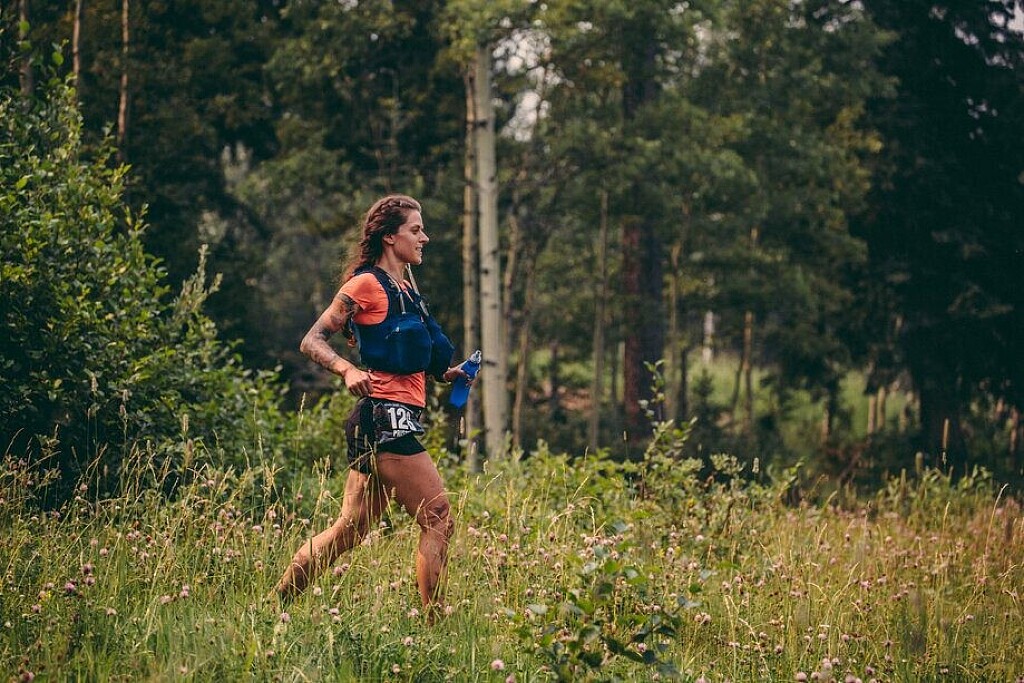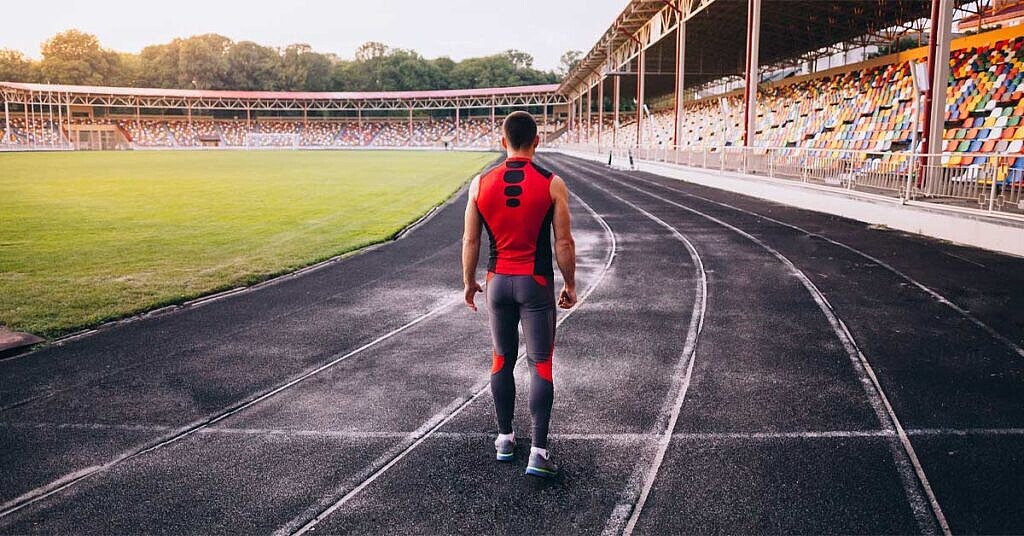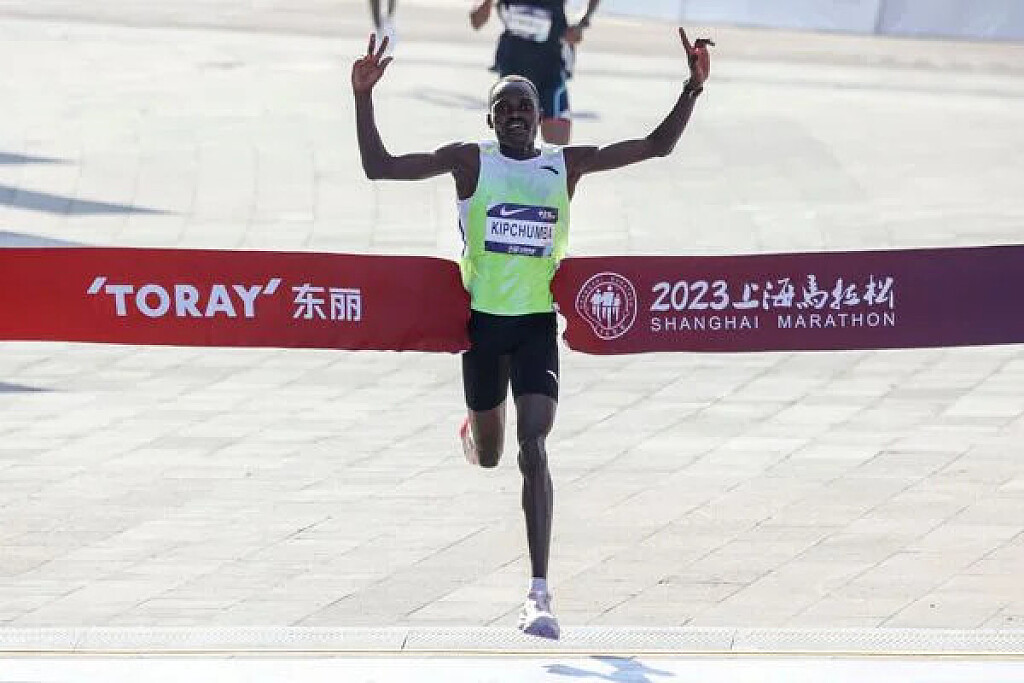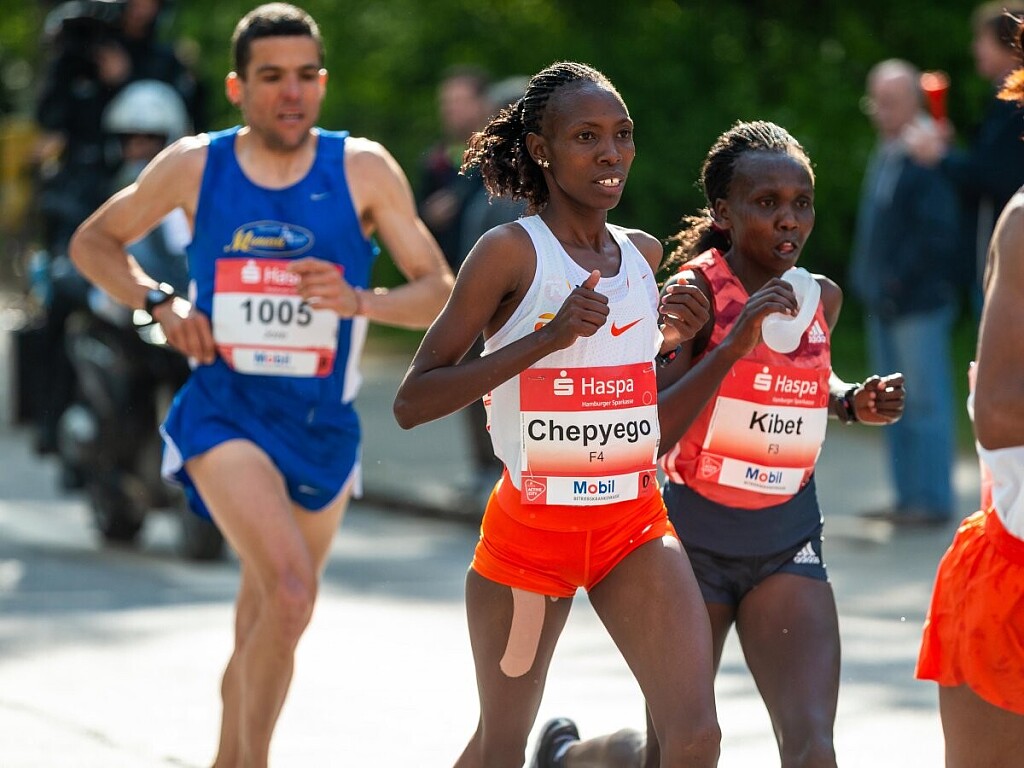Running News Daily
Running News Daily is edited by Bob Anderson. Send your news items to bob@mybestruns.com Advertising opportunities available. Train the Kenyan Way at KATA Kenya and Portugal owned and operated by Bob Anderson. Be sure to catch our movie A Long Run the movie KATA Running Camps and KATA Potato Farms - 31 now open in Kenya! https://kata.ke/
Index to Daily Posts · Sign Up For Updates · Run The World Feed
Honolulu Marathon will feature stacked fields
The last big marathon in the United States for 2023, the Honolulu Marathon, returns on Sunday with a robust elite field, race organizers said today. Ten elite athletes from four different nations will compete for the $25,000 first prize for men and women and special one-of-a-kind solid gold medals worth nearly $15,000 each.
“Although we pride ourselves on our no-time-limit policy and welcoming people of all abilities and goals, we feel fast running at the front is also important,” explained Dr. Jim Barahal, president of the Honolulu Marathon Association. “We expect exciting competition in both men’s and women’s as well as wheelchair races.”
Leading the men’s race will be a pair of Eritreans, Filmon Ande (2:06:38 personal best) and Tsegay Weldlibanos (2:09:07). Both men are based in Flagstaff, Arizona, and are coached by James McKirdy of McKirdy Trained. Both will be making their first appearances at the Honolulu Marathon.
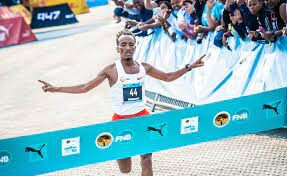
“They’ve been training well and they’re ready,” Coach McKirdy told Race Results Weekly in a telephone interview last week.
The Eritreans will be up against two Kenyans, Reuben Kiprop Kerio (2:07:00 PB) and Paul Lonyangata (2:06:10). Kerio has made five previous appearances at the Honolulu Marathon (three times as a pacemaker) with a best finish of second place in 2018 in 2:12:59. Kerio has won the Kosice Peace Marathon in the Slovak Republic three times, and Lonyangata was twice the Paris Marathon champion in 2017 and 2018.
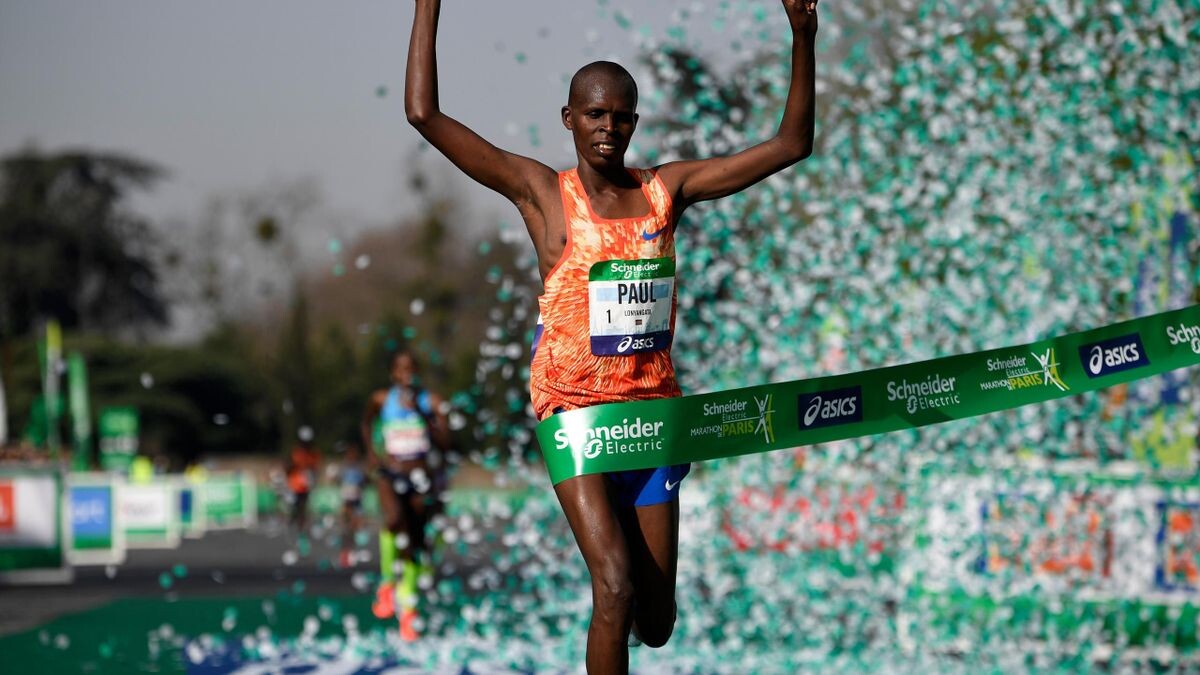
There is one Ethiopian challenger on the men’s side, Abayneh Degu, who has the fastest personal best in the field, 2:04:53, a time he ran in Paris in 2021. He will also be a first-time competitor in Honolulu.
Kenyan veteran Dickson Chumba, twice the Tokyo Marathon champion in 2014 and 2018, will act as a pacemaker.
Four elite athletes will compete on the women’s side. The most prominent, Cynthia Limo of Kenya, will be making her marathon debut. The 2016 World Athletics Half-Marathon Championships silver medalist is coming off of a very good USA road racing season where she competed in 11 events from 10-K through the half-marathon and recorded four victories and eight top-5 finishes. She went home to Kenya for altitude training before Honolulu. Her half-marathon personal best is 1:06:04, equivalent to a 2:18:42 marathon.
A pair of 24 year-old Ethiopians, Sintayehu Tilahun Getahun and Kasu Bitew Lemeneh, will challenge the 33 year-old Limo. Tilahun has a career best time of 2:22:19, set in Milan in 2022, and Bitew ran 2:26:18 in Madrid last year. Both women are running the Honolulu Marathon for the first time.
Finally, there is an elite entrant from Japan. Thirty-four year-old Yukari Abe competes for the Kyocera corporate team and has a personal best of 2:24:02 set in the Osaka Women’s Marathon in 2022. Most recently she finished tenth in the Japanese Olympic trials marathon, called the Marathon Grand Championships, on October 14. Like the other three elite women, she’ll be competing in Honolulu for the first time, much to the delight of the approximately 9,000 Japanese runners who will compete in the mass race behind her.
“Due to the out-and-back nature of several points along our course, the average runner gets to see the professionals go right by them and it is always an exciting thing,” observed Barahal.
Like all big marathons, the Honolulu organizers had to cancel their in-person race in 2020 due to the COVID-19 pandemic and the race was only held virtually. Barahal brought the in-person race back on a very tight budget in 2021, and even with almost no Japanese participation due to pandemic travel restrictions they still recorded 6236 finishers. However, it was not possible to have a regular elite field.
In 2022 the number of finishers more than doubled to 14,271 and the race’s elite athlete program was restored with three-deep prize money of $25,000-10,000-5,000 and an elite wheelchair program. Barahal’s team expects more finishers this year, with a significant uptick in Japanese participation in both the marathon and the companion Start to Park 10-K.
“We’ve done a slow build-back since COVID and both our men’s and women’s fields are deeper and faster,” Barahal observed. “We’re also pleased to offer $25,000 for first place as well as the gold medal for the winner worth about $15,000.”
The special winners’ medals, manufactured by new race sponsor SGC of Japan, have a mass of 202.3 grams (to celebrate 2023). At the current market price of $2038.30 per ounce, those medals are worth $14,545. The mass race finishers will also receive medals designed and produced by SGC (minus the real gold, of course).
“Our marathon family is honored to welcome SGC,” said Barahal. Their dedication to excellence mirrors the spirit of our event. These medals aren’t just rewards; they’re a celebration of every runner’s journey.”
(12/07/2023) ⚡AMPby David Monti
Honolulu Marathon
The Honolulu Marathon’s scenic course includes spectacular ocean views alongside world-famous Waikiki Beach, and Diamond Head and Koko Head volcanic craters.The terrain is level except for short uphill grades around Diamond Head. ...
more...Katelyn Tuohy turns pro, signing with Adidas
Four-time NCAA champion Katelyn Tuohy will forego her final year of track and field at North Carolina State University in the NCAA and turn pro with Adidas.
On Wednesday, the 21-year-old announced her decision on her Instagram page: “I am super excited to announce that I will be running professionally for Adidas!” wrote Tuohy. “I am looking forward to this next chapter and the opportunities that lie ahead!! Thank you, for adding me to the three-stripe family ///.”
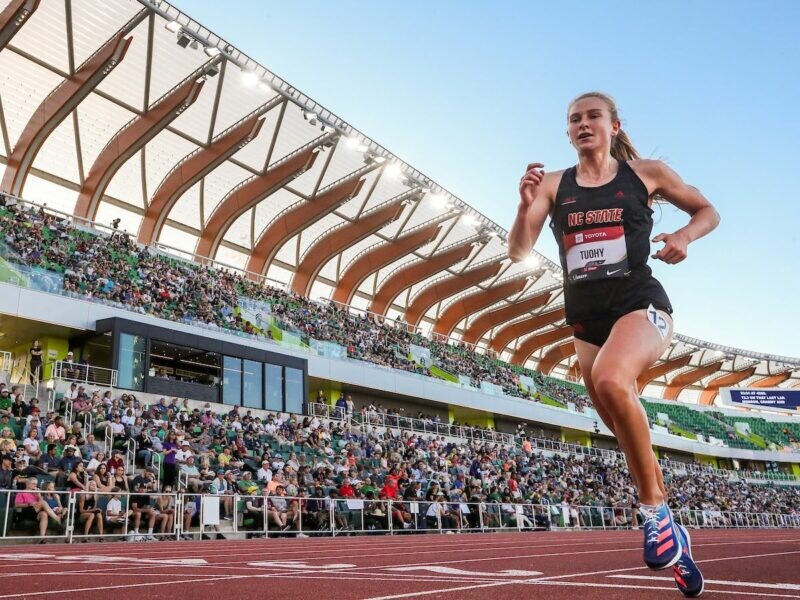
During her three and a half years at NC State, Tuohy was an 11-time All-American and set NCAA records in the indoor mile and 3,000m.
“I am overwhelmed with gratitude for the support, guidance, and encouragement I’ve received,” wrote Tuohy on Instagram. “I owe a big thank you to the university, the coaching staff, the support staff, my teammates, and all of those who have been a part of my time here at NC State. Thank you for making my dreams come true.”
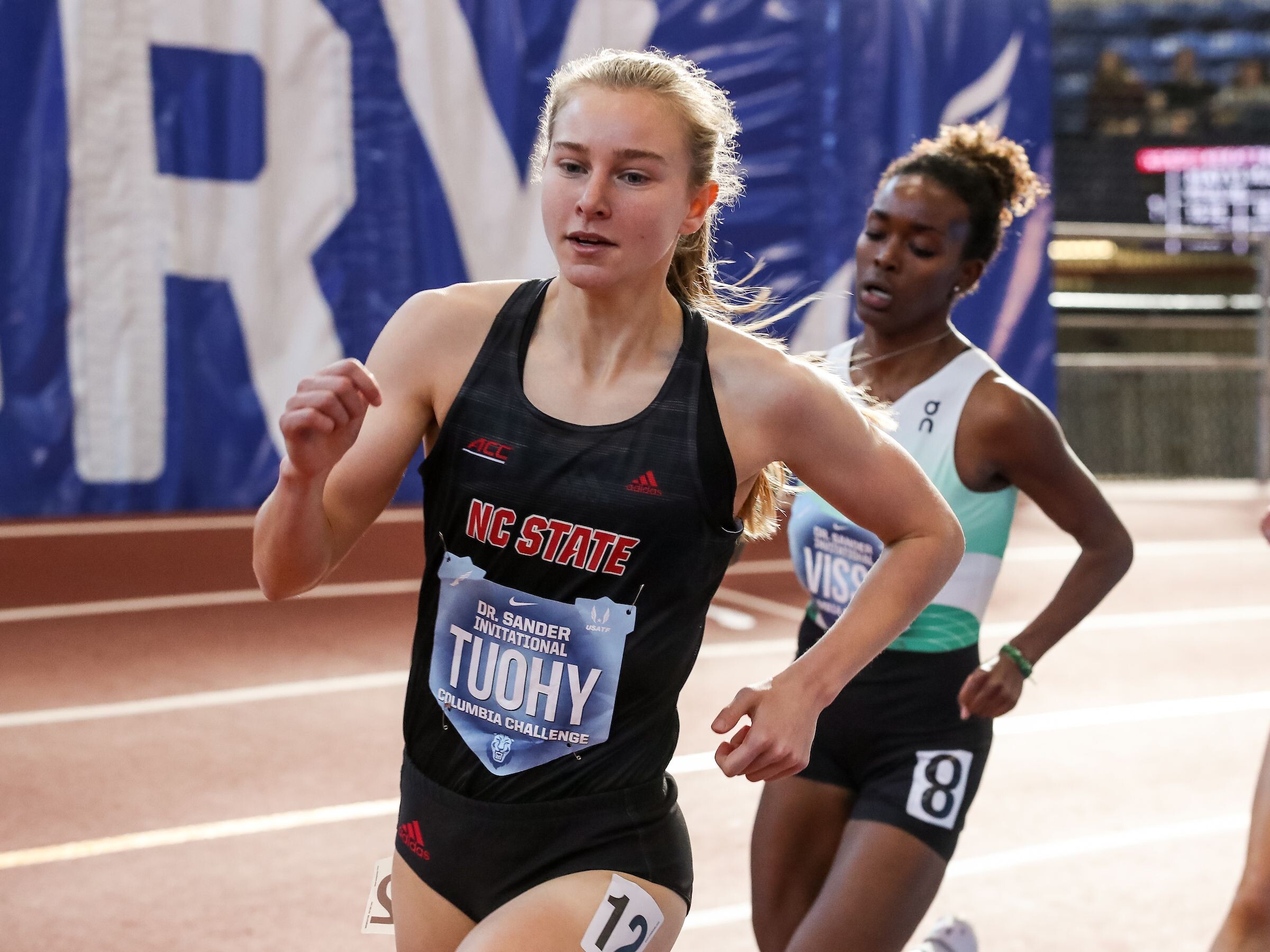
Tuohy was previously on a name, image, and likeness (NIL) sponsorship deal with Adidas while she competed in the NCAA. A NIL deal does not have the same monetary value as a pro deal, but it allows an athlete to continue competing at the collegiate level while earning money from their image. However, under an NIL deal, athletes are unable to win prize money at races or events.
The 21-year-old from New York is one of the best up-and-coming U.S. distance runners. She began to make headlines as a high school athlete in 2018 when she set a U.S. high school 5K record of 16:06.87. Tuohy also won the Gatorade Athlete of the Year for cross-country, given to the top U.S. high school athlete. She won this award in all four years, becoming the only athlete in any sport to accomplish this.
The young star will likely have her eyes on competing for Team USA at the World Indoor Championships in March in the 3,000m and qualifying for the Olympics in the 5,000m at the U.S. Olympic Track and Field Trials next June.
(12/07/2023) ⚡AMPby Marley Dickinson
The 28th monthly KATA (Kenyan Athletics Training Academy) was the biggest yet with world class performances
Kenya Athletics Training Academy (KATA) monthly time trial took place today December 6th in Thika, Kenya. The turn out was good with 37 athletes and 18 children (third photo).
The weather was perfect for running and the athletes were excited. Lewis kuria opened the game with an impressive 5k win clocking 14:49. He improved his personal best by more than 20 seconds. Lewis time was indeed astonishing considering the fact that this is the fastest time posted on this course. Fredrick Kiprotich followed in second posting 15:08 and Boniface Mungai posted 15:18 in third place.
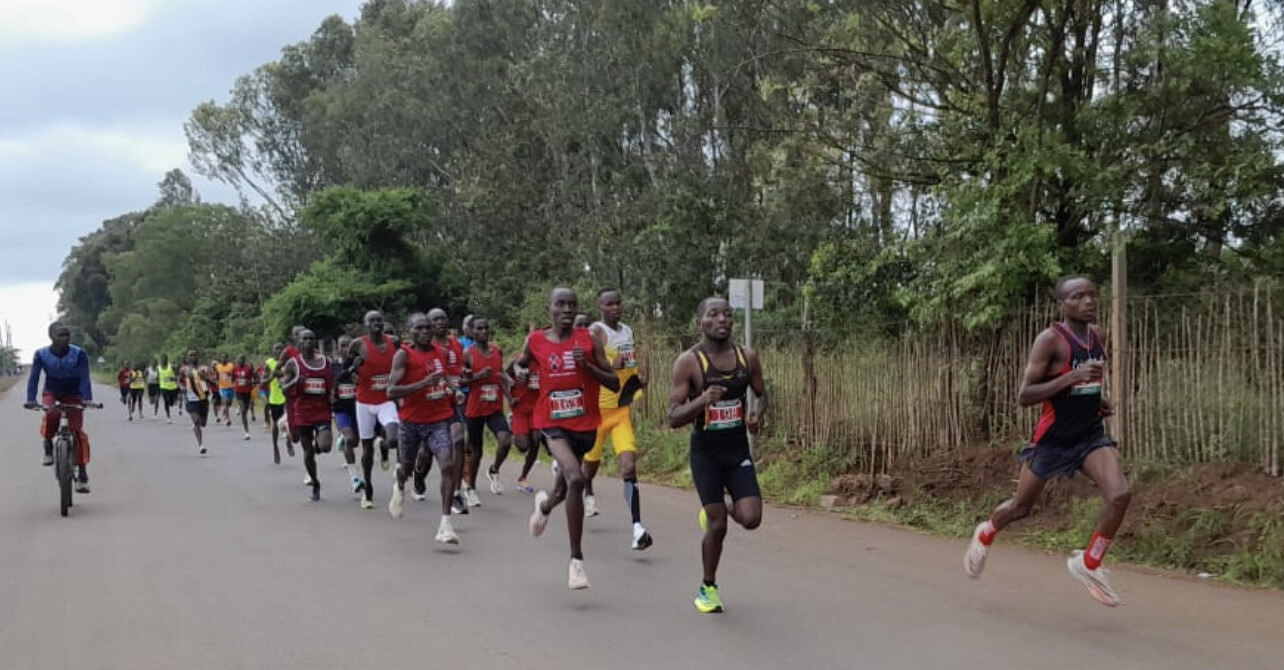
Regina sandiki who is a junior took the women's 5k crown posting a personal best of 19:12. She held off Lilian musenya who finished only one second behind, clocking 19:13.
Joseph Kamau (first photo) took the 10k in an impressive time of 29:33. He was followed closely by Job Kamonde who posted a personal best of 29:39. Job is a hard worker. He has been a good example and a good leader here at KATA. He pulled with him his team mate Raphael karita who finished 4th in a personal best of 29:52. This is the first time he has run under 30 minutes. His performance is a good indication that hard work truly pays.
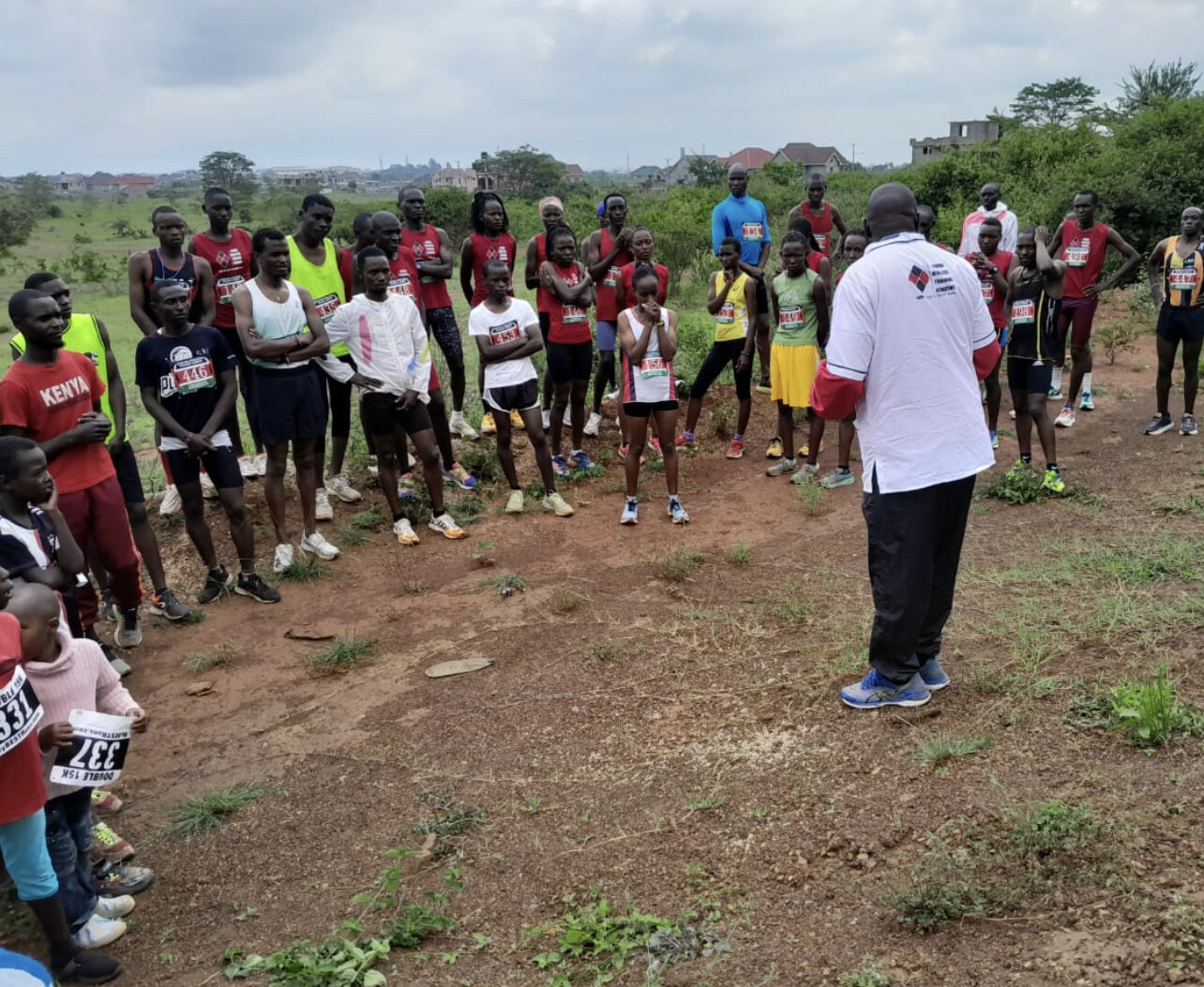
Kellen Waithira took the women 10k win in 34:11 followed by her two team mates Loise Wambui 36:11 and Jacinta Mwende 36:13. Both Loise and Jacinta ran their personal best. The overall performance was indeed impressive. Most of our athletes here in KATA have really improved over the last few months. Our next KATA Time Trial is set for Jan 10, 2024. Everyone is welcome. No entry fee, no prize money. Good exposure for you!
10km Men (Time bib number age)
1 Joseph Kamau 29:33 151 21
2 Job Kamonde 29:39 485 23
3 Eric Mutuku 29:42 206 23
4 Raphael Karita 29:52 208 24
5 Dismas Okioma 29:56 145 19
6 Athanas Kioko 30:24 155 28
7 Zacharia Kirika 30:44 491 22
8 Julius karifa 30:50 499 27
9 Peter Mwangi 31:16 179 27
10 Khris Muthini 31:26 453 28
11 Anthony Mukundi 31:33 133 35
12 Michael Mutuko 34:34 207 19
13 Paul Ndungu 35:40 447 32
14 Peter Mukundi 35:57 154 33
10km Women
1 kellen Waithira 34:11 161 36
2 Loise Wambui 36:11 130 23
3 Jacinta Mwende 36:13 146 22
4 Jane Wanja 37:12 247 33
5 Karen Chepkemoi 37:23 132 22
6 Virginia Wanjiru 37:27 459 22
7 Naomi Maina 38:10 156 38
5km Men
1 Lewis Kuria 14:49 204 22
2 Fred Kiprotich 15:08 201 24
3 Boniface Mungai 15:18 171 25
4 Kevin Ragui 15:44 163 20
5 Fred Kamande 15:47 198 24
6 Charles Ndirangu 16:04 448 23
7 Bejamin Muya 16:42 205 19
8 Fred Wambua 16:55 554 17
9 Joseph Makeri 17:06 157 34
10 Jeremiah Buda 17:34 435 18
11 Dickson Birir 17:59 144 27
5km Women
1 Regina Sandiki 19:12 153 16
2 Lilian Musenya 19:13 164 22
3 Diana Moraa 21:17 148 16
4 Ann Muthoni 24:34 149 21
KATA Sprint Time Trial
(from Coach Julius KATA SPRINT Coach)
The KATA sprinters are really improving their time,we are now on pre competition phase in our training program, I am confident we as KATA family we can make a difference in athletics here in Kenya and the world. We are mentoring more and more athletes as we can, the discipline at KATA is of high standards, looking forward to better our training
Today's time trials, the weather was good and favourable, women 100m , Doreen waka -11.92 sec, shelmith Rono -12.56sec, Sheila Awino-13.04 ,200m women, Doreen waka -25.4 sec, Rahab wanjiru -25.6 , shelmith Rono -26.4 s,400m women Rahab wanjiru -58.9 , Emma wavinya -61.0s,
Men's 100m , Festus waita 10.8sec, Brian oyugi 10.9 sec,Chris mutahi 11.2 , Philip kinyanjui 11.8 ,kingori Douglas 11.9sec,200m men, Benjamin mulanda 22.2 festus waita 22.3, Alvin mise 22.4 sec,400m men , Felix kipngetich 50.0, Alvin mise 50.2 , Benjamin mulanda 50.3sec
KATA Middle Distance Time Trials
(from coach Joseph KATA middle distance coach)
Here are my middle distance time trials
men 800m
1=Sammy langat 1.50 target 1.48
2=Robinson kibet 1.54 target 1.50
1500m
1=kipkorat ascar 3.50 target 3.45
2=poul makau3.48 target 3.42
ladies
800m
1=Peri's chege 2.20target 2.10
2=Patricia 2.12target
(12/06/2023) ⚡AMPby Coach John (KATA Head Coach)
KATA Time Trial Series
Welcome to the KATA Monthly Time Trial Held at the Kenyan Athletics Training Academy in Thika, Kenya, the KATA Monthly Time Trial is a unique and inclusive event designed to support runners of all levels in achieving their goals and showcasing their fitness. This event offers both 10K and 5K distances on an accurate, certified course, providing participants with...
more...Three things runners should focus on in winter
Whether you love it or hate it, the cooler months in North America bring unique challenges for runners. Getting out the door during dark mornings and evenings can feel tough. Approaching winter as a time to focus on building new strengths, like learning to run by effort rather than pace, navigating tough terrain like a mountain goat, and making recovery a superpower, can make lacing up more enticing. Know that you’ll emerge a stronger, more resilient athlete come spring, ready to nail new goals and rack up milestones.
1.- Embrace challenging terrain

Winter brings a natural shift in running surfaces, from icy sidewalks to snowy trails. Diving right in and embracing this diversity challenges your muscles in new ways, and promotes overall strength and agility–perfect for speeding down technical trails in the summer or helping you maintain great biomechanics on the road when running on tired legs.
The uneven footing that snow, ice or mud involve engages stabilizing muscles, enhancing balance and co-ordination. Navigating tough terrain also reduces the risk of repetitive strain injuries by distributing the impact across various muscle groups. By adapting to changing surfaces, you’ll build resilience, setting the stage for improved performance when returning to smoother paths.

2.- Take recovery to the next level
The colder months provide the perfect opportunity to hone the skill of helping your body and mind bounce back from tough training. Winter running demands more from your body as you battle the cold, and work to keep your footing. Prioritizing recovery during this season can have lasting benefits for your overall well-being and running performance, and you’ll create new habits that will seem like second nature by the time shorts season arrives.
You’re probably tackling less mileage in the winter as you focus on building a base, and that frees up some time to devote to intentional recovery practices. Recovery involves more than simply resting (although that is important, and often neglected), and winter is the perfect time to dial in new recovery-related skills or to master of the tools already familiar to you. Test out new foam rolling techniques, hit a restorative yoga class or try soaking in a tub post-run: build on whatever you have found that works for you.
3.- Get comfortable with effort-based training
Running in the cold or dark often means slowing down, and if you’re used to running by pace and poring over your data, you may feel discouraged. Learning to run by effort is a very transferable skill–you’ll feel more comfortable tackling trails, doing hill training or adjusting for heat, once warmer weather arrives. Focus on workouts that use RPE, and get accustomed to what hard, moderate and easy pace feel like in your body. It may take an adjustment period, but you’ll reap the rewards year-round.
(12/06/2023) ⚡AMP
by Keeley Milne
Cynthia Jerotich Limo set to make her marathon debut in Honolulu
The 2016 World Half Marathon Championships silver medalist, Cynthia Jerotich Limo will make her marathon debut at the 50th edition of the Honolulu Marathon slated for this Sunday 10, 2023 in Honolulu, Hawaii, USA.
The 33 year-old who holds a life time best of 1:06.04 in half marathon, has also set two course records this season at the Carmel and Toledo Half Marathons.

Limo will have to get past the experienced Kasu Bitew Lemeneh of Ethiopia who has already participated in three marathons this season and also holds the second fastest time in the entry list of 2:26.18 that she got last year at the Madrid Marathon where she took the bronze medal.
The two will have to battle Ethiopia’s Sintayehu Tilahun Getahun who is poised as the race favorite as she holds the fastest time on paper of 2:22.19 that she got last year at the Milan Marathon, where she finished in second place. Getahun has already participated in two marathons, Sydney and Hamburg where she finished in ninth and twelfth respectively.
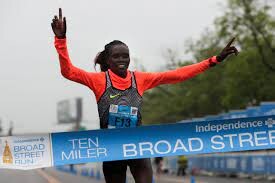
The race organizers have assembled a strong elite field to try and lower the race course record of 2:22.15 set five years ago by Kenya’s Brigid Kosgei.
The winner will pocket $25,000 as prize money and $10,000 for breaking the course record.
(12/06/2023) ⚡AMPby James Koech
Honolulu Marathon
The Honolulu Marathon’s scenic course includes spectacular ocean views alongside world-famous Waikiki Beach, and Diamond Head and Koko Head volcanic craters.The terrain is level except for short uphill grades around Diamond Head. ...
more...Shericka Jackson opens up on mental health struggles and depression
Jackson has admitted to being ‘depressed’ growing up as she did not experience much love growing up.
Jamaican sprint sensation Shericka Jackson has opened up on her dark past as she spoke about her mental health experiences that took all of her admirers and the track world by surprise.
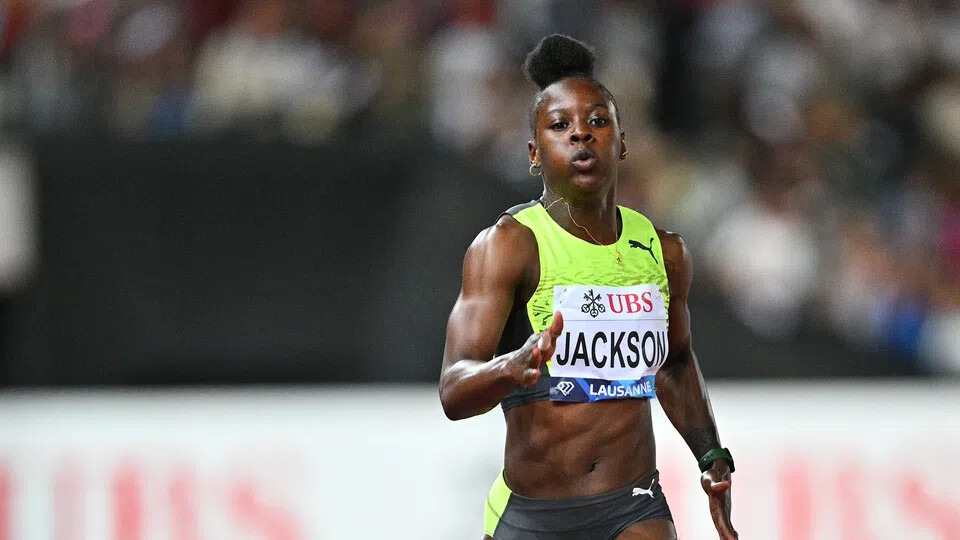
Jackson expressed how her childhood was typically not normal, admitting she did not witness much love while growing up, which has made it difficult for her to express her love.
Speaking in the trailer of an upcoming exclusive interview with Track Spice, she admitted she was “depressed” on several occasions while growing up which led to her aggressive behavior as a coping mechanism.
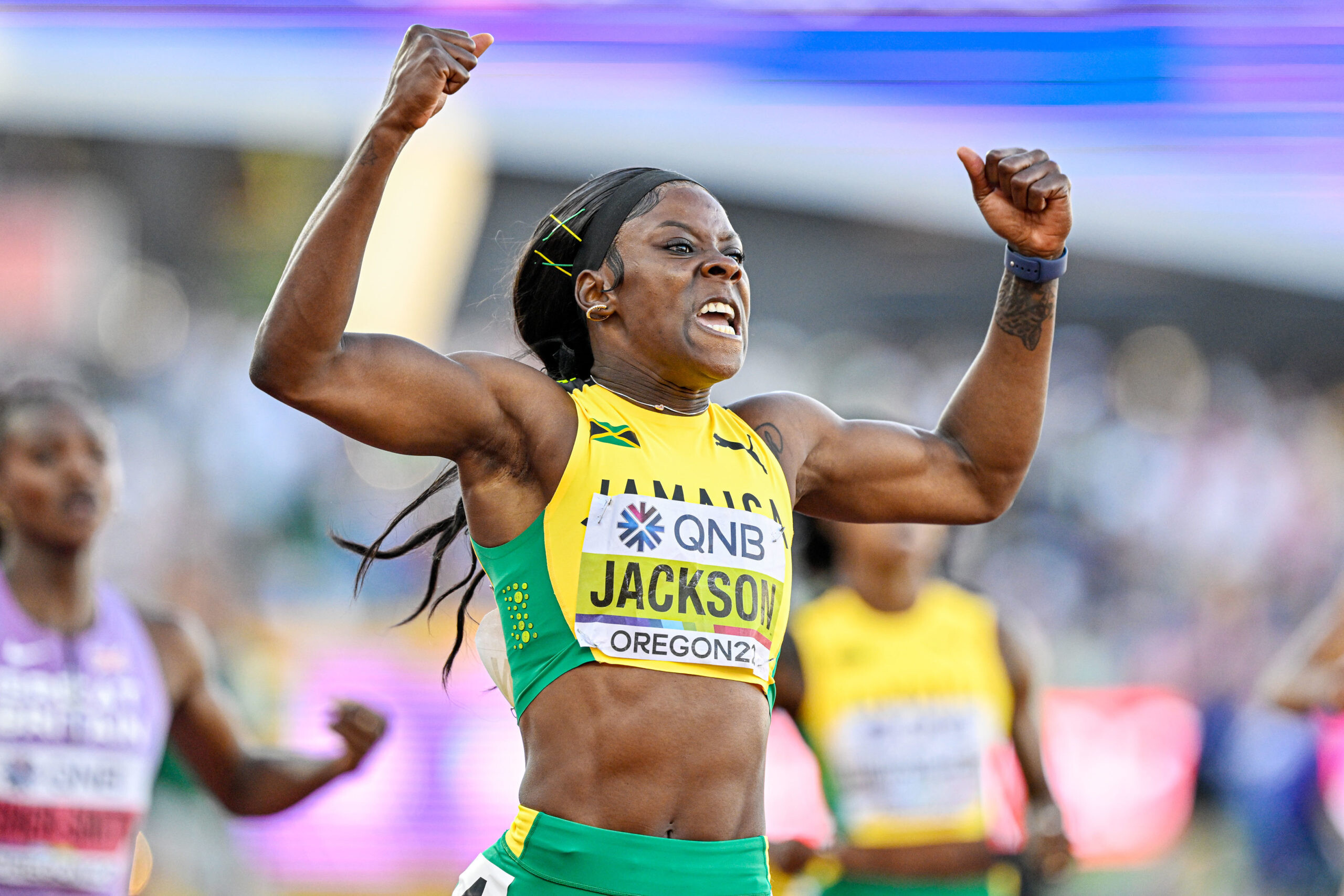
“I was struggling mentally. I was depressed. I never grew up in a lot of love,” Jackson said.
“I am very aggressive but still protective. A Lot of people do not understand me.”
Jackson has admitted that forging a relationship with God has helped her to be happier.
“Having a relationship with God, it helps me to be happier.”
It is not the first time Jackson has openly revealed how her faith has helped her overcome mental challenges like stress.
Recently, she revealed a list of ways in which she handles stress when a fan asked her ‘How do you manage stress?’ during her Instagram Q&A (question and answer) session.
“So many ways but I keep God in the center of it all. Pray a lot, BAWL a lot, I also go to therapy so that helps me a lot. I document how I feel most days so when I'm under a little stress I know what to do. Plus my friends are my free therapy” Shericka Jackson wrote along with a red heart emoji.
Despite all these, she did not fail to achieve massive milestones on and off the track. Her recent accolade from her alma mater is a testament to that.
The Jamaican sprinting sensation concluded her 2023 season with a token of respect from the University of Technology in Jamaica.
The 29-year-old was conferred with an honorary doctorate from the university. The 200m World Champion was praised in front of all her admirers who roared in cheers after she received her prize at the podium.
She has found a close-knit circle of friends that also includes Noah Lyles’ girlfriend Junelle Bromfield. Garnered with all their love Shericka Jackson is achieving volumes, getting past her dark days.
(12/06/2023) ⚡AMPby Mark Kinyanjui
Valencia Marathon to offer one million Euros for a world record
It’s no secret that the Trinidad Alfonso Valencia Marathon in Spain boasts one of the fastest courses and deepest marathon fields in the world. For the second consecutive year, the men’s and women’s winner in Valencia has recorded a time under 2:01 and 2:16. While Valencia isn’t part of the six Abbott World Marathon Majors, it continues to attract some of the world’s fastest-distance runners.
To set Valencia apart, organizers have an added incentive to the 2024 race—one million euros (US $1,079,000 CDN $1,400,000) for the man or woman to break the marathon world record on the course.
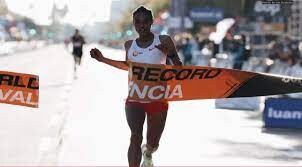
The announcement came on Monday from Juan Roig, the president of the Trinidad Alfonso Foundation, who said to Spanish news that it is his dream to witness the marathon world record shattered in Valencia: “We want to announce that whoever breaks the world record will receive one million euros, if they break it in Valencia.” This amount would mark the largest prize purse/bonus from a marathon to date, surpassing the Nagoya Women’s Marathon in Japan, which awards USD $250,000 to the champion.
At this year’s Valencia Marathon, over 30 men ran under the Olympic standard of 2:08:10. A time, which would have placed them inside the top 10 at most marathon majors this year. Valencia has grown over the past decade and has become a hub for distance running, evidenced by the world records set by Uganda’s Joshua Cheptegei and Ethiopia’s Letensebet Gidey in the 10,000m in 2021.
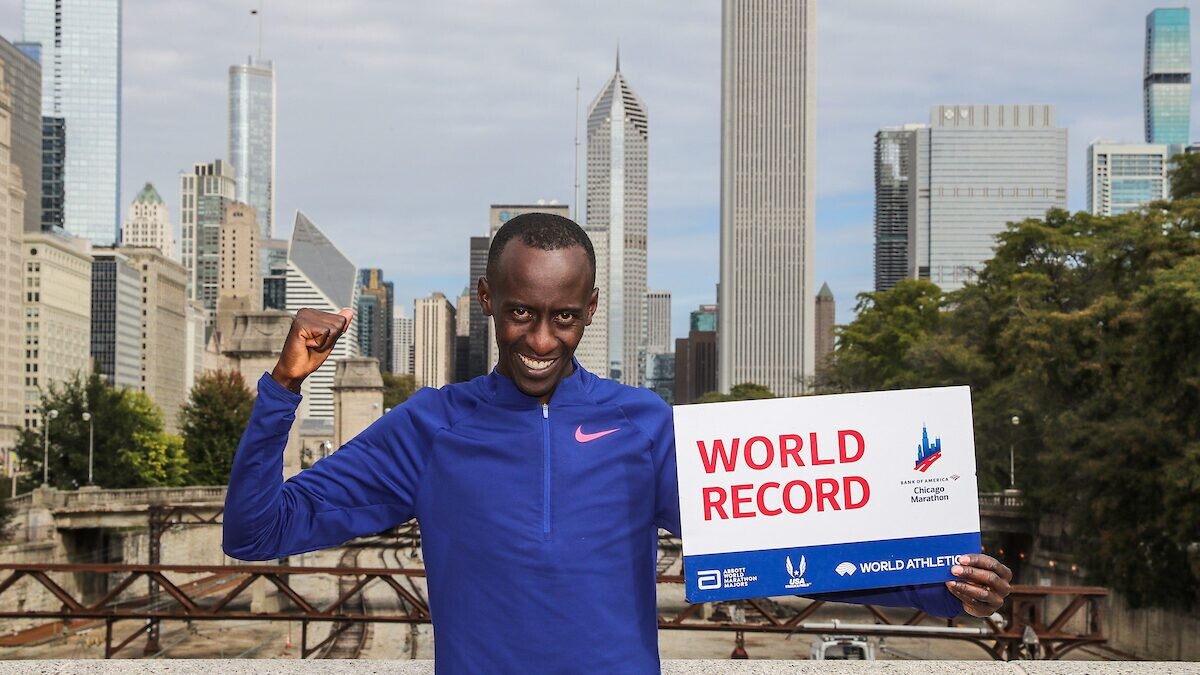
At this year’s race, Cheptegei made his marathon debut, falling slightly short of his sub-2:04 goal, finishing in 2:08:59 for 37th place overall. The event also featured one of the most illustrious distance runners in history, Ethiopia’s Kenenisa Bekele, who took fourth in a new masters 40+ world record of 2:04:19.
The men’s marathon world record holder Kelvin Kiptum has already revealed his racing plans for 2024. The 24-year-old, with a personal best of 2:00:35, will attempt the world record at April’s Rotterdam Marathon before gearing up for the 2024 Paris Olympic Games with Team Kenya. Kiptum came onto the scene at the Valencia Marathon last year, winning the race in 2:01:53, marking the fastest men’s marathon debut.
According to Forbes, Roig is one of the richest men in Spain, with a net worth of $3.6 billion. Roig and his business partner, Valencia race director Paco Borao, remain confident that the world record will someday come to them, and they are committed to doing whatever it takes to attract the world’s fastest athletes to compete there. “One day it will come,” said Roig to Spanish news. “We will fight for it.”
(12/06/2023) ⚡AMPby Marley Dickinson
VALENCIA TRINIDAD ALFONSO
The Trinidad Alfonso EDP Valencia Marathon is held annually in the historic city of Valencia which, with its entirely flat circuit and perfect November temperature, averaging between 12-17 degrees, represents the ideal setting for hosting such a long-distance sporting challenge. This, coupled with the most incomparable of settings, makes the Valencia Marathon, Valencia, one of the most important events in...
more...Kenyan Emmanuel Wanyonyi plotting to break David Rudisha's 800m world record
Emmanuel Wanyonyi has made his intentions clear about breaking David Rudisha's world record.
Teenage sensation Emmanuel Wanyonyi believes his dream of breaking David Rudisha’s 800m world record is inching ever so closer.
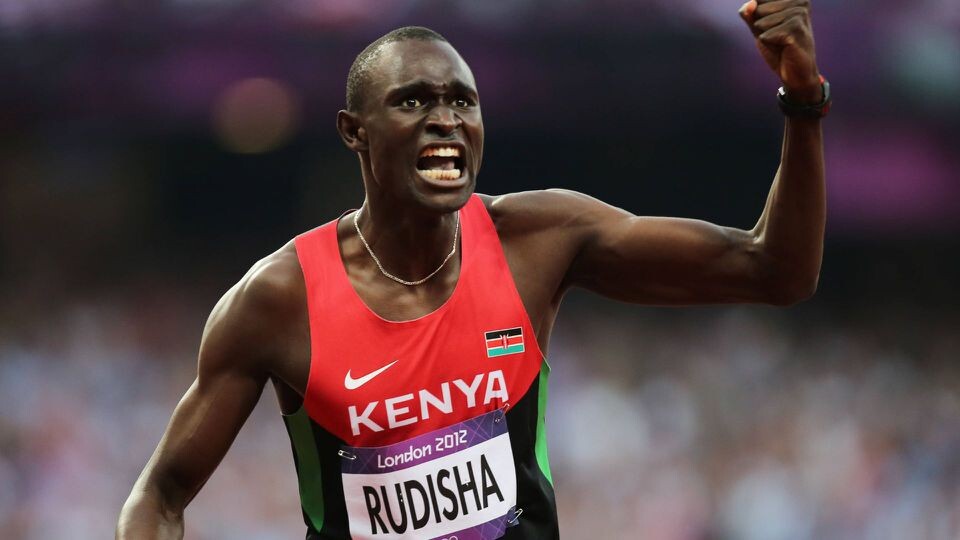
Wanyonyi, the reigning world 800m silver medalist, told Sports Brief that he believes everything is possible and if Rudisha did it, he can also do it.
“In one of my first interviews, I said that I would break the world record. I want to use my talent to show people that it is possible.
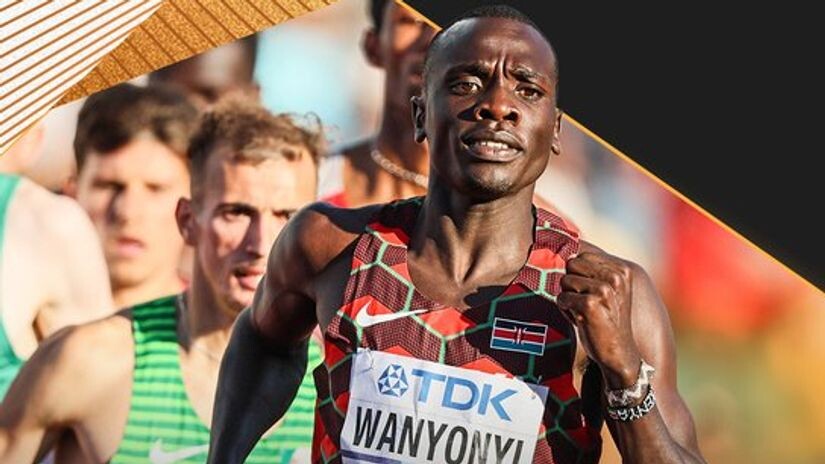
"If David Rudisha did it, I can also do it. I just have to believe in my potential,” Wanyonyi said.
On his part, Rudisha first broke the world record on August 22, 2010, at the ISTAF World Challenge meeting in Berlin where he clocked 1:41.09 to win the race.
He then went ahead to break his own world record, clocking 1:40.91 set during the 2012 London Olympic Games that still stands to date.
Meanwhile, 19-year-old also talked about his training routine which has seen him achieve a number of feats in the 2023 season.
At just 19, he bagged a silver medal at the World Championships in Budapest, Hungary, finishing second behind Canada’s Marco Arop, 25.
He also won the Diamond League Meeting final, Prefontaine Classic, held at the Hayward Field in Eugene, USA.
Wanyonyi explained that his training includes a 20 to 25-kilometer run on alternate days. He also switches the running with fieldwork to work on speed, given that 800m is a combination of endurance and a little bit of sprinting towards the tail end.
(12/05/2023) ⚡AMPby Abigael Wuafula
American legend Michael Johnson shares how athletes can change the sport and earn more from it
The former 200m and 400m world and Olympic record holder has offered an advise to athletes on how they can change the sport for the better after years of earning low amounts
American sprint legend Michael Johnson has advised prominent athletes to lead from the front if they have to change the status of athletics and earn more from it.
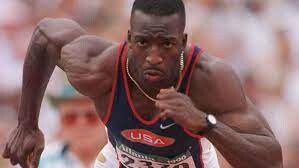
Johnson, who has been vocal about the ‘low amounts’ athletes earn from various events, shared how he had to ensure he earned what he deserved against strong resistance and thinks athletes are currently getting the short end of the stick because they do not speak out.
“My first exposure to pro track was Summer 1989 competing in Europe while still a college athlete,” Johnson pointed out on X.

“Remember seeing Carl Lewis treated much better than everyone else. 1990 my first year as a pro I’m the top athlete in the sport. My appearance fee was skyrocketing and I’m being paid literally in cash. Customs was stressful! Had to eventually force meets to wire my funds.”
Johnson then explained how he had to fight to get paid in cash when IAAF (now World Athletics) decided to reward athletes cars for winning at the World Championships.
“1993 IAAF (World Athletics) finally decide to offer a prize for winning World Champs. But not cash. A Mercedes 190 ($30K value). Myself, Butch Reynolds, Mike Powell, Gwen Torrance, and Mike Conley tried to organize a boycott if they didn’t offer cash,” he added.
“Many athletes refused and wanted the car. So, my agent and I negotiated my own deal. After ‘96 I’m a global superstar and meets allow their sponsors kids access to the warmup area to ask me for autographs while I’m warming up and preparing to race.
“Had to ask them to stop it and organize proper autograph sessions for me to meet fans. One meet organizer tried to shame me in the media saying I didn’t appreciate fans.”
The former 200m and 400m world and Olympic record holder went on about how he, Carl Lewis and Usain Bolt forced the sport to change for them to earn what is right, something he feels the current crop of athletes can realize if they speak out strongly.
“My fee kept rising. Meets colluded and agreed none would pay me above $100K. They each violated their own agreement. Carl before me did his own thing, I did mine, and Bolt did his thing,” said Johnson.
“Each of [us] forced the sport to change for us, but neither of us were able to change the sport. Until a critical mass of prominent athletes work together there will be no change.”
Johnson has been a critic of World Athletics and the amounts they pay athletes from various competitions, saying not much has changed since he started running three decades ago.
(12/05/2023) ⚡AMPby Joel Omotto
Fresno Kid CJ Albertson rallies to take California International Marathon title in Sacramento
CJ Albertson of Fresno came from behind and Kenyan runner Grace Kahura logged a personal best, each defeating a deep, fast field Sunday to win the 40th annual California International Marathon in Sacramento. The course, unchanged in its 40-year history, a Boston Marathon and U.S. Olympic Trials qualifier dubbed by marathon watchers as the fastest in the West, did not disappoint.
More than 9,600 runners took to the 26-mile downhill course from Folsom to the streets of downtown Sacramento on a cool, dry day under ideal conditions. But it was Fresno’s Albertson, 30, and Kahura, 30, of Longmont, Colorado, who emerged victorious.
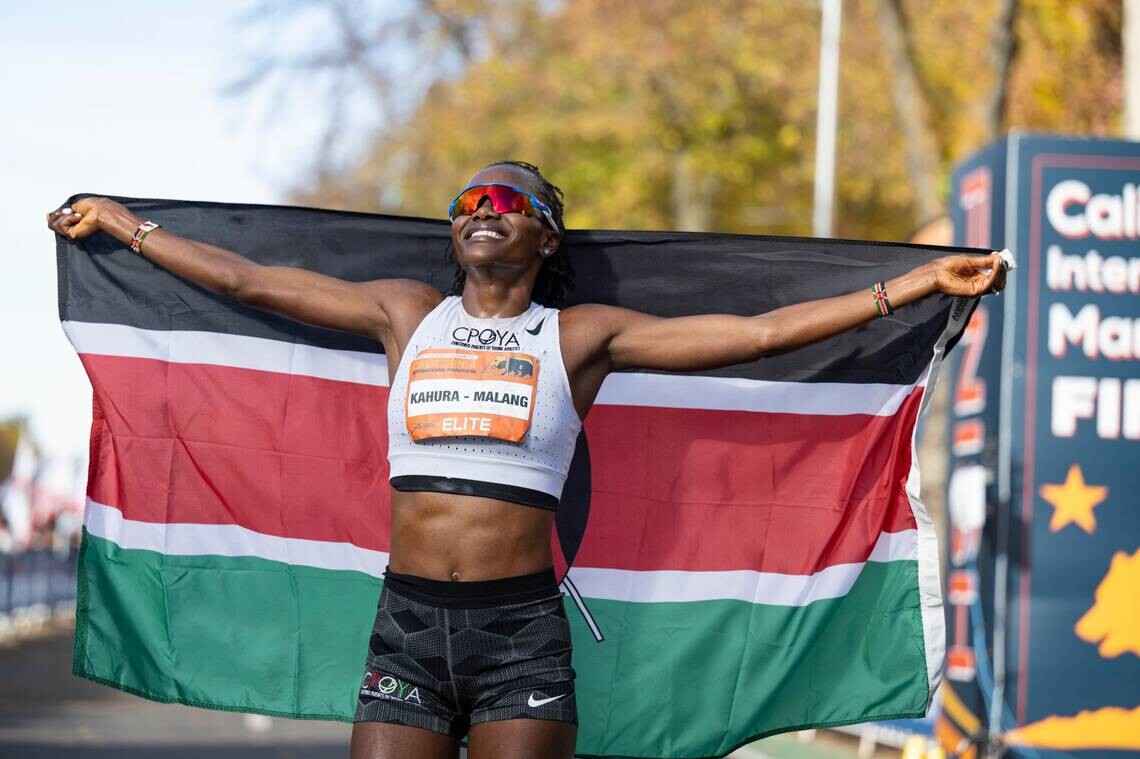
Albertson clocked in at 2:11:09, flirting with CIM course record territory; followed by Milton Rotich, of Duluth, Minnesota, at 2:13:04; and Charlie Sweeney, of Boulder, Colorado, at 2:13:41, in a near-photo finish for second and third. Kahura’s finish at 2:29 flat outpaced Austin, Texas’ Allie Kieffer’s 2:33:26 and Ava Nuttall, of Rochester, Minnesota, who finished third in 2:35:09.
The Kenyan runner’s 2:29 also beat her personal best of 2:30.14, posted in June at the Grandma’s Marathon in Duluth. Kahura’s time led a deep and fast women’s field in 2023 that featured 43 runners ahead of the 2:37 Olympic trial qualifying pace at the marathon’s halfway mark.

Kahura exulted in triumph at the finish, stretching her nation’s banner wide behind her. Albertson is among the country’s elite marathon runners. A cross-country and track standout at Arizona State University who ran seventh in the marathon at the 2020 Olympic Games in Tokyo, and set an indoor marathon world record in 2019, Albertson finished eighth at last year’s California International Marathon and was a near-miss second-place finisher in Sacramento in 2019.
Albertson lurked for miles as Christian Allen of Orem, Utah, and Amanuel Mesel, of Flagstaff, Arizona, dueled in tandem for the top spot. But Albertson made his move as the race pushed into Sacramento.
He overtook a fading Mesel for second at the 35K mark, then set his sights on the frontrunning Allen. By Mile 23, Albertson had overtaken Allen for a lead he would never relinquish.
(12/05/2023) ⚡AMPby Darrell Smith
California International Marathon
The California International Marathon (CIM) is a marathon organized by runners, for runners! CIM was founded in 1983 by the Sacramento Running Association (SRA), a 501(c)(3) non-profit organization. The SRA Board of Directors is comprised of runners with a combined total of 150+ years of service to the CIM. The same route SRA management created for the 1983 inaugural CIM...
more...Canadian masters running icon Helly Visser dies at 89
On Nov. 30, Canada and the province of Alberta lost a influential member of the running community with the death of 11-time Canadian masters record holder Helena “Helly” Visser of Calgary. She died at the age of 89.
Born in Hilversum, The Netherlands, in 1934, Visser came to Canada in her youth. Her running journey began after her three children left home to pursue their education. With time on her hands, she discovered a passion for pushing her limits and embraced the outdoors.
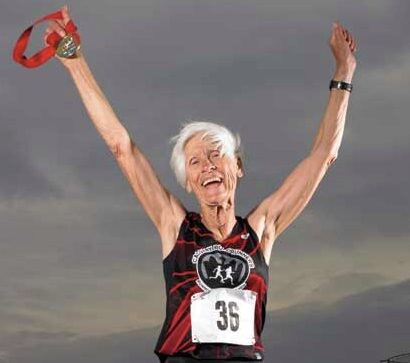
In 1995, she officially entered competitive events for Canada, winning gold in the W60 1,500m at the WAVA (now WMA) meet. Over the years, Visser achieved remarkable success in her age group, setting three world masters age group records and 11 Canadian masters records across middle distances from 800m to 3,000m (indoor and outdoor).
Visser competed at the masters level provincially, nationally, and in numerous world championships. Notably, she still holds three world masters records in the W80 category for the 1,500m, mile and 3,000m events. Additionally, she boasts numerous Alberta provincial masters records, received multiple honors as Athletics Alberta Masters Athlete of the Year, and was inducted into the Canadian Masters Athletics Hall of Fame in 2010.
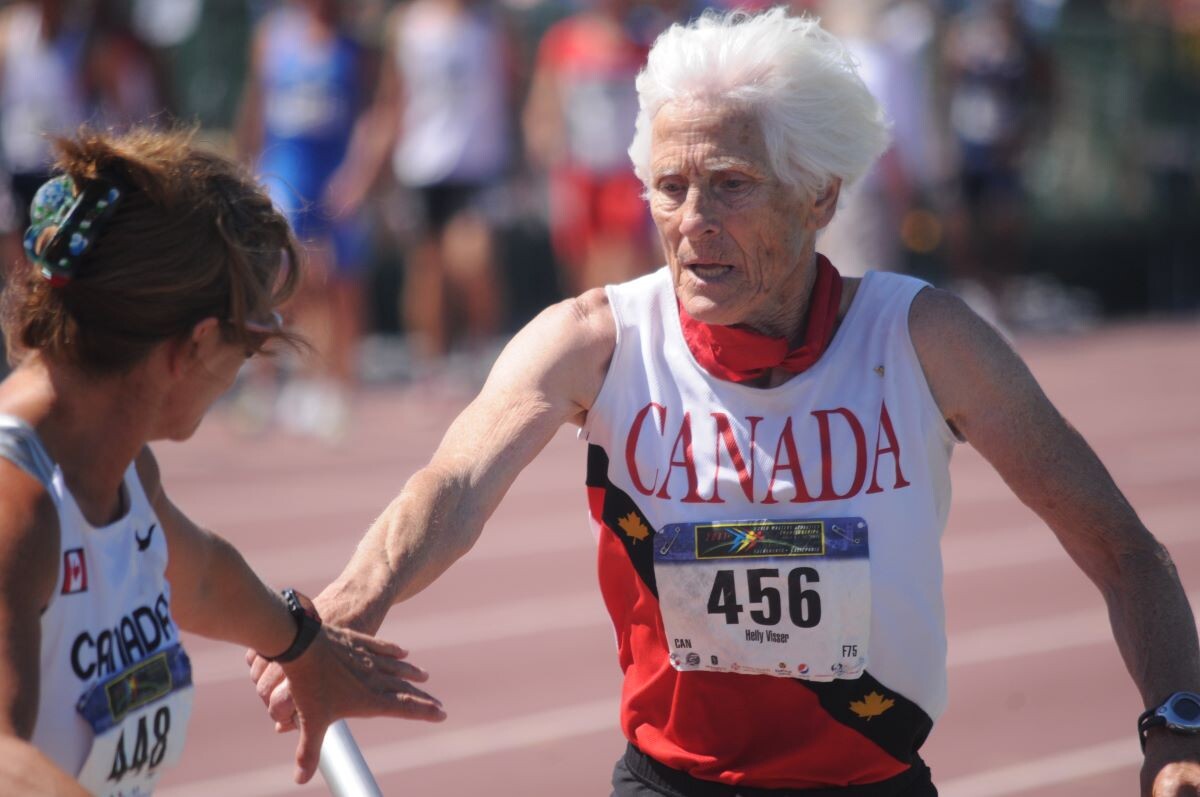
Beyond her athletic accomplishments, Visser played an active role in promoting the sport within Calgary’s community. She organized local running clinics and helped advocate for the construction of an indoor track and field house.
Competing at the masters level until the age of 85 in 2019, Visser served as an inspiration to many runners. Her love for continuous learning and her commitment to improvement through shared experiences made her a cherished figure in the running community.
In memory of Visser and her love for the outdoors, a tree will be planted in the Ann & Sandy Cross Conservation Area in Calgary’s Fish Creek community.
(12/05/2023) ⚡AMPby Marley Dickinson
Most People Get Slower with Age. But Is That Inevitable? Age may be just a number—but so is your weekly mileage
Recently, while sifting through some of the excruciatingly detailed performance data he’d collected over decades as a Colorado-based triathlon coach, Alan Couzens noticed a pleasing symmetry. All else being equal, the amount of aerobic fitness his athletes lost by getting a year older was almost identical to the amount they gained by adding an hour per month of training time. Want to freeze the biological clock from one birthday to the next? Find a spare 15 minutes per week and fill it with running.
The long-haul practicality of this approach is debatable: after a decade, that additional training time would total 2.5 hours a week. But the underlying premise of what we might call the Couzens Immortality Quotient taps into a fertile area of debate. How much of the aging process is an inevitable slide into decrepitude, and how much is a result of not getting enough exercise?
That’s the question Johannes Burtscher of the University of Lausanne, along with colleagues in Switzerland and Austria, posed recently in the International Journal of Environmental Research and Public Health. By pooling the results of more than a dozen studies, the group reached an encouraging, quantifiable conclusion: only about half of the fitness losses suffered by endurance athletes as they get older are attributable to the passage of time. The other half can be chalked up to reduced training.
The standard gauge of aerobic fitness is VO2 max, which measures how quickly you’re able to breathe oxygen into your lungs, pump it through your arteries, and use it to help fuel muscle contraction. It’s expressed in milliliters of oxygen per kilogram of body weight per minute, and in young adults it typically hovers somewhere in the forties.
After age 25, it declines by about 10 percent each decade, dropping more quickly in your sixties and seventies. Among endurance athletes, the numbers aren’t so predictable. Some studies find losses of 5 percent per decade; others as much as 46 percent. What accounts for the difference? The extent to which you continue training as you get older. After all, the fitter you are, the more you stand to lose.
The effects of ceasing training entirely seem to be similar in athletes of all ages. Your VO2 max begins to plummet within a few days of stopping exercise, and you might lose as much as 20 percent after 12 weeks. These losses are explained mostly by changes in how much blood your heart can pump with each beat; the good news is that the trend can be reversed fairly quickly when training is resumed. Other age-related changes, such as stiffening arteries, occur more slowly and are harder to undo.
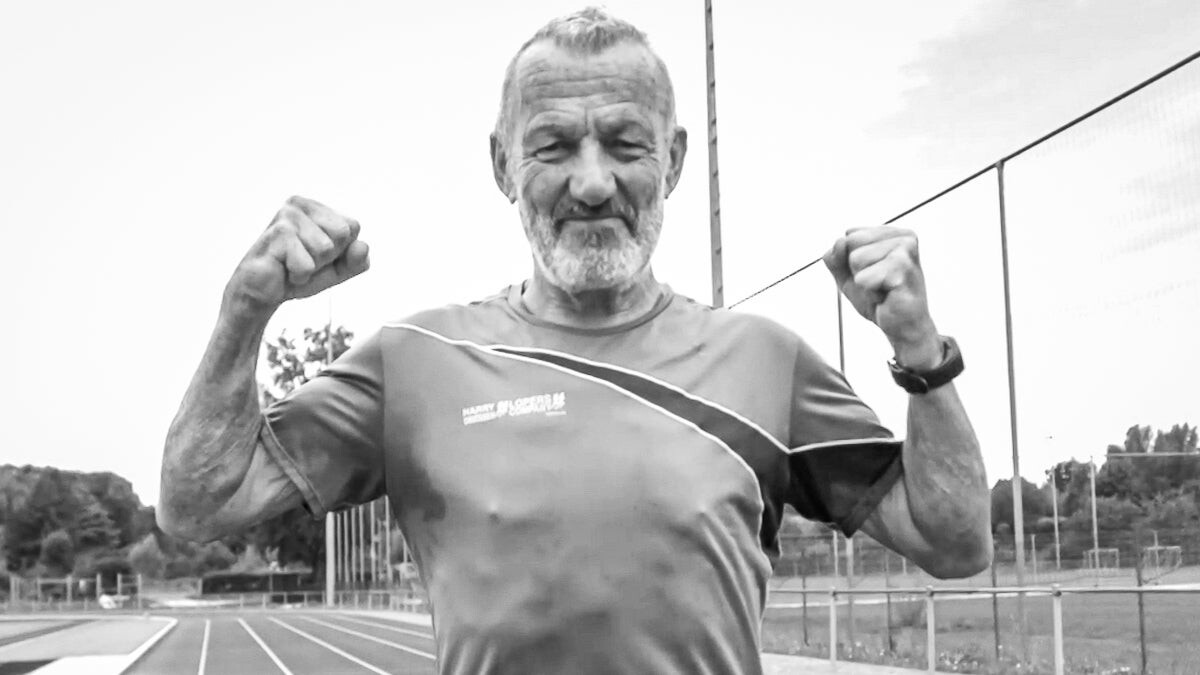
When Burtscher and his colleagues ran the numbers, they found that 54 percent of the variation in fitness loss by male endurance athletes was explained by differences in how much they trained. That number in women was 39 percent, but the scarcity of data for female subjects makes it impossible to tell whether there’s a real physiological difference between the sexes. Overall, the data fits with the observation that athletes who keep training at a fairly constant level over the years lose about 5 percent per decade—half as much as the typical nonathlete.
There are a couple of key questions raised by these findings. The first one: If you miss a year, or a decade, can you get back to where you were? Or is some of that fitness lost forever? There’s no research to suggest a solid answer, according to Grégoire Millet, one of Burtscher’s colleagues at the University of Lausanne. It probably depends to some degree on how much you trained prior to stopping, and for how long. The risk upon resuming would be that your bones and connective tissue are no longer prepared to handle a heavy load, making you more susceptible to injury.
Still, there are some encouraging hints in the literature. In 2020, researchers published lab dataon Tommy Hughes (first photo) an Irish man who’d recently run an eye-popping 2:27 marathon at age 59. Hughes’s VO2 max was 65.4, more than twice what you’d expect from a largely sedentary man his age.

Not surprisingly, Hughes was a former elite marathoner; he competed at the Barcelona Olympics in 1992. But he’d taken a 16-year break from running, starting again at the age of 48. We can’t know for sure if that pause hurt him—if it did, it couldn’t have been by much, given that he currently holds the world marathon record for the 60-to-64 age group, at 2:30:02.
The other question is how to maintain your training level as the years pass. We all have good intentions, but real life rarely resembles the smooth aging curve that results from graphing the average data from large groups of people. Instead, there are plateaus and gentle declines punctuated by steep drops—you break a leg, your first kid is born, you become addicted to social media, and so on. Avoiding periods of rapid decline goes a long way toward slowing the overall slide.
Another superstar case study, this one published in 2022 by a team led by Bas Van Hooren of Maastricht University in the Netherlands, illustrates the benefits of consistency. A 75-year-old middle-distance runner named Hans Smeets (second photo), who holds multiple European and world age-group records, had clocked a VO2 max of 50.5, equal to the highest known measurement for his age. Smeets only began running at 50, further evidence that it’s never too late to start (or start again). And once he’d begun, he kept going. Over the next 25 years, he never missed more than a week of training. Initially, he ran more than 85 miles per week, and at 75 he was still logging as many as 50. He attributed his ability to handle all that mileage without injury to doing most of his runs at, in his words, “an easy pace.”
That, as it turns out, aligns perfectly with Couzens’s view about what’s required for long-term athletic success: lots of low-intensity exercise. To be sure, the idea of adding an hour of training per month every year to ward off the effects of aging sounds suspiciously like an endurance version of the legend of Milo of Croton, the ancient Olympian wrestler said to have lifted a calf over his head every day until it was a full-grown bull. In both cases, each step in the process seems simple, but the result is nonetheless… improbable, let’s call it.
Yet, as an aspiration, or simply as a formulation of what’s possible, the Couzens Immortality Quotient tells us the same thing as the examples of Tommy Hughes and Hans Smeets, and as Johannes Burtscher’s meta-analysis. You don’t train less because you’re getting old; you get old, to a surprising extent, because skipping that long Sunday run with your pals becomes a habit instead of a rare exception. Don’t do it.
(12/05/2023) ⚡AMPby Alex Hutchinson (Outside Online)
Athletics Kenya has selected its Provisional Marathon team for the Paris Olympics
Athletics Kenya has named it’s Provisional Marathon Team towards Paris 2024 Olympic Games next year through Competitions Director Mr. Mutwii.
Although AK has released a list of 10 men and 10 Women, the team will be scaled down to 5 in January, 3 to compete and 2 Reserves.
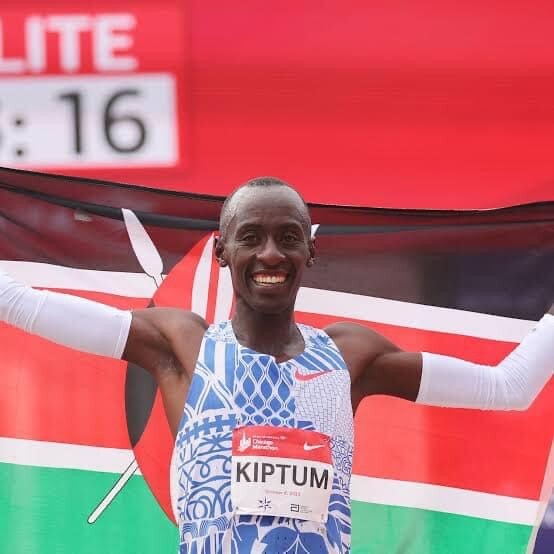
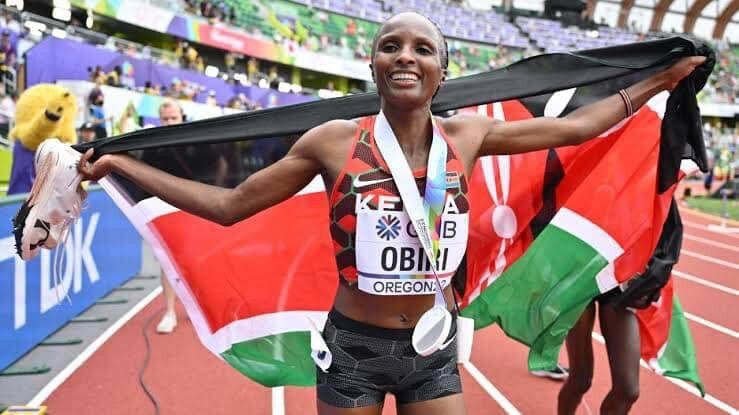
Marathon Men
Eliud Kipchoge
Kelvin Kiptum
Vincent Ngetich
Timothy Kiplagat
Benson Kipruto
Bernard Koech
Geoffrey Kamworor
Cyprian Kotut
Amos Kipruto
Titus Kipruto
Marathon Women
Ruth Chepngetich
Rosemary Wanjiru
Joycilline Jepkosgei
Sheila Chepkirui
Peres Jepchirchir
Judith Jeptum Korir
Selly Chepyego
Hellen Obiri
Sharon Lokedi
Brigid Kosgei
(12/04/2023) ⚡AMPParis 2024 Olympic Games
For this historic event, the City of Light is thinking big! Visitors will be able to watch events at top sporting venues in Paris and the Paris region, as well as at emblematic monuments in the capital visited by several millions of tourists each year. The promise of exceptional moments to experience in an exceptional setting! A great way to...
more...Running therapy may be as beneficial for depression as antidepressants
Many people experience depression, and sometimes it is situational or mild, which may not require treatment. However, other people experience depression to a more severe degree.
In the case of people with clinical depression, treatments that include psychological therapy and/or specific medications may be appropriate.
According to the National Alliance on Mental Illness, 8.3% of adults in the United States experience a major depressive episode every year. Additionally, the Centers for Disease Control and PreventionTrusted Source (CDC) report that 13.2% of adults take an antidepressant.
Since depression is so prevalent, scientists are interested in improving treatments. Researchers in Amsterdam wondered whether running could be as beneficial as taking an antidepressant.

To do this, the researchers recruited more than 100 people to participate in a study that compared the effects of running and antidepressants on improving depression and anxiety symptoms. Each group followed 16-week regimens of either participating in running therapy or taking an antidepressant.
After 16 weeks, the researchers found that both groups had similar improvements in their symptoms.
These findings were presented at the ECNP Congress in Barcelona, Spain, and appear in the Journal of Affective Disorders.

People with depression choose running vs. antidepressants
The researchers recruited 141 participants with either depression or anxiety disorder. They gave the participants the option to take either an antidepressant — the SSRIs escitalopram or sertraline — or participate in a running group two to three times per week.
The participants had to agree to provide blood samples, undergo a psychiatric evaluation, and complete self-evaluations to assess their mental states. The mean age of the participants was 38.2 years, and 58.2% of the group were females.
Most participants chose running, and if a participant did not have a preference, the researchers assigned them to a group. Overall, the running therapy group had 96 participants, and the antidepressant group had 45 participants.
The running group participants had to attend two or three running sessions that lasted 45 minutes each week. The researchers expected them to complete at least 70% of the sessions, and participants wore heart rate monitors during running sessions so researchers could track their participation level and other data.
The researchers prescribed escitalopram (Lexapro) to the antidepressant group, but if they found it ineffective or participants did not tolerate it well, they switched to sertraline (Zoloft).
Boosting endorphins with physical activity
Depression and anxiety are both common mental health issues in the U.S. In addition to the impact these issues have on someone’s mental well-being, they can affect physical health.
Some of the physical health problems tied to depression include:
chronic joint pain
sleep disturbance
gastrointestinal problems
psychomotor activity changes.
Additionally, the American Heart AssociationTrusted Source reports that over time, chronic depression can lead to heart disease because of higher levels of cortisol.
The impacts on both mental and physical health make treating ongoing depression of utmost importance. Many doctors prescribe medications from antidepressant classes such as selective serotonin reuptake inhibitors (SSRIs), serotonin and norepinephrine reuptake inhibitors (SNRIs), and tricyclic antidepressants.
Treating depression with medications is not the only option, though. Increasing physical activity can be beneficial by increasing endorphins, a chemical the body produces that boosts the mood.
With both the pharmacological treatment of depression and the fact that physical activity boosts endorphins in mind, the researchers in the current study wonder whether running therapy could be as beneficial as using an antidepressant.
Depression symptoms lower by running
While most participants opted for running therapy, this group’s adherence to the treatment plan was lower overall. Of the participants, 82.2% of the people in the antidepressant group adhered to the medication protocol, while only 52.1% of people in the running therapy group completed the minimum required exercise sessions.
Regardless of which treatment plan people participated in, both groups saw improvements in mental health overall.
When comparing the participants’ depression symptoms at the beginning of the study to the end, 43.3% of the running therapy group saw their depression go into remission, and 44.8% of the antidepressant group experienced remission.
Participants in the antidepressant group saw improvement in their anxiety symptoms more quickly than people in the running group, but the end result at the end of the 16-week study was almost the same.
While both treatment plans were nearly identical in terms of depression improvement, the running therapy group saw improvements in physical health that the antidepressant group did not experience.
Participants in the running group experienced weight loss, improved lung function, reduced blood pressure, and reduced heart rate. The antidepressant group experienced weight gain and increased blood pressure.
“This study showed the importance of exercise in the depressed and anxious population and caution of antidepressant use in physically unhealthy patients,” write the authors.
Why running may not be effective for everyone
Dr. David Merrill, a geriatric psychiatrist and director of the Pacific Neuroscience Institute’s Pacific Brain Health Center in Santa Monica, California, who was not involved in the current research, spoke with Medical News Today about the study.
“This is an important study,” Dr. Merrill began before explaining how antidepressants and running can impact the brain.
“Both antidepressants and running increase brain-derived neurotrophic factor (BDNF) in the brain. BDNF is an important neuroplasticity-enhancing molecule important in maintaining a normal mood,” he said.
Depressive states may lead to lowered levels of BDNF, which can be corrected by medications or exercise. Dr. Merrill said ideally, patients can try a combination for “synergistic benefits.”
When Dr. Merrill elaborated on the study findings, he said he wished more people would have stuck with the exercise protocol.
“It’s disappointing to see how many dropped out of the exercise intervention. It’d be nice to know why so future interventions could be modified to increase the odds of successfully starting and maintaining a workout regimen to improve mood,” he said.
No ‘one-size-fits-all’ approach to depression treatment
Dr. Ryan Sultan, a board certified psychiatrist, therapist, and professor at Columbia University in New York City, who was also not involved in the study, spoke with MNT about the findings.
“The topic of depression treatment has always been at the forefront of psychiatric discussions, and this new study offers intriguing insights into the comparative effects of running and antidepressants on treating this condition,” he said.
While Dr. Sultan found the study intriguing, he noted that there is no “one-size-fits-all approach” to treating depression.
(12/04/2023) ⚡AMPby Medical News Today
Why Paul Tergat predicts Kenyan podium sweep at Paris Olympic Games marathon
NOC-K president Paul Tergat is bubbling with enthusiasm ahead of the Olympic Games as he predicts a marathon podium sweep in the men's race.
The National Olympic Committee of Kenya president Paul Tergat has predicted a Kenyan podium sweep at the 2024 Olympic Games in Paris, France.

Tergat explained that the men’s marathon will prove to be an exciting outing since five-time Berlin Marathon champion Eliud Kipchoge and trailblazing youngster Kelvin Kiptum might be competing on the big stage.
He added that Kenya and Ethiopia have huge talent when it comes to long-distance runners and they only have to tap into that talent and the world will see wonders.
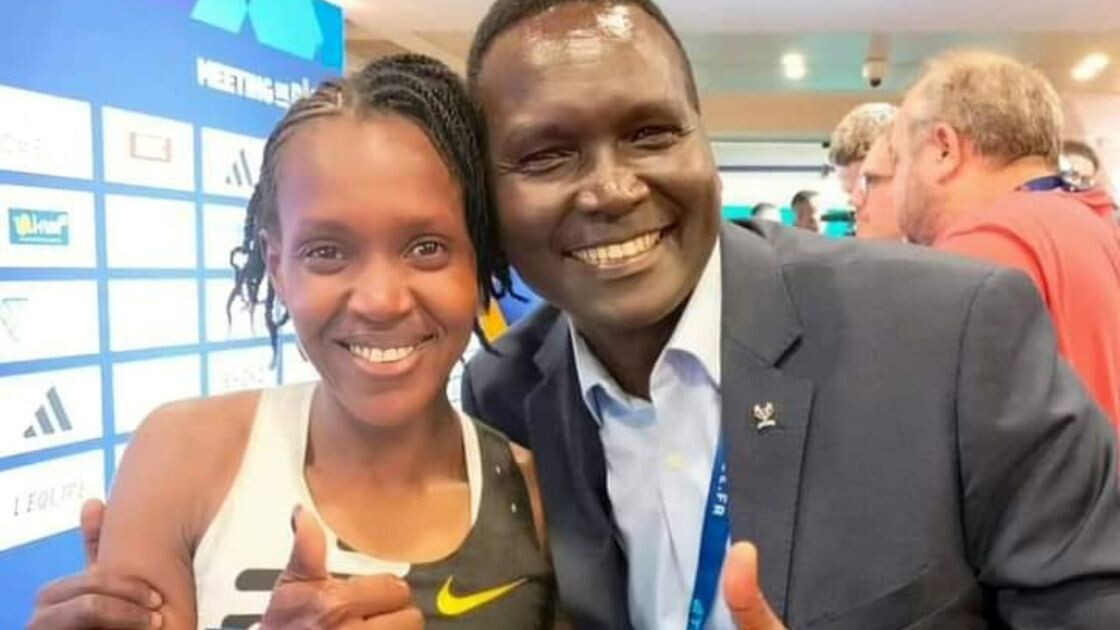
“From Kenya…already we are very excited. We have Eliud Kipchoge and the young champion who is coming up now. Kiptum was not a surprise…there are so many Kiptums in Kenya and Ethiopia.
Given the opportunity, they can be able to do mind-blowing things that will leave us asking many questions.
We are looking forward to seeing fireworks and excitement. This Olympic Games in Paris will be one of our best Olympic Games. We are looking forward to maybe having 1-2-3 if all goes well,” Tergat said in an interview with Olympics.
Meanwhile, both Kipchoge and Kiptum have indicated their desire to feature at the Olympics, and given their success, fans are salivating at the prospect of the two runners going toe-to-toe.
They will not wait longer as Athletics Kenya intend to name Kenya’s marathon team for the Paris Olympics within the next week so that they can start early preparations.
However, some athletics experts have explained that it would not be a good idea to pair the duo for the global showpiece.
(12/04/2023) ⚡AMPby Abigael Wuafula
Paris 2024 Olympic Games
For this historic event, the City of Light is thinking big! Visitors will be able to watch events at top sporting venues in Paris and the Paris region, as well as at emblematic monuments in the capital visited by several millions of tourists each year. The promise of exceptional moments to experience in an exceptional setting! A great way to...
more...Michael Githae wins 76th edition of Fukuoka Marathon for the second time
Kenyan runner Michael Githae won the 76th edition of Fukuoka International Marathon for the second time in three years at Heiwadai Athletic Stadium in Fukuoka, Japan on Sunday.
The 29-year-old Commonwealth Games marathon bronze medallist, clocked a new personal best of 2:07.08 with China’s Yang Shaohui, coming home in second place in 2:07.09 while Norway’s Sondre Nordstad Moen sealed the podium with third place finish in 2:07.16.
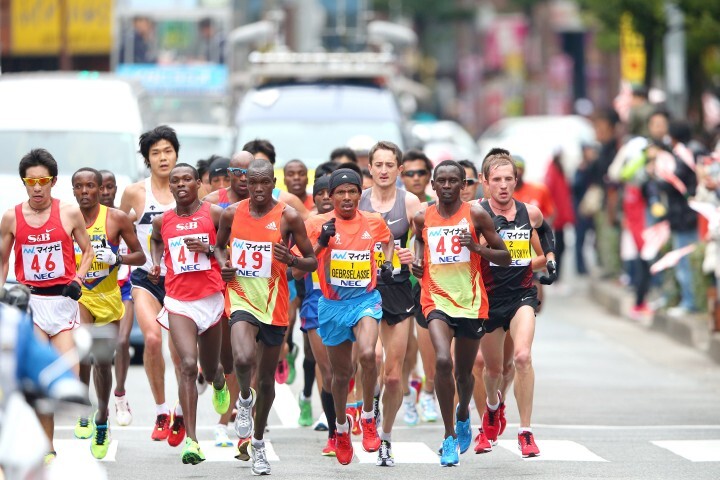
Kenya’s Vincent Raimoi finished in fifth place with a time of 2:08:00, while the race favorite, the 2012 Olympics marathon silver medalist, Abel Kirui came home a disappointing eighth in a time of 2:08.36.
On Sunday, the leading pack was whittled down to three - Githae, China’s Yang Shaohui and Norway’s Sondre Nordstad Moen - when Hosoya fell behind around the 40-kilometer mark.
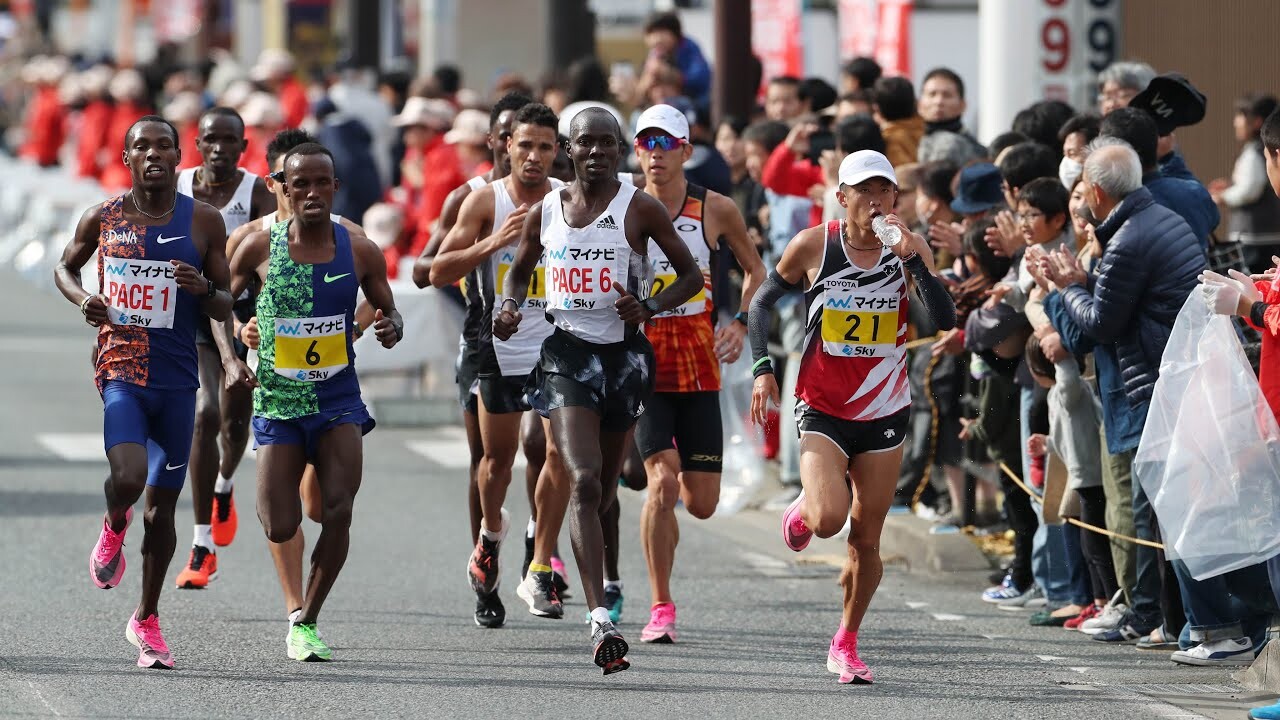
Githae, who spent his high school days in Fukuoka, broke away around a kilometer from the finish line to cut the tape as the winner but could not shatter the course record of 2:05.18 set four years ago by Ethiopia’s Tsegaye Kebede. By winning the race, Githae, who runs for Suzuki track team, improved his previous best of 2:08:17, which he set when finishing fourth at last year’s Fukuoka Marathon.
Meanwhile, Kenyan athletes failed to sparkle as Ethiopians dominated with Sisay Lemma collectinh another big-race in the men’s win category during the 2023 Valencia Marathon on Sunday.
The 2021 London Marathon winner broke clear of fellow Ethiopian Dawit Wolde and Kenya’s Kandiwott Kandie with 7km to go of the 42.195km race distance. The trio were well inside world record pace at 30km, but Lemma eventually crossed the line in 2:01:48, over a minute outside Kelvin Kiptum’s mark from Chicago in October.
Three-time Olympic gold medallist on the track, Kenenisa Bekele, was just over 20 seconds behind the lead group at halfway and appeared to have decided not to go with the strong pace at the front.
On his marathon debut, 5000m and 10,000m world record holder Joshua Cheptegei was among those dropped having reached the half in the lead group in 60:35. Uganda’s reigning 5000m Olympic champion tired badly in the second half of the race, eventually finishing down in 37th place in 2:08:59.
Ethiopia completed a podium sweep in the women’s race with Worknesh Degefa winning in 2:15:51 to go seventh on the all-time list.
(12/04/2023) ⚡AMPby Dennis Mabuka
Fukuoka Marathon
The Fukuoka International Open Marathon Championship is one of the longest running races in Japan, it is alsoan international men’s marathon race established in 1947. The course record is held by Tsegaye Kebede of Ethiopia, running 2:05:18 in 2009. Frank Shorter won first straight years from 1971 to 1974. Derek Clayton set the World Record here in 1967 running 2:09:37. ...
more...Seven ways to get your partner into running this holiday season
Running with your significant other can be a great way to strengthen your relationship. There’s nothing quite like pushing your physical limits with your partner by your side to bring the two of you closer together. But while you may be a passionate runner, your partner may need a little more convincing. With New Year’s Eve around the corner and everyone in that feel-good holiday spirit, now’s the perfect time to start working on them.
If you want to get your significant other into running this holiday season, you’ll need to be a bit creative. Here are some compelling ways to persuade them to join you on your next jog.

1.- The cool running outfits
Is your partner a fashion fiend? Athleisure is all the rage right now, and running brands have definitely caught on to the trend. Today’s running gear is sleek, stylish and perfect for taking pictures that you can both post on social media. Starting a running routine gives your partner an excuse to go on an athletic wear shopping spree, and who doesn’t love getting new clothes?
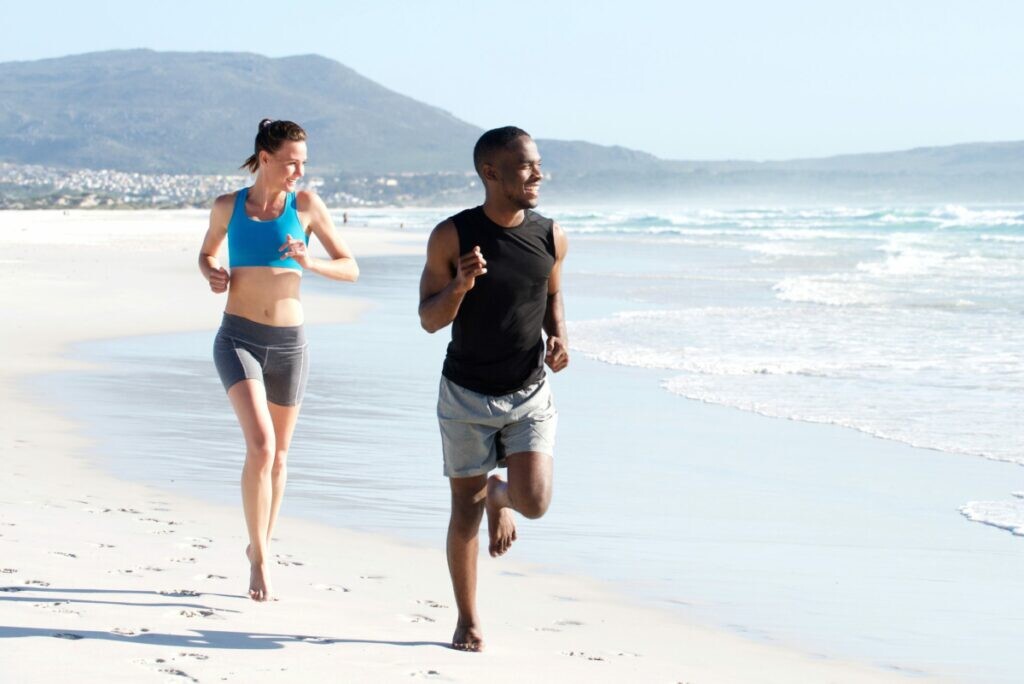
2.- Sign up for a destination race
If your partner has been talking about wanting to go on holiday, this one’s a no-brainer. Pick their favorite destination and research upcoming races in the area. Participating in a local road race is a great way to experience the culture and camaraderie of a different city or country. Make a weekend (or week!) out of it and enjoy everything the area has to offer while working (together!) toward your fitness goals.
3.- It supports their New Year’s resolution
New Year’s resolutions are notorious for being ditched just a few weeks into the year. If you and your partner resolve to get fit and fast together, you’ll have a built-in accountability partner. Make a commitment to each other and watch as you both crush your fitness goals together.
4.- Relieve that holiday stress
It’s scientifically proven that exercise lifts your spirits. Running is a great way to boost your mood and relieve stress, which is particularly important during the often stressful holiday season. Share this knowledge with your partner and convince them to give it a try.
5.- Share quality time
You and your partner lead busy lives, and finding time just to be together can be tough. Running is a great way to spend quality time together while also improving your health. If your S.O. has been asking for some more “you” time, a run is a great way to catch up on each other’s lives and strengthen your bond.
6.- Run for a cause
Does your partner have a charitable streak? Many races partner with charitable foundations to raise money and awareness. Running for a cause can be a powerful way to give back and get fit at the same time. Research a charity your partner is passionate about and sign up for a race to support it.
7.- Make a trade
Has your partner been badgering you to get out on the golf course, tennis court or dance floor with them? Whatever their hobby is, offer to do it with them when you ask them to go for a run with you. By offering to do something they’ve been wanting to do, they may be more inclined to do what you want to do, too.
(12/04/2023) ⚡AMPby Brittany Hambleton
Lemma breaks course record, Degefa dominates in Valencia
Sisay Lemma set a course record of 2:01:48 to move to fourth on the men’s world all-time list, while Worknesh Degefa ran a PB of 2:15:51 to win the women’s race and complete an Ethiopian double at the Valencia Marathon Trinidad Alfonso – a World Athletics Elite Platinum Label event – on Sunday (3).
As scheduled, the men's race kicked off at a brisk rhythm as the pacemakers went through the opening five kilometres in 14:28. They maintained that pace through to 10km (28:56), with Lemma always nearest to the pacemakers and other favourites – including Uganda's debutant Joshua Cheptegei and Ethiopia's Kenenisa Bekele – in close attendance.
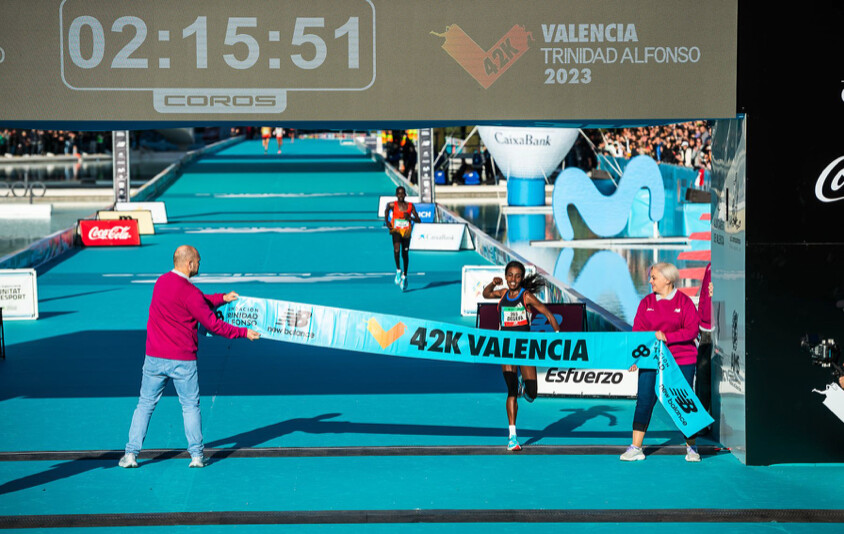
Shortly after reaching the 13th kilometre, the pace of the lead pack picked up and only Lemma, Tanzania's Gabriel Geay and the Kenyan duo of Kibiwott Kandie and Alexander Mutiso managed to maintain it as that quartet clocked 14:08 for that 5km split. But Ethiopia’s Dawit Wolde and Chalu Deso plus Cheptegei re-joined them at the helm and seven men blazed through the half marathon checkpoint together in 1:00:35. By then, the experienced Bekele had decided to set his own cadence and travelled alone behind them, clocking 1:00:58 for half way.
With the clock reading 1:08, a quartet of Lemma, Geay, Deso and Wolde broke away from Kandie, Mutiso and Cheptegei. A short while later only Lemma travelled at the shoulder of the remaining pacemaker, with Kandie and Wolde a couple of seconds in arrears and the rest of the contenders some way back as that 10km section was covered in 28:38, the quickest of the race to that point. The leaders passed the 30km mark in 1:26:04, 27 seconds faster than the previous best 30km split.
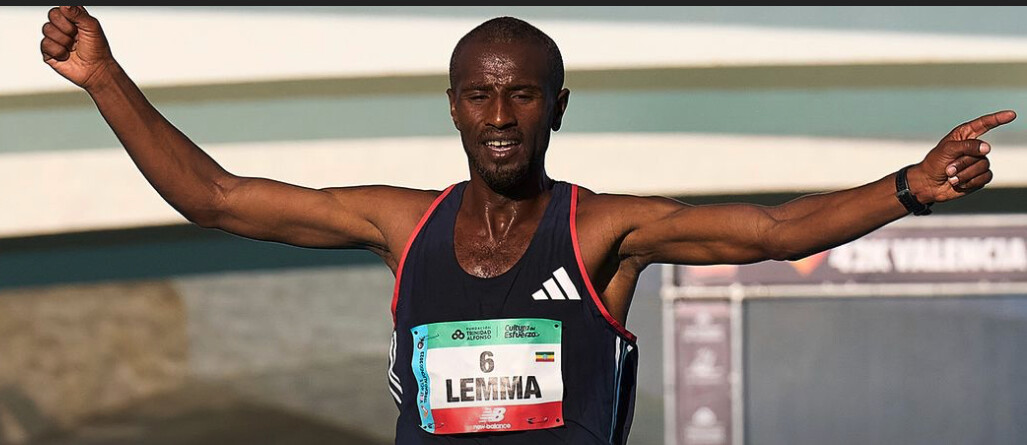
The last pacemaker dropped out at 30.5km and Kandie, who had caught Lemma, ruled the race for a while with Lemma and Wolde chasing him in crocodile file. The pace dropped slightly without the pacemaker's help and the trio covered the following kilometres in the 2:55/2:57 range, running 14:36 for the 30-35km section. The key moment came some 1:42 into the race, when Lemma made his move to gradually open a sizeable margin on Wolde and Kandie, with the rest of the field far away.Over the closing stages only Lemma was able to tick off each kilometre well under 3:00 pace to reach 40km in 1:55:12, almost a full minute ahead of Wolde, while Mutiso ran in third another half a minute adrift but ahead of a faltering Kandie.
Lemma reached the finish line unopposed in 2:01:48, just seven seconds shy of Bekele's national record. Mutiso overtook Wolde in the closing stages to take second place in a career best of 2:03:11, with Wolde completing the podium in 2:03:48, also a PB.
Bekele passed Geay and Kandie over the closing kilometres to finish a fine fourth in 2:04:19, improving his own masters record (M40). In a race of great depth, a record 13 athletes ran under 2:06 and a series of national records were set, while world 10,000m record-holder Cheptegei had to settle for 37th place in 2:08:59 on his debut over the classic distance.
“It's incredible to win here with such a fast time, I'm over the moon,” said Lemma.
Degefa signs successful return to lead Ethiopian 1-2-3
The women's event started at an even early pace of 3:12/km as the leaders clocked 16:00 for the opening 5km and 32:02 for 10km. Shortly afterwards, only three women – Ethiopia’s Almaz Ayana, Degefa and Hiwot Gebrekiden – remained at the helm.The steady pace continued over the following kilometres and that trio reached the halfway point in 1:07:29, sandwiched between a large group of male athletes right on schedule to give last year's course record of 2:14:58 a scare. By that point, Kenya's Celestine Chepchirchir was a lonesome fourth in 1:08:20.
It was always Ayana who ran closest to the pacemakers, the tempo dropping slightly between 20-30km as the leaders passed 30km in 1:36:22, running 32:24 for the previous 10km. Degefa, returning to the marathon after almost four years following a double maternity leave, moved to the front for the first time around the 33th kilometre and broke away from the 2016 Olympic 10,000m champion Ayana.
Ayana initially managed to reel in her compatriot but then she struggled to stay with Degefa as the latter went through 35km in 1:52:34 to open a four-second advantage. Gebrekidan was another 51 seconds in arrears.
Degefa extended her lead over the next few kilometres and became a virtual winner by 40km as her margin had grown to 21 seconds.
She crossed the finish line well inside the 2:16 barrier thanks to a 2:15:51 performance that improved her previous career best of 2:17:41 from 2019 and moved her to seventh on the women's world all-time list.
Ayana, claiming the runner-up spot, also improved her previous PB by almost a minute with her 2:16:22 effort, while Gebrekidan completed an Ethiopian podium sweep in 2:17:59, 1:11 faster than her previous best.
Chepchirchir finished fourth in 2:20:46.
Local fans had plenty to cheer as Tariku Novales (2:05:48) and Majida Maayouf (2:21:27) both set Spanish records, while Turkey's Sultan Haydar (2:21:27) and Italy's Sofiia Yaremchuk (2:23:16) also broke national records.
(12/03/2023) ⚡AMPby Emeterio Valiente (World Athletics)
VALENCIA TRINIDAD ALFONSO
The Trinidad Alfonso EDP Valencia Marathon is held annually in the historic city of Valencia which, with its entirely flat circuit and perfect November temperature, averaging between 12-17 degrees, represents the ideal setting for hosting such a long-distance sporting challenge. This, coupled with the most incomparable of settings, makes the Valencia Marathon, Valencia, one of the most important events in...
more...The Mysterious Case of the Asthmatic Olympians
You won’t freeze your lungs exercising outdoors this winter, but there are reasons to be cautious about inhaling extremely cold air
When an athlete reaches the podium despite a prior medical event—a cancer diagnosis, say, or a car accident—we consider it a triumph of the human spirit. When a bunch of athletes do so, and all of them have suffered the same setback, we can be forgiven for wondering what’s going on. According to the International Olympic Committee, roughly one in five competitive athletes suffers from exercise-induced bronchoconstriction, or EIB, an asthma-like narrowing of the airways triggered by strenuous exercise. The numbers are even higher in endurance and winter sports. Puzzlingly, studies have found that athletes with EIB who somehow make it to the Olympics are more likely to medal. What’s so great about wheezing, chest tightness, and breathlessness?
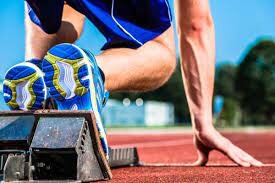
The answer isn’t what you’re thinking. Sure, it’s possible that some athletes get a boost because an EIB diagnosis allows them to use otherwise-banned asthma medications. But there’s a simpler explanation: breathing high volumes of cold or polluted air dries out the airways, leading to an overzealous immune response and potential long-term damage. “It’s well established that high training loads and ventilatory work increase the degree of airway hyper-responsiveness and hence development of asthma and EIB,” explains Morten Hostrup, a sports scientist at the University of Copenhagen and lead author of a new review on EIB in the Scandinavian Journal of Medicine and Science in Sports. In other words, the athletes who train hard enough to podium are more likely to develop EIB as a result.
That trade-off might be worthwhile if it means competing at the Olympics. For those of us who simply enjoy spending our winter days vigorously exploring the outdoors, the risk of EIB remains mostly unknown territory. Activities with the highest risk involve sustained efforts of at least five minutes, particularly if they take place in cold or polluted air. Cold air doesn’t hold much moisture, so it dries the airways. This affects skiers, runners, and triathletes, among others. Indoor environments like pools and ice rinks are also a problem, because of the chloramines produced by pool water and exhaust from Zambonis. As a result, swimmers, ice skaters, and hockey players are also at elevated risk of EIB. Over time, repeated attacks can damage the cells that line the airways.
Unfortunately, many athletes develop symptoms of EIB without realizing the underlying problem. After all, the feeling that you can’t catch your breath is pretty much written into the job description of most endurance activities. But starting in the 1990s, sports scientists began to suspect that top athletes had more breathing problems than would be expected. Before the 1998 Winter Games, U.S. Olympic Committee physiologists examined Nagano-bound athletes to see whose airways showed abnormal constriction in response to arduous exercise. Almost a quarter of the athletes tested positive, including half the cross-country ski team.
One reason EIB often flies under the radar is that the usual diagnostic workups aren’t challenging enough to provoke an attack in conditioned athletes. Among the accusations against disgraced coach Alberto Salazar was that he showed athletes how to fool EIB tests to get permission to use asthma meds. “He had a specific protocol,” star 5,000-meter runner Lauren Fleshman told ProPublica in 2015. “You would go to the local track and run around the track, work yourself up to having an asthma attack, and then run down the street, up 12 flights of stairs to the office and they would be waiting to test you.” Salazar certainly gave some shady advice, including encouraging Fleshman to push for the highest possible dosage of medication. But his tips for gaming the asthma test were similar to what USOC physiologists advocate, and an IOC consensus statement published last spring also concluded that more intense exercise challenges are better for diagnosing EIB in conditioned athletes. If you’re really fit, in other words, the rinky-dink treadmill in the doctor’s office isn’t going to push you hard enough.
If you do get an EIB diagnosis, your doctor can prescribe asthma medication, including inhaled corticosteroids like fluticasone and airway dilators like salbutamol. If you’re an elite athlete subject to drug testing, you’ll need to tread carefully, since some of those medications are either banned or restricted to a maximum dosage. Hostrup and his colleagues note that there’s also evidence that fish oils high in omega-3 fatty acids, vitamin C, and even caffeine might help reduce EIB symptoms. And on the non-pharmaceutical side, you can minimize the chance of an attack by doing a thorough warm-up of 20 to 30 minutes, including six to eight 30-second sprints. This can temporarily deplete the inflammatory cells that would otherwise trigger an airway-narrowing attack.
The best outcome of all, of course, is to avoid developing the problem in the first place. In 2008, I interviewed a Canadian military scientist named Michel Ducharme, who told me stories of cross-country skiers swallowing Vaseline in an attempt to protect their airways from the cold. This is a terrible idea on many levels—and, he assured me, totally unnecessary. Air warms up very quickly when you inhale it, so there’s no risk of freezing your throat tissue. But dryness is another question, and scientists have reconsidered whether some kind of protection—just not Vaseline—could be useful if you’re going hard on cold days.
One option is a heat-and-moisture-exchange mask, which warms and moistens the air you inhale. A company called AirTrim makes them with a range of levels of resistance for training or racing. Several studies have found that this type of mask seems to reduce EIB attacks. Research by Michael Kennedy at the University of Alberta found that EIB risk increases significantly when temperatures drop below about five degrees Fahrenheit. The precise threshold depends on conditions and individual susceptibility, so if you start coughing or wheezing, that’s a sign your airways are irritated. If you don’t have a breathing mask, a scarf or a Buff over your mouth can offer a temporary solution.
Don’t take all this as a warning against getting outdoors in the winter. I live in Canada, so staying inside when it’s below five degrees Fahrenheit would be a death sentence. But I’m no longer as macho about the cold as I used to be. I wear puffy mittens and merino base layers, and when my snot starts to freeze I cover my mouth and nose. Athletes with EIB may do better than their unimpaired peers at the Olympics, but that’s one edge I can do without.
(12/03/2023) ⚡AMPby Outside Online
Who Is Courtney Dauwalter’s New Ultramarathon Partner? It’s Her Mom.
Here‘s how the Dauwalter duo completed a dream of crossing a finish line together
The last loop was quiet beneath the full moon. Their shuffling feet on the packed, pebble-tossed singletrack punctuated the sleeping Sonoran Desert as the duo moved through shadows of saguaro cactus and prickly pear. Millions of white pinpoints began to appear in the dark sky.

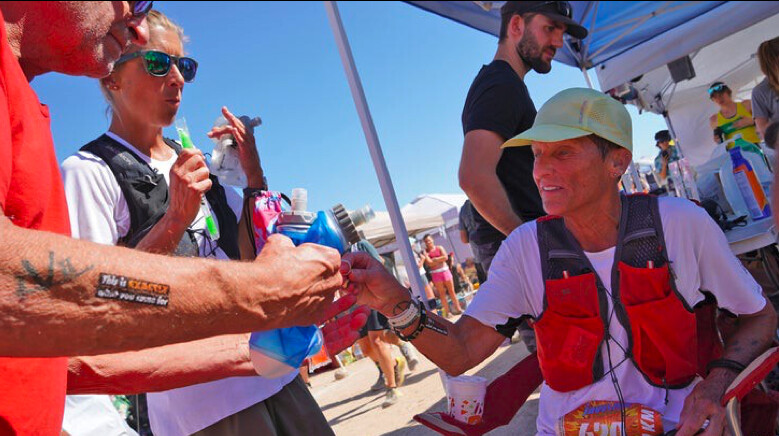
That’s when 66-year-old Tracy Dauwalter, mother of ultrarunner Courtney Dauwalter—who was coming off of historic back-to-back-to-back 100-mile wins of the 2023 Western States 100, Hardrock 100, and UTMB, including two course records—started resharing doubts with her daughter, who kindly reminded Tracy many times throughout the last 13 hours, “that’s not useful thinking, so let’s not think it.”
Occasionally, Courtney would redirect their attention, pointing out this unique section of the course that they’d been past twice before. This time, she built a 60-second container to stuff all those fears inside.
“Tell me all of your doubts and frustrations. You have one minute,” Courtney told her mom. “Once you finish, you can’t complain out loud anymore. It’s not serving us to get to this finish line.”
Tracy spewed all of her negative thoughts, from her rolling stomach to her aching muscles, which was an important reset to get out of the whirlpool of heavy thoughts. I signed up for this, Tracy humbly reminded herself. Nobody’s making me do this.
A dedicated team, the pair was running three loops side-by-side in matching long running shorts, white baggy tees, Salomon hydration vests, and cactus-themed socks, at the Halloween-themed Javelina Jundred 100K race. The ultrarunning event is held the closing weekend of October in the McDowell Mountain Regional Park, an hour northeast of Phoenix, Arizona. Temperatures can climb into the 90s by mid-morning and dip into the low 50s once daylight disappears behind the McDowell Mountain Range.
Now 38 years old and living in Leadville, Colorado, Courtney had participated in the event once before, in 2016, when she was the race’s outright winner. She set the then-course record for the 100K, one of several performances that drew national attention to her astonishing endurance and athleticism.
Tracy, who’d just recently started trail running, had covered ultra-distances at 12- and 24-hour events across flat gravel, but had never before run this far on a trail. They selected Javelina’s rolling 100K with 3,924 feet of vertical gain. The majority of the climbing is packed into the gradual ascent from the Javelina “Jeadquarters” aid station, which serves as the start and finish of the race and basecamp, to the far side of the loop, Jackass Junction.
It was exactly here, at this midway point, after slogging up the final climb over rolling hardened granite and sandy washes, where Tracy had a sticking point. Fortunately, Courtney was there to fill up her water bottles and point out all the tasty options when they reached the runner’s buffet.
“Please keep eating,” she said, as the electronic dance music bumped. A few hours earlier, they enjoyed a surprise pick-me-up of McDonald’s cheeseburgers, delivered by crew masters Dick Dauwalter, Courtney’s dad, and Kevin Schmidt, her husband. But one of the biggest highlights during the race for Tracy was watching Courtney interact and commune with so many people in the trail running community.
“Courtney does this amazing sport, but even more, I adore the person she is. It’s one of my favorite things to watch the love that’s out there for Courtney, and the way she responds. To be in that world with her was really special,” Tracy said. “She was also really kind to me, even when I was frumping and I’d fall down, she’d help pick me up.” Courtney let out a laugh.
“Mom, you only fell one time!” said Courtney, laughing.
“I know, but it was embarrassing,” Tracy said.
While Javelina was the mother-daughter’s debut trail ultra finish, side-by-side, the experience wasn’t their first race together. When Courtney was in high school, the duo finished a rollerblade marathon together in St. Paul. (Rollerblading is a major pastime in Minnesota, where Tracy grew up and still lives today.) Here, she met Dick and raised Courtney, a middle-child to two brothers.
While growing up, Tracy played softball and badminton. In college, she ran cross-country and track. “I’ve always been interested in sports and done them at a level that I could make the team. I was never a star. Being on a team is social and taxes your body while working up a sweat,” she said.
When the kids were interested in soccer, she and Dick organized an adult co-ed squad. Now, she jogs, plays volleyball, and golfs. She and Dick enjoy motorcycle tours, too, like venturing through the Elk Mountains in Colorado. “I’m not great at anything, but I can hold my own, and it’s super fun—I’m willing to do any sport,” she said. The motto was much the same for the kids.
"I thought that it would be so cool to share this sport that I love so much with this person I love so much. I knew she could do it.”
“They could try any activity. But once they committed, they had to see that season through—whether they enjoyed it or not, we were committed. We didn’t miss practices or games. We made sure those were a high priority for them and us. That drove our lives for many years with lots of fun times, but boy, that schedule was crazy—we’d slam-dunk dinner at 4 P.M. so that everybody could get to practice,” Tracy said.
An accountability mindset is one that leads to showing up in other areas of life from work to class to chores, following through on responsibilities and gritting out less desirable tasks. “When things get hard, like college classes, your option is not to quit,” Tracy said. “You dig in a little deeper, get help, and get it done, which is the same with any sport.”
But perhaps their most special ingredient is that the Dauwalters know how to have fun. “Having fun while doing those things is just as important,” Courtney said. “Our family always worked hard, but we play hard, too. All of that combined is what makes life special. Having that be deeply ingrained in who I am helps me in everyday life, but also, for sure, in ultrarunning.”
While watching Courtney grow up, Tracy noticed her daughter had a deep motivation as a person and athlete. One of her earliest memories was two-year-old Courtney, who could barely walk, repeatedly riding a Big Wheel tricycle downhill with a group of kids and insisting she’d wrestle the bike up the hill by herself. As a kid, Courtney and her siblings played soccer, often on the same teams. Later, they ran high school cross-country and track. To fill the winter months, she tried basketball, but she had a propensity to quickly foul out, taking the bench for the remainder of the game.
One day, she came home with a bright idea to Nordic ski instead, which was foreign for a family full of downhillers. They picked up the equipment, Courtney joined a competitive team, and she practiced in nearby school fields. “All she did was wipe out. All the time. Dick and I are thinking, ‘I wonder what this is going to look like?’” said Tracy.
During those foundational years, Courtney would rush home after a Nordic race to report the number of crashes she’d had. “In a 5K, I would be psyched if I only crashed nine times—tripping, planting my poles, tumbling the entire time. I was so bad,” she said.
But Tracy bought a beat-up pair of cross-country skis and started to practice alongside Courtney. “We learned together,” Tracy said. “It was more fun to crash with somebody than to crash by yourself.”
By the time Courtney graduated, she was an all-state runner and had earned All-American honors as a Nordic skier three times. She was a four-time state champion, and her team acquired two national championships. In 2003, Courtney moved west to Colorado, where she raced collegiately on the Nordic ski team at the University of Denver. Three years in, her DU team won 11 meets and the 2005 NCAA Championship.
“Courtney was really good at everything she did, and it wasn’t because she was a natural,” Tracy said. “Anytime she tried a sport, she didn’t have an immediate knack for it, but she hung in there to develop it. She was a hard worker and determined.”
Years later, in 2015, any remaining questions of physical stamina were laid aside—for both Tracy and Courtney, who proved to have a serious knack for endurance. Courtney broke the ribbon at her inaugural ultra race, the 2011 Prickly Pear 50K in San Antonio, Texas, and her curiosity about wanting to run longer continued to grow. The following year, she dropped out of the Colorado’s Run Rabbit Run 100 Mile race at mile 60 with throbbing legs, questioning her ability to cover that much ground in a single push.
Frustrated by not meeting her goal, Courtney registered for her first 24-hour race, the 2013 FANS Ultra Races, a more manageable format than an ultra on singletrack. Her family joined to crew and run laps, providing entertainment and support, including Tracy. They didn’t have much of a background in ultras and were green to any strategy.
Regardless, Courtney wrapped a total of 105 miles on that two-mile gravel loop around Lake Normandale Park in Bloomington, Minnesota, completing her first non-trail century-distance, and gaining confidence. Two months later, she crossed the finish line of the Superior Fall Trail Race 100 Miler in Lutsen, Minnesota, her first 100-mile distance on trail, and stood on the podium for second place.
Moving forward, the FANS Ultra Races became a family tradition. Courtney returned to the 2014 event, besting her first summer with 123.6 miles. Tracy decided, if she was going to crew and run laps with Courtney, she might as well sign up herself.
“She was like, ‘Heck, I’m going to spend the whole day out there anyways. Why not put some time on my feet?’” Courtney recalled.
In 2015, she tallied 109.2 miles while her mom, then 57 years old, covered 66.8 miles. Their annual pilgrimage continued in the 24- or 12-hour format, over the next several summers, coinciding with Courtney’s ultrarunning career picking up steam. She won the 2016 Run Rabbit Run 100 Mile with a 75-minute lead, and along with the title, the world’s largest ultra purse: $12,000.
By the summer of 2017, she retired from her position at the Girls Athletic Leadership School in Denver where she taught science and coached cross-country. “In an interview a few years ago,” Courtney said. “I was asked if I could run an ultramarathon with anyone in the world, who would it be? ‘My mom,’ I said. I thought that it would be so cool to share this sport that I love so much with this person I love so much. I knew she could do it.”
In an interview a few years ago, she was asked, if she could run an ultramarathon with anyone in the world, who would it be? “My mom,” she said. “I thought that it would be so cool to share this sport that I love so much with this person I love so much. I knew she could do it.”
Tracy heard the recording and, despite having never run on trails, she immediately called her daughter. “Let’s do it. I heard you want to run an ultra, so let’s sign up for something,” she said to Courtney. “If someone puts a challenge in front of me, it can even be pretty insane, and I’m a sucker for trying to rise to that challenge.” In addition to the competitive spark, the invitation felt sentimental.
Committed to doing an ultra together, they accepted that it might be a winding road to get there. The two picked the 2022 50-mile Superior Fall Trail Race in Lutsen. Mid-route, they missed the cut-off. Tracy shrugged and shook her head recounting the unfinished event. Courtney refused to let the DNF be a negative thing. “You learned so much in that first summer, mom,” she told her. “Dialing in all of those pieces helped immensely this year. And we decided, we’re not done. We still need a finish line together.”
As soon as registration opened in January, the duo signed up for the 2023 Javelina Jundred 100K. “I was nervous coming into this race because I was bouncing off of that epic fail of the first 50-miler we tried, which was a wake-up call. You have to prepare yourself,” said Tracy.
“It was not an epic fail,” Courtney countered.
That winter, Tracy clocked workouts on a treadmill. From April onward, she ran outside four or five days a week for 10 to 20 miles. Courtney researched singletrack trails around Lone Lake, which her mom became excited to explore. One of the biggest challenges of learning to run on trails is her tendency to shuffle and trip, Tracy confessed. Building confidence, she finished the Willow 20 Miler in May and Afton Trail Run 50K in July. Like her daughter, Tracy didn’t keep a close log of her mileage, and her training was not systematic.
Courtney’s advice, true and simple, rang in her mind: Spend time on your feet.
“People asked me if I coached her. Absolutely not,” Courtney said. “I did try to be helpful—harping on testing nutrition, wearing a pack so that her body gets used to one, and hiking uphills—so her race day could be much better. She was the one putting in the work and figuring out routes where she could do laps or get on hills. I admired from afar.”
“It helped that Courtney kept reminding me, ‘This was our run together, our race, and it could look however we could make it.’ If I crawled, that wouldn’t be disgusting. It got ugly, then it got not ugly,” Tracy added.
Staying lighthearted, Courtney countered, “It never got ugly. There was never a doubt that we would make it to the finish.”
Fortunately, the elation did come around. Next to her daughter, Tracy crossed the finish line of Javelina Jundred 100K in 17 hours and 38 minutes with a smile in the glowing lights, after staying up into the night running, eating, and sharing pain—but mostly, laughing—with her daughter. They’d gone full circle together, both on the circuit they’d traveled in the desert as well as in life.
“I think you beat me by, like, a half-second, mom,” Courtney said.
“I know,” Tracy bantered back. “I think I was really needing to be done, so I rushed with a half-second sprint.”
(12/03/2023) ⚡AMPby Outside Online
Paul Tergat addresses concern of athletes paying to access training facilities
The National Olympic Committee of Kenya president Paul Tergat has promised to address the concern of athletes having to pay to access stadiums and training equipment.
The National Olympic Committee of Kenya (NOC-K) president Paul Tergat has explained that discussions are underway to ensure athletes do not have to pay to access training facilities ahead of global events.
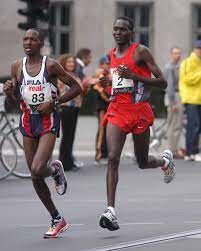
Numerous athletes including sprint sensation Monica Safania, came out to lament about having to pay to access the Nyayo National Stadium and Moi International Sports Center Kasarani.
Tergat explained that they will be keen to find a way around the issue, especially at this moment when athletes are gearing up for the Olympic Games in Paris, France among other international events.
“I understand the frustrations that you (athletes) are going through about the stadiums. I think maybe at the moment, this is something going on and has been discussed.
"We will be able to pick it up with the Ministry of Sports and Athletics Kenya to make sure that athletes get access to the training facilities,” Tergat said.
He added that at the moment, times are tough due to the harsh economy and they should be lenient on the athletes.
At the moment, life is hard. I can imagine someone is looking for the fare to go to the stadium and then you are required to pay.
"I am shocked that people actually pay Ksh200 to access the facilities. Especially if you are not working and you are forced to dig deep into your pockets…that is unacceptable."Such things are painful…when I hear that athletes can’t access the resources that need to be utilised. We are picking this issue up,” Tergat said.
(12/03/2023) ⚡AMPWorld 24-hour record for Miho Nakata
Japanese ultra-runner sets women’s all-time best by slim margin as Aleksandr Sorokin takes men’s title at the IAU World 24-hour Championships in Taipei
Japan’s Miho Nakata set a women’s world record when winning the IAU World 24-hour Championships in Taipei on Saturday (Dec 2) while Lithuania’s Aleksandr Sorokin retained his world crown and the British team won bronze in the men’s race, Adrian Stott reports.

With final results still to be confirmed, organisers are reporting a distance of 270.363km (167.995 miles) which, if confirmed, will surpass the distance set by Camille Heron of 270.116km (167.842 miles) at the last edition of the championship in 2019 by a mere 246 metres.
Nakata had been the early leader and at six hours had reached 78km, with Finland’s Noora Honkala and Herron in second and third. She reached 100km in around 7hr 50min, a total of 10 minutes up on Herron’s split from her world record run in 2019.
At halfway, Nakata had accumulated 146km, on par with Herron’s record split at the 2019 event in Albi. Herron was lying second with 142km, Norway’s Line Caliskaner was on 140km with Spain’s Carmen Maria Perez and Honkala also on 140km.
Herron seemed to encounter difficulties and retired at this point, leaving Nakata to power on and reach 100 miles in approximately 13hr 25min with Spain’s Perez at about 13:45 and Honkala at 14.00.
By 20 hours, Nakata had reached 228.00km. Although still moving well it looked like she was falling slightly behind record schedule despite being 12km ahead of Perez, as Ukraine’s Olena Shevchenko moved up to third.
A strong final three hours by Nakata took her past Herron’s mark, seemingly in the final minutes of the race. Shevchenko took the silver, while previous champion and world record holder Patrycja Bereznowska of Poland took bronze.
Putting Nakata’s run in perspective, her distance was only beaten by four of the men in the championship and increased her 24-hour PB by 14km from 256.024km. She also has a 100km best of 7:19:12 when finishing at the 2023 World 100km Championships in Berlin.
Positions changed a lot in the last couple of hours, with the likelihood of several national records yet to be confirmed in both the women’s and men’s races.
In the team competition, the experienced Polish team paced well to take the gold medals. Japan claimed silver and Czech Republic the bronze.
Sorokin retains global title
Aleksandr Sorokin had a similarly emphatic victory in the men’s race, although falling short of his current world record.
At six hours he led Brazil’s Denison Da Silva by 2km, with Greece’s Fotios Zisimopoulos in third. Reaching the first landmark of 100k in just over seven hours, he was slowly stretching his lead out.
Sorokin hit 100 miles in approximately 11hr 35min and totalled 166km at halfway. This compared with a 170.9km split when he set his exceptional world record of 319.614km in Verona last year. Zisimopoulos reached halfway in 158km, with Ukrainian Andrii Tkachuk now third.
Sorokin maintained a strong pace in the second half of the race to take the victory, surpassing 300km for the third time in his career to retain his title. Zisimopoulos, who had broken the record in the 245km Spartathlon race in September, cemented his place in the world ultra standings, taking second place with over 290km to gain his first ultra championship medal. Tkachuk took the bronze.
Lithuania took the gold medals in the team competition, with Poland taking silver.
Superb pacing from the Great Britain and Northern Ireland men’s team saw them earn well-deserved bronze medals.
Daniel Hawkins led the British men home in 10th, Former European 24-hour champions Dan Lawson was 17th and British record-holder Robbie Britton was the third counter in 22nd place.
(12/03/2023) ⚡AMPby Jason Henderson (Athletics Weekly)
Promising 19-year-old Brenda Chebet slapped with ban for doping offense
Brenda Chebet is among the dozens of Kenyans who have made it to the list of shame after violating anti-doping rules.
Reigning world under-20 1500m champion Brenda Chebet is among the dozens of Kenyans to be banned by the Athletics Integrity Unit (AIU) as per the list of sanctions for doping and non-doping violations in November 2023.
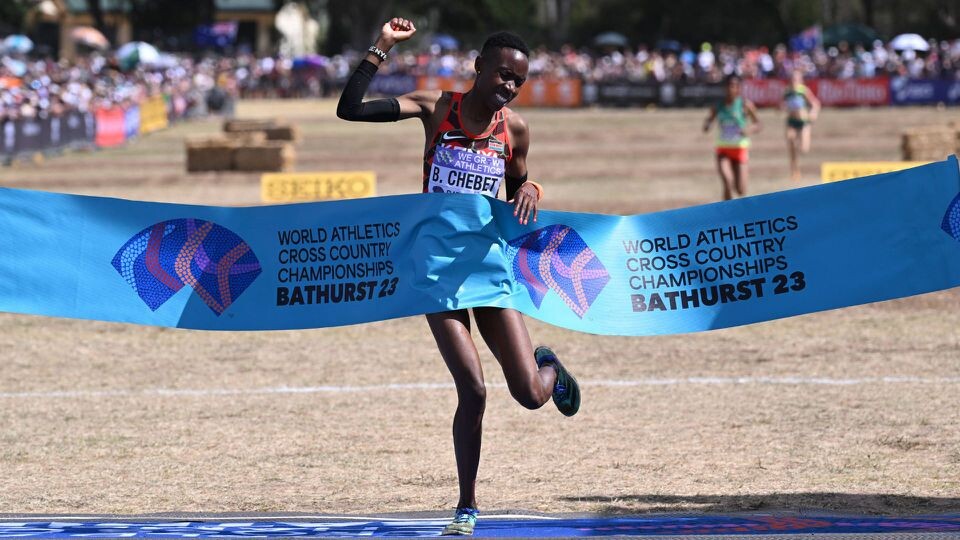
Chebet has been slapped with a three-year ban due to the presence of S1.1 Anabolic Androgenic Steroids (AAS)/ methasterone and its metabolites 2a,17adimethyl-5a androstane-3a,17p-diol, 18-nor-17p-hydroxymethyl-17amethyl-2a-methyl-5a-androst-13-en-3-one (LTM).
Chebet’s period on ineligibility runs from September 3, 2023, to September 2, 2026, and as per the AIU, she has admitted to having breached the rules.
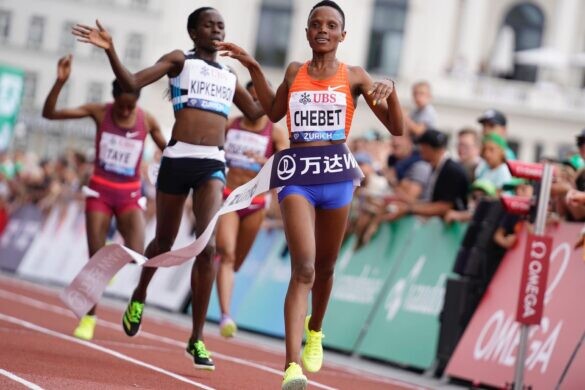
According to the AIU, Chebet’s all competitive results from the date of sample collection on July 8, 2023, are disqualified with all resulting consequences including forfeiture of any medal, points, and prizes.
Meanwhile, Chebet was one of the most promising youngsters who had been identified to be Faith Kipyegon’s heir.
The 19-year-old came to the limelight during the 2022 World Under-20 Championships in Cali, Colombia where she beat defending champion Purity Chepkirui to take the 1500m title.
Chebet was also in a class of her own during the World Cross-country Championships earlier this year where she oozed class to propel the mixed relay team to victory.
She had been selected to represent the country at the World Championships in Budapest, Hungary in what would have been her first time competing in an individual event in the senior category but was dropped from the team.
Chepkirui, who was suffering from injury setbacks replaced her. Questions arose about why she had been dropped from the team and now it is evident that the Kenyan had landed herself in hot soup.
(12/02/2023) ⚡AMPby Abigael Wuafula
Eliud Kipchoge believes Uganda’s Joshua Cheptegei can break marathon world record
On Sunday at the 2023 Valencia Marathon, Joshua Cheptegei of Uganda, who holds the world record in both the 5,000m and 10,000m, will make his long-awaited marathon debut. Ahead of his debut, Cheptegei has garnered high praise from perhaps the greatest marathoner in history, Eliud Kipchoge.
In an interview with BBC Sport Africa, Kipchoge said he believes Cheptegei could break the marathon world record: “He is already a record holder in other fields, and has a huge chance to break a world record in the marathon,” Kipchoge said. The double Olympic marathon champion further complimented Cheptegei’s willingness to learn and succeed, acknowledging the discipline that has led Cheptegei to Olympic gold, world records and multiple world championship titles.
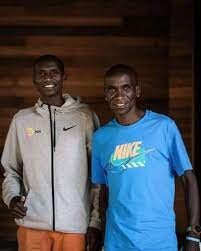
According to NN Running Team, despite Cheptegei’s previous success on the track and Valencia’s course (which is known to be fast), he says he’s not specifically aiming for the marathon world record, but hopes to run a fast time under 2:04. “What would make a perfect race for me in Valencia is to learn and experience the marathon,” Cheptegei said on his debut. “I am not looking to run a fast time, because it is a new distance for me, and I want to learn. The best for me would be seeing myself on the podium.”
The 27-year-old has fond memories of Valencia, which is where he set the 10K world record of 26:38 in 2019 and the 10,000m world record of 26:11.00 the following year.

The former marathon world record holder, Kipchoge, has always been an idol for Cheptegei, inspiring him when he began his professional career in 2015. “Kipchoge’s kind words have always been able to shape me,” Cheptegei told BBC Africa. “Eliud is always keeping an eye on me—always guiding the youth in a good way.” The two distance-running titans met when Cheptegei was training with Kipchoge’s group in Kaptagat, Kenya, in 2015.
Watch the Valencia Marathon
The hype and uncertainty surrounding Cheptegei’s potential over 42.2K will be thrilling to watch on Sunday at the 2023 Valencia Marathon. Cheptegei headlines an exciting field featuring former Olympic champions and world record holders.
(12/02/2023) ⚡AMPby Marley Dickinson
VALENCIA TRINIDAD ALFONSO
The Trinidad Alfonso EDP Valencia Marathon is held annually in the historic city of Valencia which, with its entirely flat circuit and perfect November temperature, averaging between 12-17 degrees, represents the ideal setting for hosting such a long-distance sporting challenge. This, coupled with the most incomparable of settings, makes the Valencia Marathon, Valencia, one of the most important events in...
more...Olympic silver medalist receives three-year ban for faking age
On Friday, the Athletics Integrity Unit (AIU) banned Dominican Republic sprinter Luguelin Santos for three years for faking his age to compete at the 2012 World Junior Championships (now World U20 Championships) in Barcelona, where he won gold in the men’s 400m.
Santos admitted to competing in the 2012 championships with a passport showing a falsified date of birth of Nov. 12, 1993. He was born on that date, but in 1992, making him ineligible to participate in the World Juniors in 2012, being over the age of 20. According to the AIU, his gold medal will be rescinded and his result will be disqualified.
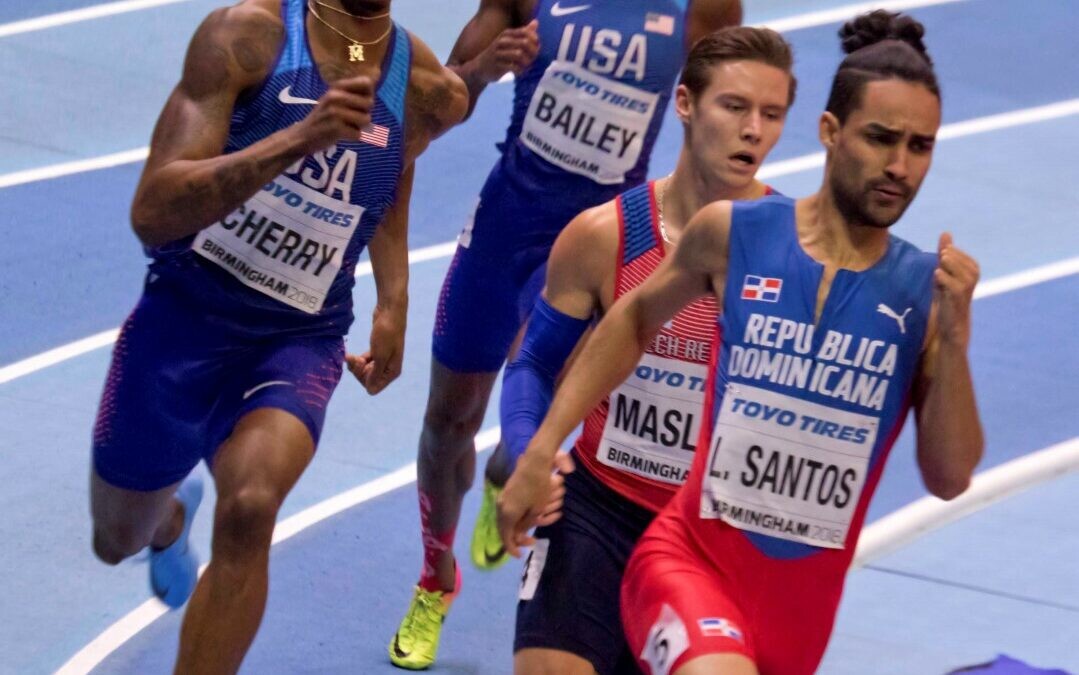
Santos, now 31, admitted using a “special passport” with a falsified birth year (1993) to compete. (Santos used his genuine passport with the correct birth year (1992) for other official purposes.)
Santos, now 31, admitted using a “special passport” with a falsified birth year (1993) to compete. (Santos used his genuine passport with the correct birth year (1992) for other official purposes.)
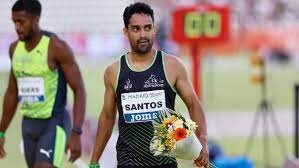
Santos’ three-year period of ineligibility runs from March 11, 2023, to March 10, 2026. The AIU stated its concern over the prevalence of age manipulation, citing its impact on the integrity of junior athletics competitions.
While the age-manipulation ban disqualifies Santos’s gold medal from the 2012 World Junior Championships, it does not affect the silver medal he earned at the 2012 London Olympics in the men’s 400m. Santos has had a stellar professional career in track and field, winning three global medals in the 400m, including two Olympic silvers. He also won the men’s 400m at the 2015 Pan American Games in Toronto.
(12/02/2023) ⚡AMPby Marley Dickinson
Visualization Techniques Provide a Powerful Tool for Performance—Here’s How
Research points to the importance of training your mind for the best race-day results.
If you’ve seen another runner with their eyes shut, focusing intently before a race, they may very well be practicing visualization.

The practice of visualization is essentially imagining how a certain event, like a race, is going to unfold in as much detail as possible. It involves mentally planning out how you’ll feel when you start running, how you’ll react to obstacles along the way, and how you’ll push through the temptation to give up so you make it across the line.
“The ability to persevere and summon the grit within is a vital skill for runners,” says sports psychiatrist Ulrich Vieux, D.O., director of child and adolescent psychiatry education and training at Hackensack University Medical Center in Hackensack, New Jersey. “Visualization is the ability to have a pre-performance rehearsal in which a player pictures the events unfolding in their imagination.”
This, in turn, can be a strong complement to physical training that gives runners an edge. Here’s what you need to know about visualization techniques, including the benefits and how to get started.
4 Ways Visualization Techniques Can Improve Your Running
In a small 2021 study published in the Journal of Imagery Research in Sport and Physical Activity, non-runners who followed a functional imagery training routine—meaning they visualized how it would feel to achieve their goal—were five times more likely to complete an ultramarathon than those who spoke to a counselor about their motivation and didn’t visualize their success.
While this study had a small population size, it builds upon other research illustrating the link between mental techniques, including visualization, and high-performing athletes. For example, a study published in Frontiers in Psychology, competitive athletes with a minimum of five years of training in the sport showed higher scores on mental imagery skills than non-athletes. Meanwhile, a research article in Frontiers in Public Health points to evidence that cognitive (mental) processes coincide with motor (physical) processes—and that the two have a dynamic, bidirectional influence on each other.
When it comes to visualization, you don’t need to limit yourself to just one goal, either: In a 2016 study of 65 tennis players, published in the journal Basic and Applied Social Psychology, those who used an imagery exercise to pursue two achievement goals performed better than those who used it to pursue just one goal.
Here are four more benefits of visualization for runners, according to experts in the field of sports psychology and psychiatry.
1. It Builds Your Confidence
When you’ve seen yourself take on a race and move through obstacles that come your way, even if it’s through visualization, that feeling of accomplishment will translate into your physical training and racing.
“Visualization can help runners to build confidence by imagining yourself running well with good, smooth form and a positive attitude,” says Shira Oretzky, Ph.D., a clinical and sport psychologist in Del Mar, California, and a sport psychology independent contractor for University of San Diego Athletics.
Whether your goal is improving speed, running a longer distance, or achieving a new personal record, seeing yourself do so ahead of time in your mind helps you believe that it’s possible.
“With visualization, the runner has ‘run the course,’ so to speak, several times in their mind, reducing the likelihood of anxiety and helping them stay confident,” says Vieux. “Mental preparation that complements the physical preparation when training for an event or in pursuit of improving ability will help achieve the zenith of your potential.”
2. It Helps You Mentally Prepare for Obstacles
Visualization isn’t just about seeing yourself win. It’s about watching yourself confidently navigate anything the race may throw your way and shaping a game plan for getting through it. For example, if you might face harsh weather during your marathon, you can visualize yourself running in a pack when facing headwinds or dealing with rain, and pushing through with speed and strength.
“The runner imagines the undesirable situation, then ‘sees’ themselves overcoming it,” says Vieux. “When such moments arise, they’re not surprised or thrown off because they’re mentally prepared for it and are better able to maintain focus.”
That said, in practicing visualization, it’s important not to hyperfocus on negative imagery. Thinking too much about potential mistakes or less desirable outcomes can cause worry and tension in your body (and decrease your confidence).
“If you notice yourself doing this as a runner, it’s important not to judge yourself for it, but to instead use it as an opportunity to mentally prepare for how you would want to recover from setbacks,” says Oretzky. “It can be an opportunity to visualize yourself practicing resilience.”
3. It Keeps You Calm Under Pressure
When you incorporate visualization into your training or racing routine, you may find it helps you find calm before you start running.
“It can really help runners manage nerves under pressure, give them a place to focus the mind, and provide a way of getting centered beforehand,” says Oretzky.
You can practice visualization in the morning to set a positive tone for the day, before you start a training session or race, or even in the evening as a way to relax, unwind, and prepare for the next day’s event.
“It can begin to integrate into the body as well,” says Oretzky. “Visualization can help runners to feel more at ease, to have a relaxed, smooth form, and to decrease tension in the body.”
4. It Can Help You Train (Even When You Physically Can’t)
If an injury is keeping you on the couch, visualization allows you to continue preparing for the race.
“It gives you the ability to continue training mentally when training physically may not be possible because of injury or another impediment,” says Vieux.
Although it may not feel like you’re truly “training,” keep in mind that this mental component is what differentiates the best athletes from the rest.
“As a sports psychiatrist who has worked with professional athletes, one of the most memorable remarks I have heard came from a mentor, who said that the key difference between a baseball player stuck in the minor leagues and a major league baseball player was how they prepared mentally,” adds Vieux. “Many of our most admired athletes have remarkable mental strength and an ability to overcome obstacles.”
How to Incorporate Visualization Techniques Into Your Training and Racing
Start with the basics when you begin your visualization practice (say, imagine yourself running a course), then gradually add more details to your imagery.
“See and hear the spectators cheering each step of the way, imagine yourself keeping a certain pace and form, and see yourself reaching the final stretch,” says Vieux. “Add details like different types of weather, including heat and humidity or rain, and see yourself forging ahead while staying focused on your performance.”
To practice this, get comfortable in a quiet place (you can also listen to relaxing or pump-up music, if you’d like)—and hone in more on the process of your training or race, rather than just the outcome (which can add unneeded pressure).
The frequency and duration of your visualization will be individualized, just like physical training, but you can begin by practicing daily for five to 10 minutes. You can start at any point during your training, but keep in mind that consistent practice will increase the effectiveness.
“Visualization is a skill that can be practiced and honed just like anything else,” says Oretzky. “Just as runners train their bodies for a race, they can train their minds for success as well.”
Here are three specific visualization techniques Oretzky recommends to get started.
1. Imagine the Race in Detail
Visualize the race course of your next competition and see yourself running through it. Studying the course map beforehand and looking at photos or videos of the area can be helpful for this.
This technique can help you feel more comfortable with the route, strategizing how you’ll approach different components of the race, like hills, and preparing mentally for how you’ll manage challenges that may come up, like when you start to feel fatigued toward the end.
2. Replay a Best Performance
Recall or replay your PR in as much detail as possible. This will involve engaging your senses: What did you see? What sounds did you hear? What did your body feel like? How did it feel to cross the finish line?
Imagine playing a highlight reel to get pumped up and excited about your performance. This visualization technique can help you feel energized for the next challenge you take on.
3. Practice a Centering Visualization
This technique incorporates deep breathing to decrease tension in the body and helps to anchor the mind. As you slowly inhale and exhale, imagine yourself running with a relaxed posture, smooth strides, and controlled breathing.
Next, integrate performance cue statements to center your mind, such as “stay strong,” “trust your preparation,” or “you’ve got this.”
If you have a disappointing training session or race after visualizing, continue with both your mental and physical training, adds Vieux. Tell yourself: “This is not how I wanted it to turn out, but I have experienced similar situations in the past and have excelled.”
With practice and patience, you’ll find your visualization muscles strengthening.
(12/02/2023) ⚡AMPby Runner’s World
Even Just 10 Minutes of Running Per Day Can Offer Serious Physical and Mental Benefits
Here’s how even just a quick, casual jog can boost your mental and physical health.
As a runner, you might feel like you don’t have to add activity breaks throughout the day because you went for a run in the morning anyway, right? Well, the truth is a bit more granular. Studies suggest that taking 10-minute runs benefit everyone—no matter what pace you go—including those who are sedentary and those who are active.
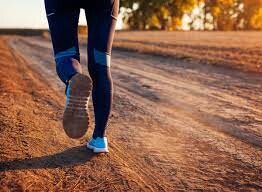
“Research shows that running even five to 10 minutes per day at slow speeds reduces all-cause mortality, as well as death from cardiovascular disease,” says Lindsay Ludlow, Ph.D., an exercise physiologist and runner based in Ann Arbor, Michigan.
In fact, a number of studies, including the Copenhagen City Heart Study which followed more than 5,000 people, demonstrate that people who run at an easy to moderate pace between one and three hours every week live longer than both those who are sedentary and those who run faster and more frequently.
“If you’re training for a race and already running far more than 10 minutes on some days, that doesn’t mean you shouldn’t take those 10-minute easy run breaks,” Louise Valentine, M.P.H., C.S.C.S., author of The Art of Breaking Through tells Runner’s World. “We often see the ‘active couch potato’ complex, which means you work out regularly, but when you’re not working out, you have long periods of inactivity. You need those movement breaks for your health.”
Why All Runners Benefit from Jogging for 10 Minutes a Day
The benefits of activity throughout the day, especially after meals and while working at a sedentary job, stand out from say, training for a marathon. That’s because the goals of a training plan—to get faster or run a specific distance—are not the same as daily fitness and activity goals. These 10-minute runs offer similar advantages to brushing your teeth, getting enough rest, and eating well. They keep you healthy.
One of the main reasons daily activity advances your overall wellbeing? It improves the health of your cells and fights off aging. We’re not talking about the superficial signs of aging, such as wrinkles or gray hair, but the more significant signs like disease-related symptoms.
“There are 12 hallmarks of aging,” Andrew Ludlow, assistant professor at the University of Michigan in Ann Arbor, who studies cellular health and exercise, tells Runner’s World. “What’s good for your whole-body physiology is also good for your cells. While the primary hallmarks are out of our control, such as the passage of time and the genes you inherit, the secondary signs of aging are things over which we have control and include poor diet, poor sleep, and lack of physical activity.”
Of course, researchers do not yet know whether there is a specific amount of exercise that is ideal for everyone. But when Ludlow and his team studied people over 50, they found that those with the healthiest cells were moderately to highly active.
The bottom line is that, whatever your running habits, adding physical activity throughout your day, including easy to moderate 10-minute runs, will build up your antioxidant defense and promote an anti-inflammatory response, Ludlow adds.
To figure out when to add these quick, easy runs to your schedule, here are the best times of day for added benefits. All you need to do is put on running shoes and get out the door, hop on your treadmill, or even run in place!
The Best Times To Do a 10-Minute Run
Soon After a Meal
According to a 2023 systematic review and meta-analysis study published in Sports Medicine, women who did moderate or high-intensity exercise within 30 minutes after a meal had fewer spikes in their blood glucose levels. Similarly, a 2018 study published in Nutrients found that cycling at a light effort within 30 minutes of a meal reduced blood glucose levels.
Those with type 2 diabetes may benefit more from high-intensity post-meal exercise than moderate exercise after eating, according to research. It may even reduce reliance on insulin, says Lindsay Ludlow.
As Andrew Ludlow points out, intensity is often relative to the fitness level of an individual. A 10-minute walk is better than sitting, but runners might want to pick up the pace of their post-meal activity to reach that more moderate effort.
When You’re Grumpy or Down
Both Valentine and Lindsay Ludlow recommend turning to short runs when you’re in a bad mood. “You’ll get an energy boost when you’re out in the sunshine and you will feel your mood elevate with a run,” says Valentine.
Research bears this out. According to a 2022 PLoS One systematic review and meta-analysis, microbreaks—meaning scheduled times that interrupt extended sitting and focus—increase wellbeing, making people feel more attentive and energetic. Likewise, a 2021 Frontiers in Human Neuroscience article suggests that physical activity breaks reduce stress levels, while improving working memory in middle-aged adults.
Why turn those breaks into runs? A 2021 scoping review published in The International Journal of Environmental Research and Public Health found that acute bouts of running between 10 to 60 minutes can improve mental health, and according to the researchers, it doesn’t matter whether you run on treadmills, a track, or outdoors. The runners involved in the studies included in the review were using the activity to ease symptoms related to depression, anxiety, eating disorders, addiction, and other mental health issues.
When You’re Ruminating Over a Problem
You’ve probably been there: Sitting at your laptop trying to figure out how to word an important email or struggling to add numbers. Guess what? That’s the perfect time for a run.
Valentine says 10-minute runs are great for problem solving. And a 2021 study published in Nature found that a 10-minute single-bout of moderate-intensity running improves executive function, which relates to memory, flexible thinking, and self-control. In the study, researchers gave participants a series of tasks to measure reaction time and other skills. They concluded that running has stronger beneficial effects on mood and executive function than other physical activities, such as cycling, partly because it is a weight-bearing activity that requires coordination.
When You Don’t Have Time to Train
A quick 10-minute run is far better for your training and health than simply not running at all, say the experts.
To use a 10-minute run as a workout, Lindsay Ludlow suggests doing a three-minute warmup, four-minute hard effort, and three-minute cooldown. Another potential workout Lindsay Ludlow and Valentine recommend: a three-minute warmup, followed by three rounds of one minute hard and 30 seconds easy with a 2.5-minute cooldown. Valentine also suggests adding skipping and hip mobility moves to your 10-minute run.
Not all 10-minute runs have to be the same, Ludlow says. You can turn any 10-minute run into a training workout, whether you’re doing run-walk intervals or technique drills.
(12/02/2023) ⚡AMPby Runner’s World
AIU has announced the provisional suspension of long-distance runner Hosea Kimeli Kisorio
The Athletics Integrity Unit has provisionally suspended the 2022 Braconi Terni Half Marathon champion Hosea Kimeli Kisorio.
AIU explained that the Kenyan has been slapped with the suspension due to the Presence/Use of a Prohibited Substance (EPO). Kisorio has now been issued with a notice of allegation.
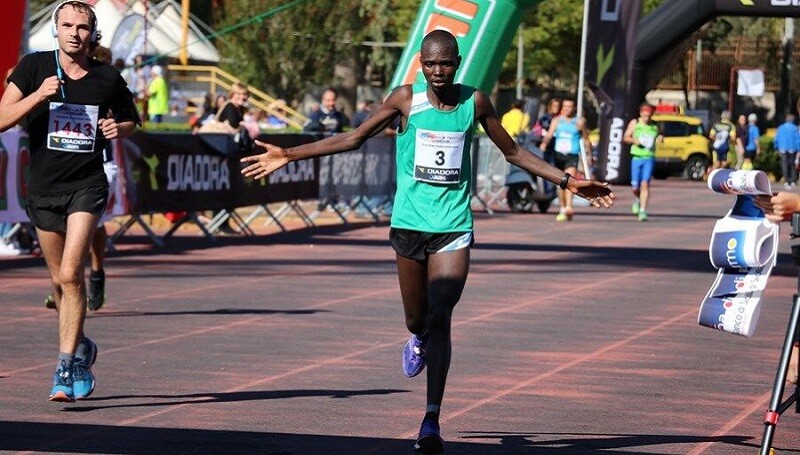
Posting on their X (Twitter) handle, AIU said: “The AIU has provisionally suspended Hosea Kimeli Kisorio (Kenya) for the Presence/Use of a Prohibited Substance (EPO).”
Kisorio has enjoyed a 2023 season but all that might just come crashing down if he is found guilty. He reigned supreme at the Zagreb Marathon before also dominating the Maratona di Ravenna Citta' D'Arte, a month later.
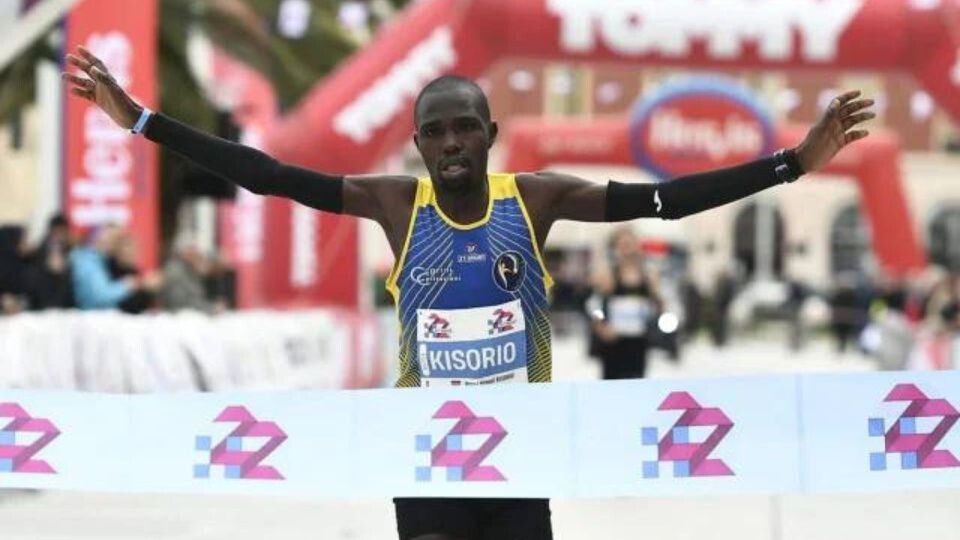
Last season, he also basked in glory, he won two of the four half-marathons he competed in. He won the Braconi Terni Half Marathon and Split Half Marathon. He went ahead to finish second at the Placentia Half Marathon before placing 18th at the Maratonina Citta' di Arezzo.
The 33-year-old was also in action at the 2022 Neapolis Marathon in Italy where he defied all odds to clinch the top prize.
The AIU also announced the suspension of Beatrice Toroitich for the Presence/Use of a Prohibited Substance (19-Norandrosterone, 19-Noretiocholanolone, Clomifene, Canrenone).
Meanwhile, according to AIU, a Provisional Suspension is when an Athlete or other Person is suspended temporarily from participating in any competition or activity in Athletics prior to a final decision at a hearing conducted under the World Athletics Anti-Doping Rules or the Integrity Code of Conduct.
(12/01/2023) ⚡AMPby Abigael Wuafula
Defending champion Ezekiel Kemboi Omullo set for grand return to Singapore Marathon
Defending champion Ezekiel Kemboi is bubbling with confidence ahead of the Standard Chartered Singapore Marathon.
The stage is set for a thrilling showdown at this year’s edition of the Standard Chartered Singapore Marathon as Ezekiel Kemboi Omullo and Bernard Kiprop Kipyego take it to the start line of the race.

Kemboi returns as the defending champion and he will face a stern test from Kipyego, a seasoned competitor who will also be keen to impress.
Kemboi won last year’s race in 2:20:20 and is returning to defend his title. He turned heads at the 2023 Gold Coast Marathon, securing the second position with a Personal Best time of 2:08:26.
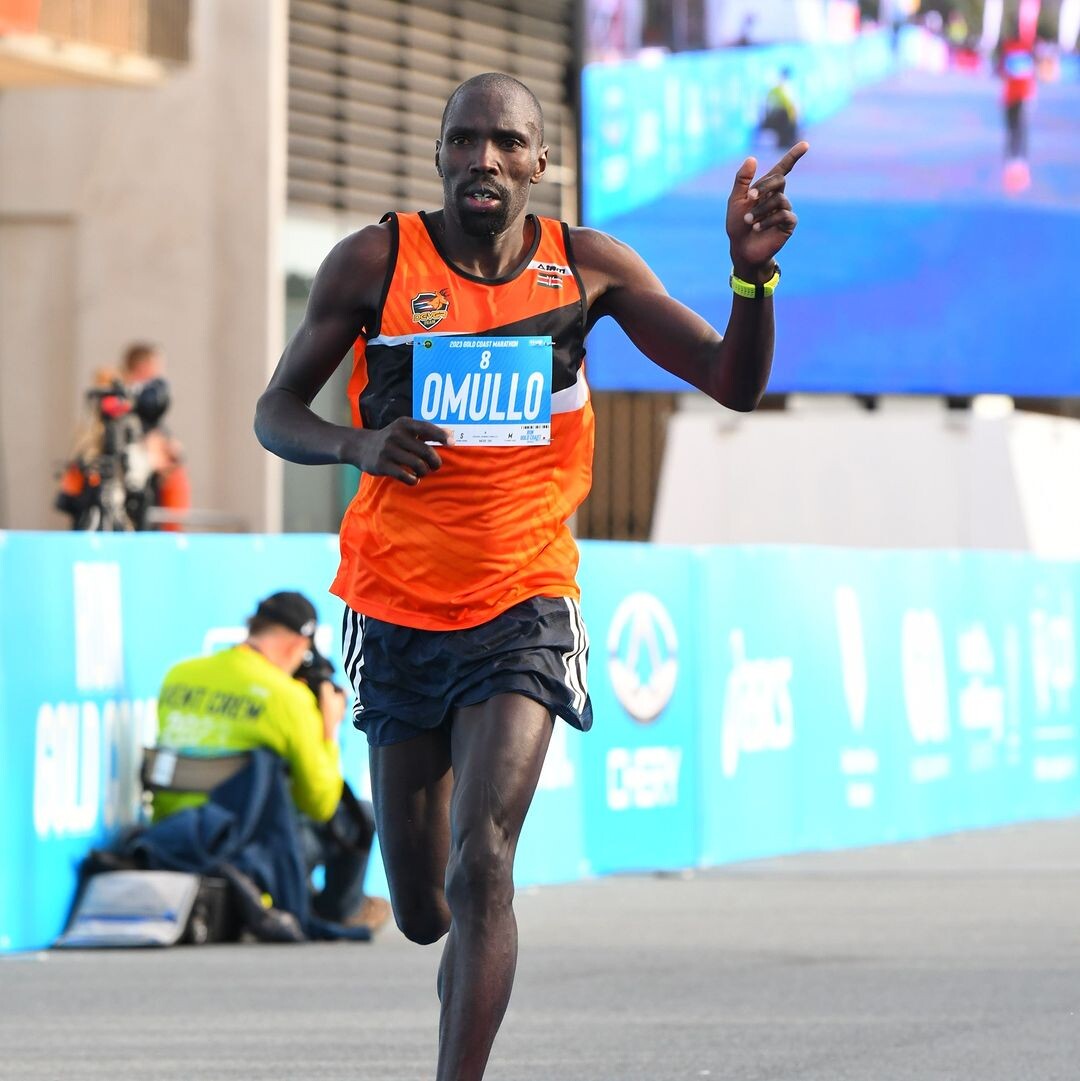
In an exclusive interview with ToughASIA, Kemboi revealed that he has intensified his training to enhance his speed and endurance.
“I’ve prepared rigorously for this race, making sure I’m in peak condition. Each marathon is a new challenge, and I’m excited to give my best in Singapore.
"The setbacks only fuel my determination to succeed, and I’m ready to leave everything on the track,” Kemboi added.
Kemboi has enjoyed a blistering season but faced an unexpected setback in the Kuala Lumpur Standard Chartered Marathon 2023, finishing sixth with a time of 2:14:50. He will be using the Singapore Marathon as he seeks redemption.
On his part, Bernard Kiprop Kipyego, is a decorated athlete with a laundry list of accomplishments that include a bronze medal at the 2007 IAAF World Cross Country Championships and a silver medal at the 2009 IAAF World Half Marathon Championships.
(12/01/2023) ⚡AMPby Abigael Wuafula
SINGAPORE MARATHON
The Singapore Marathon is an annual international marathon race which is held in December in the city of Singapore. It is an IAAF Gold Label Road Race. It has grown significantly since its inaugural race in 1982 – the 2013 event attracted a total of 60,000 entrants for all categories. There are four separate categories of competition: the full marathon,...
more...Nonbinary runner protests New York City Marathon award changes
When marathoner and inclusivity activist Cal Calamia won the New York City Marathon’s nonbinary division in a blistering 2:48:46, they hoped to celebrate a hard-earned success after a challenging year. Instead, they found themself facing yet another hurdle: the race had added stipulations to the nonbinary awards, ruling Calamia out of receiving any prize money.
Calamia signed up for the 2023 New York City Marathon after the event added a nonbinary division in 2022. “The marathon boasted its inclusivity, and drew me to compete,” the runner said. “Following my win in NYC, I had not heard from NYRR (New York Road Runners), so I reached out. They informed me that I was not eligible for prize money, having not raced six NYRR races in 2023.”
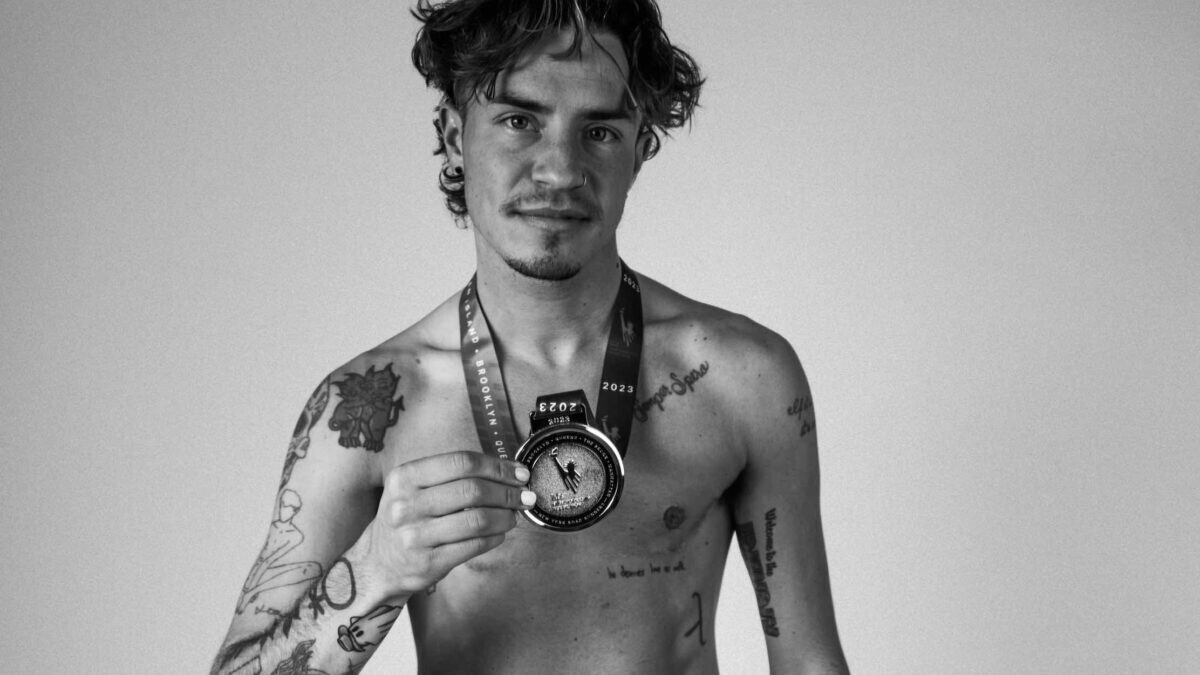
“There was no stipulation around having to run six races within a year to be eligible when I registered,” Calamia says, adding that for them, the new requirement is impossible to meet, since they live and work in San Francisco. “Apparently, the policy was updated on May 12, 2023, months after I registered for the race.” The only other award-winners who must meet the six-race requirement are those in the NYRR (club member) category; the overall winners of the other gender-based categories do not.
Battling for inclusivity is nothing new to Calamia: the runner recently won an epic battle with the U.S. Anti-Doping Agency (USADA). Calamia was assigned female at birth, and has been open about taking testosterone as gender-affirming hormone therapy. In October, they were granted a therapeutic use exemption (TUE) to compete in male, nonbinary and open categories at USA Track & Field (USATF)-governed events. This is believed to be the first exemption of its kind.
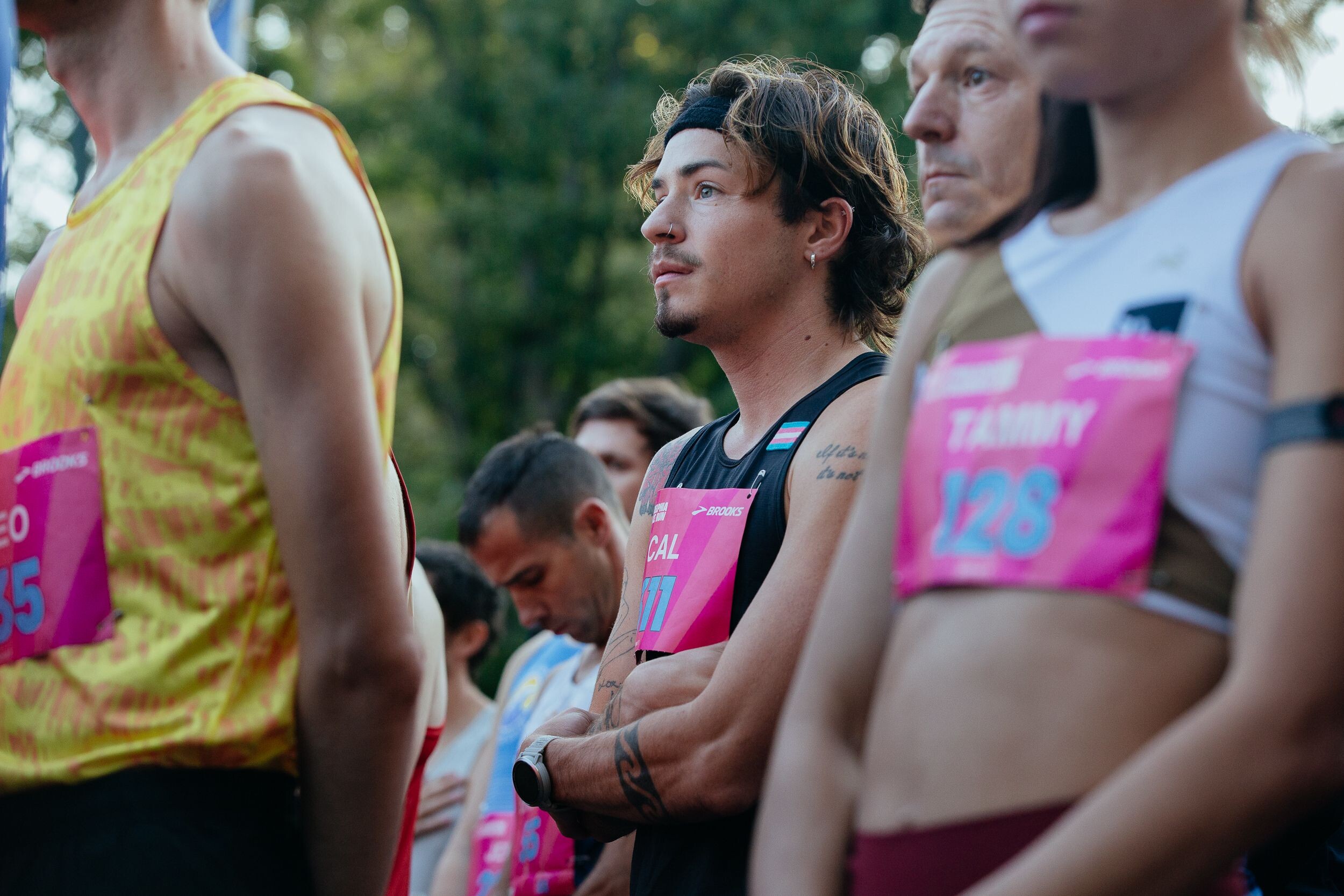
Calamia’s fight didn’t begin with USADA. The 27-year-old high-school cross-country coach in San Francisco has been changing the face of marathons across the country. In 2022, they successfully advocated for a nonbinary division at the San Francisco Marathon, which they then won. Calamia also helped organizers of the Boston Marathon create their first nonbinary division. “Every step forward feels like a massive achievement, but then is usually followed by backlash or the need to address a systemic inequity,” Calamia says.”All of these things are huge successes, but there is so much more work to do. It’s a never-ending loop. I find the greatest pride in little moments where someone tells me that I inspired them to come out, or to run, or to support their trans kid.”
Calamia says that while they are incredibly proud to have helped tear down barriers for the trans community, the work is emotionally exhausting. “It’s crushing to put in all the work and win the division, just to be told that I am not actually eligible to win,” Calamia says. “It has been a really rough year, and I wish I could have ended the season with a smooth process that allowed me to just celebrate and relax. Instead, here I am again, trying to push the system to recognize the humanity of trans and non-binary athletes.”
In early November, Calamia wrote to NYRR, asking them to honor the prize-money policy as it stood at the time of registration, “thus honoring its commitment to inclusivity and equity,” they explain. Calamia has heard nothing back. “If we want these categories to grow and support non-binary athletes to their full potential, we have to prevent athletes from having the type of year I’ve had,” they say. “And we have to hold organizations accountable when they institute exclusionary, inequitable policies.”
When asked how runners can encourage and support inclusivity, Calamia has simple, yet powerful suggestions. “Empathize. Assume the best in people,” they say. “Recognize that there is enough space for all of us. Hold that space. Create it. Invite each other in.”
(12/01/2023) ⚡AMPby Keeley Milne
TCS New York City Marathon
The first New York City Marathon, organized in 1970 by Fred Lebow and Vince Chiappetta, was held entirely in Central Park. Of 127 entrants, only 55 men finished; the sole female entrant dropped out due to illness. Winners were given inexpensive wristwatches and recycled baseball and bowling trophies. The entry fee was $1 and the total event budget...
more...60-year-old runner sets Spanish masters record with 2:34 marathon
Last weekend, Spanish masters runner Jon Arzubialde, threw down a record-setting performance at his hometown Zurich San Sebastián Marathon, in San Sebastián, Spain. At a spry 60, Arzubialde not only finished inside the top 25 but shattered the Spanish M60+ masters marathon record, crossing the finish line in a jaw-dropping two hours, 34 minutes and six seconds.
Zooming through the 42.2K course, Arzubialde recorded an average pace of three minutes and 39 seconds per kilometer, leaving his M60+ competition in the dust by 18 minutes.
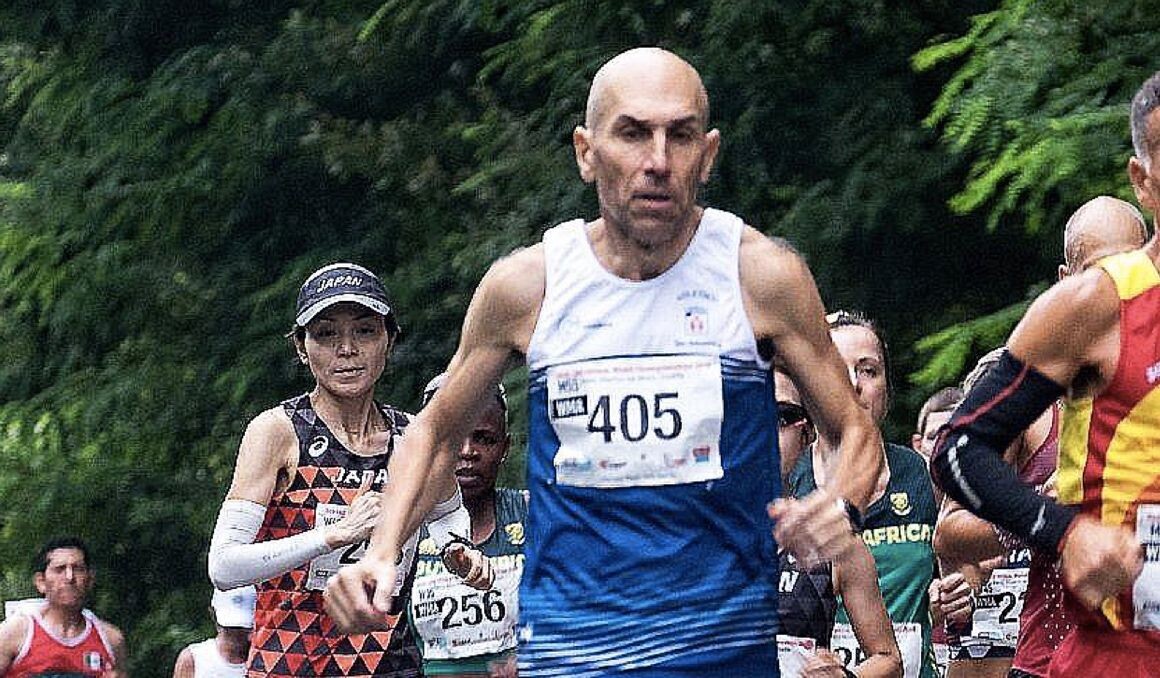
He breezed through the 10K mark at 36:28 and hit the half marathon point in a swift 1:16:46. In a field of 3,000, he was 23rd overall, falling short only to women’s champion Kenya’s Emmah Cheruto Ndiwa, who finished just ahead of Arzubialde in two hours and 31 minutes.
Breaking records is nothing new for Arzubialde. The masters runner holds multiple records in the M55+ category for both the 3,000m (9:20.60) and the 100K (7:34:29) distance, proving he’s a force to be reckoned with across various distances. Arzubialde told local reporters that he has come a long way since he first ran a four-hour marathon at this race when he was 16. His training regimen consists of runs six days a week, averaging around 70 kilometers.
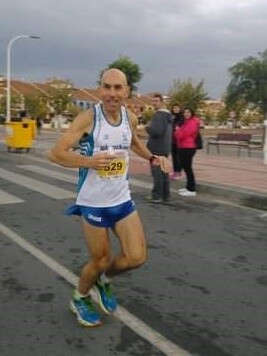
Sunday’s marathon wasn’t just a notch on Arzubialde’s belt; he was just a few minutes shy of the M60+ masters world record of 2:30:02, set by Irish Olympian Tommy Hughes in 2020.
Hughes broke the previous record held by Japan’s Yoshinisa Hosaka of 2:36:30. Since setting the record, he has run sub-2:32 on three separate occasions. And get this—he almost one-upped himself at 62, finishing just three seconds off his mark at the 2022 Manchester Marathon in 2:30:05.
Arzubialde is only the second 60-year-old in history to run a marathon in under 2:35.
(12/01/2023) ⚡AMPby Marley Dickinson
Zurich San Sebastian Marathon
More than 6,500 runners have raced in previous editions in the centre of San Sebastian on an urban route at sea level. Take part in this prestigious race and enjoy the beauty, cuisine and culture of one of the world’s most beautiful cities. In 2016, 64% of participants improved their PB....
more...Ethiopian marathon star Tsehay Gemechu suspended for anti-doping violation
On Thursday, the Athletics Integrity Unit (AIU) provisionally suspended top Ethiopian marathoner Tsehay Gemechu for the use of an unidentified prohibited substance, according to the athlete’s biological passport (ABP) data.
Gemechu is one of Ethiopia’s top distance runners. She was second at the 2023 Tokyo Marathon in 2:16:56—the ninth-fastest marathon time in history. Additionally, she holds personal bests of 14:29 over 5,000m and won the TCS World Bengaluru 10K in 31:38 earlier this year.
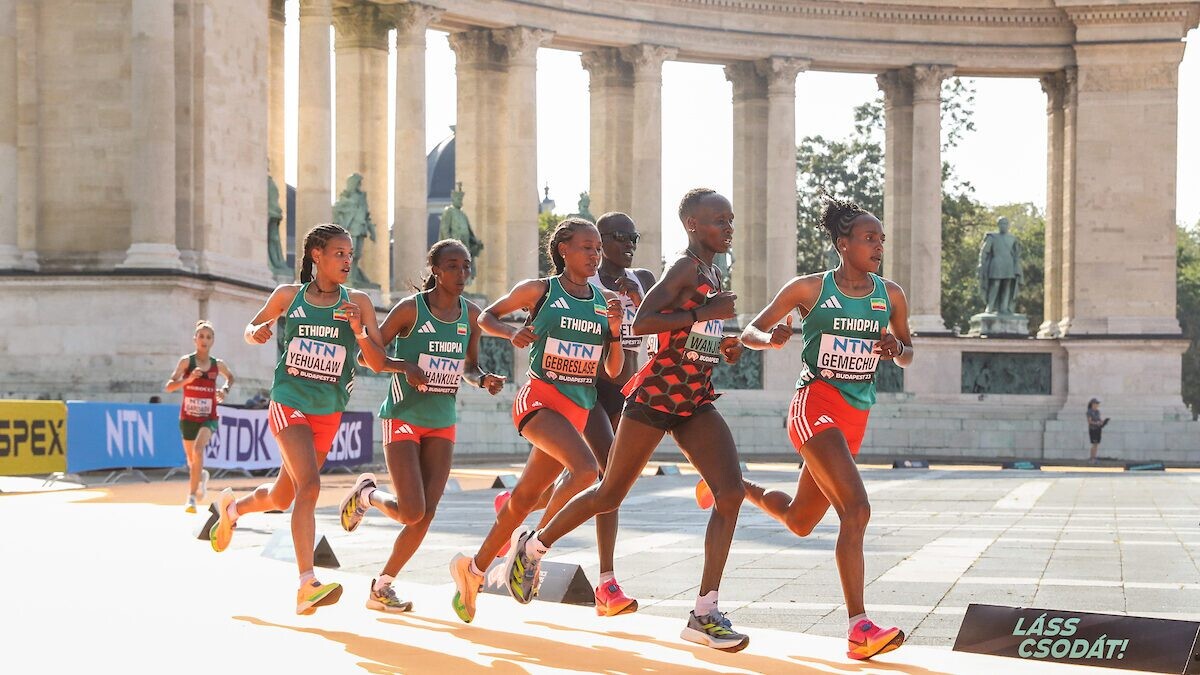
The 24-year-old was listed on the start list for the 2023 Valencia Marathon this weekend, but will be a scratch due to this provisional suspension. Under a provisional suspension, Gemechu is temporarily banned from participating in any athletic competition or activity before a final decision is reached at a hearing conducted under the World Athletics Anti-Doping Rules or the Integrity Code of Conduct.
ABP data monitors select biological parameters over time that may indirectly reveal the effects of doping. This approach enables the AIU to create individual, longitudinal profiles for each athlete and to identify any fluctuations that may indicate the use of performance-enhancing drugs.
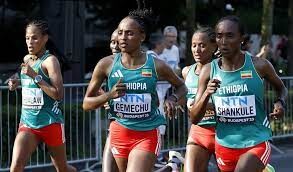
The profile for each athlete is generated based on statistics that utilize data from previous samples to predict the individual’s performance limits or range for future samples. According to the AIU, if any data from a test sample falls outside of the athlete’s range, it could be an indication of doping.
Gemechu represented Ethiopia at the 2020 Tokyo Olympics in the women’s 10,000m but was disqualified for lane infringement (TR 17.3.2.). One month later, she won the Copenhagen Half Marathon, setting a new course record and achieving a personal best of 65:08.
(11/30/2023) ⚡AMPby Marley Dickinson
Fred Kerley compares himself to boxing legend Muhammad Ali
Former 100m champion Fred Kerley boldly draws parallels with a legendary boxer, fueling anticipation for his comeback in the track world.
Former world 100m champion Fred Kerley has thrust himself into the spotlight with a bold statement, drawing parallels between his journey and the legendary boxer Muhammad Ali.
Despite facing challenges during the 2023 season, Kerley remains steadfast in his pursuit of greatness, fueled by the spirit of the boxing icon.

The American sprinter kicked off his 2023 campaign on a high note, clinching victory at the Seiko Golden Grand Prix and continuing his dominance at the Diamond League Meeting in Rabat, Morocco.
However, his winning streak was soon disrupted when he faced his first 100m defeat of the season at the Diamond League Meeting in Chorzow, Poland.
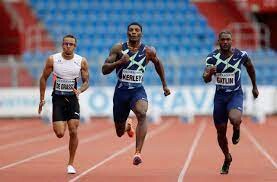
Undeterred by setbacks, Kerley pressed on, competing at the Diamond League Meeting in Florence, Italy, where he secured another triumph.
Despite these victories, his hopes of defending his World Championship title were shattered as he suffered an unexpected exit in the semifinals.
Determined to turn the tide, he ventured to the Diamond League Meeting in Xiamen, China, seeking redemption but settled for a third-place finish.
In a tweet on his X handle (formerly Twitter), Kerley sent shockwaves through the sports world, boldly proclaiming, "Like Muhammad Ali, I am the greatest."
The comparison to the boxing legend, known for his charisma and unwavering self-confidence, sparked both curiosity and skepticism among fans and fellow athletes alike.
Acknowledging the need for change, the 28-year-old sprinter made a significant decision to switch coaches.
He is now under the guidance of Quincy Watts, the 1992 Olympic 400m gold medalist.
This coaching transition suggests Kerley's commitment to refining his skills and overcoming the challenges that plagued his 2023 season.
Unlike many athletes taking a leisurely break, Kerley seems determined to spend most of his time in the gym and on the track.
His social media updates on X reveal a relentless work ethic as he burns the midnight oil, leaving no stone unturned in his quest for redemption.
With the Olympic Games in Paris, France, looming on the horizon in 2024, Kerley appears poised to roar back to greatness.
(11/30/2023) ⚡AMPby Festus Chuma
Shelly-Ann Fraser-Pryce and Shericka Jackson nominated for prestigious sporting honors
Two track legends sprint their way into top award nominations, vying for recognition in the sporting pantheon.
Five-time world 100m champion Shelly-Ann Fraser-Pryce and Two-time World 200m champion Shericka Jackson are once again taking center stage, not on the track but in the prestigious arena of sports awards.
The excitement is building as the nominees for the 2023 RJRGleaner Communications Group National Sportsman and Sportswoman of the Year awards were officially unveiled by Mike Fennell, chairman of the Selection Committee, at a press conference held at the TVJ studios in Jamaica.
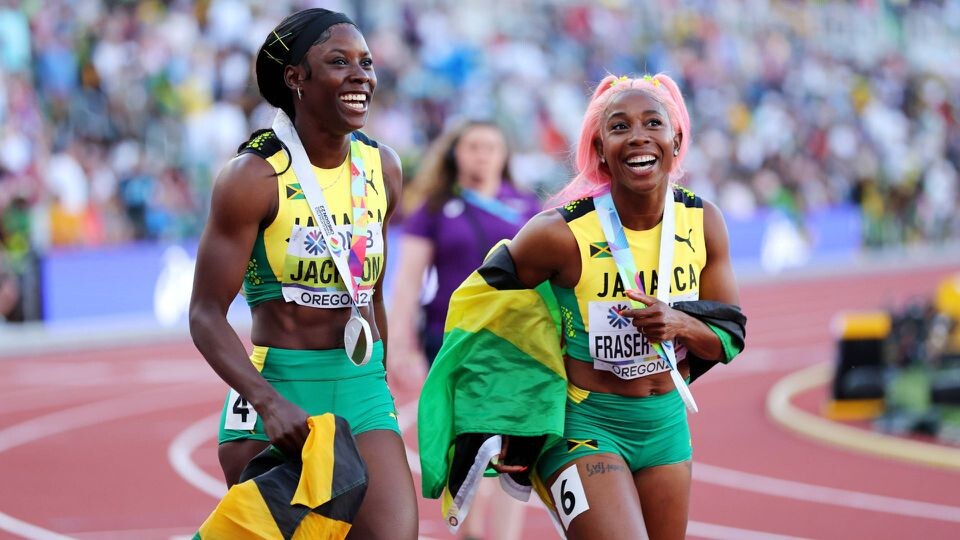
As reported by the Jamaican Gleaner, the competition is fierce, but these two phenomenal athletes are undoubtedly the stars of the show.
Shelly-Ann Fraser-Pryce, often dubbed the "Pocket Rocket," has consistently proven her dominance in the world of sprinting, clinching the title of five-time world 100m champion.
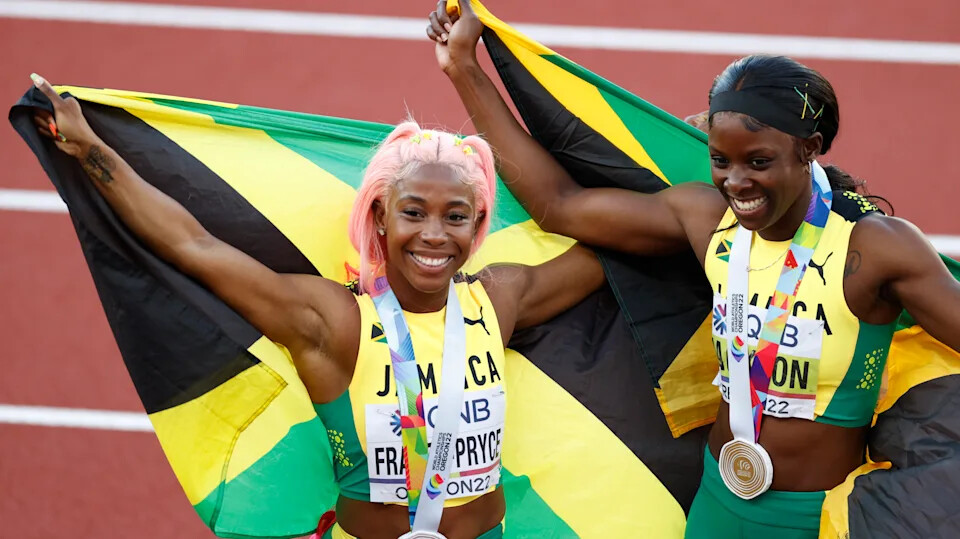
On the other hand, we have Shericka Jackson, the two-time world 200m champion, whose graceful stride and unparalleled athleticism have captivated fans worldwide.
The battle for the coveted title of Sportswoman of the Year is fierce, with other incredible nominees including Rushell Clayton, Jhaniele Fowler, and Danielle Williams. However, Fraser-Pryce and Jackson's remarkable achievements place them firmly in the spotlight.
Similarly, the competition for Sportsman of the Year is intense, featuring outstanding contenders like Tajay Gayle, Jaheel Hyde, and Hansle Parchment.
But it is clear that Shelly-Ann Fraser-Pryce and Shericka Jackson have set the bar high with their impressive track records.
Shericka Jackson's electrifying clocking of 21.41 seconds to secure victory in the women's 200 meters and Shelly-Ann Fraser-Pryce's unrelenting pursuit of excellence as a Five-time world 100m champion have not only brought glory to Jamaica but have also inspired aspiring athletes worldwide.
In addition to their individual achievements, these remarkable athletes have been nominated for the People's Choice Awards, showcasing their incredible impact and popularity among sports enthusiasts.
Shericka Jackson's stunning 200-meter victory and Shelly-Ann Fraser-Pryce's consistent world-class performances have undoubtedly earned them the admiration and support of fans around the globe.
The much-anticipated awards ceremony is set to take place at The Jamaica Pegasus hotel on January 19, 2024.
It is worth noting that last year, sprint icon Shelly-Ann Fraser-Pryce and Commonwealth Games 110m-hurdles champion Rasheed Broadbell claimed the titles of Sportswoman and Sportsman of the Year, respectively.
(11/30/2023) ⚡AMPby Festus Chuma
Runners are swallowing data-tracking pills to create better watches
What do pills and smartwatches have in common? More than you might imagine–runners in Singapore have been swallowing data-tracking pills that measure their internal body temperature and transmit the readings to smartwatches in real time. The info gathered is being used in a project to develop improved sensors, The Straits Times reported.
Researchers at the National University of Singapore’s (NUS) Yong Loo Lin School of Medicine, in collaboration with Samsung Singapore, are experimenting with a new generation of wearables that estimate with more accuracy the impact of heat strain on runners.

The teamwork between NUS and Samsung will pave the way for wearables to detect fatigue and ensure the safety of users, Samsung Singapore’s head of enterprise and government business, Timothy Tan, explains. “For the first time, researchers can monitor vital health data such as core temperature while a race is going on.”
Heat-detecting devices for safety and performance
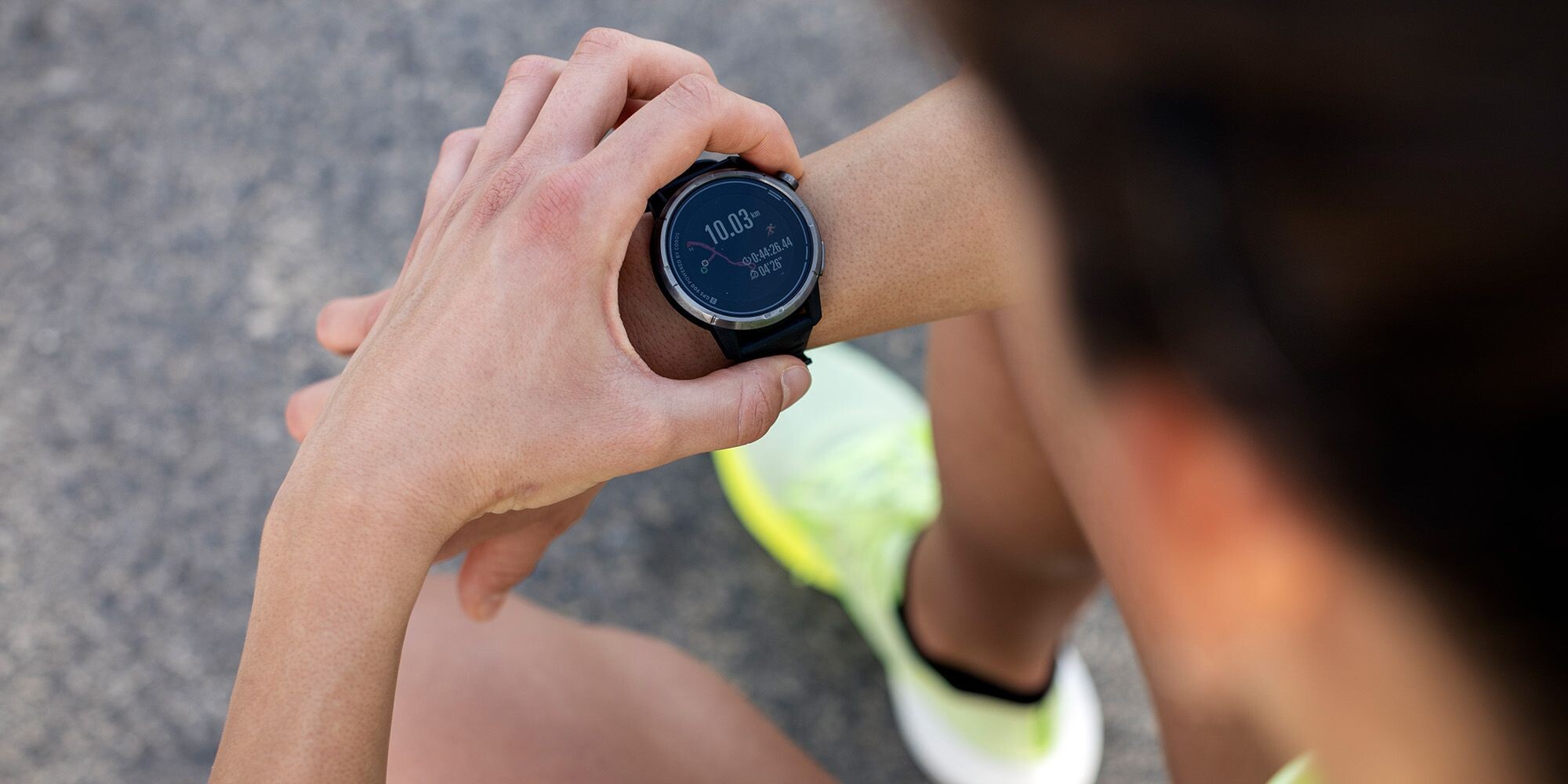
The pill was developed by the French medical company BodyCap, and contains a small battery, temperature sensor and a transmitter. It’s designed to measure a runner’s core temperature–the most effective indicator of whether a person is overheating under strenuous conditions. Several thousand pills have been used in NUS’s tests during marathons and other running events so far.
The information from the pills is reflected on Samsung watches and is used in conjunction with heart rate data, in order to study how high heat stress impacts readings. “We want to develop a system that can signal to people who are nearing their personal thermal thresholds for safety, so we need to collect all these physiological inputs to see how they correlate,” said centre director Jason Lee. “Heat stress is a key showstopper for endurance performance.”
A database of runners’ temperatures will eventually be created to boost the smartwatches’ ability to detect a user’s core temperature, and to flag when they are at risk of heat injury. The pill passes out of the user’s system in two days.
Similar pills tested by Canadians
The technology in the pill has actually been around since 2007, and an earlier version of the BodyCap pills was tested by Canadian elites as they prepared for the warm temperatures at the 2020 world championships in Doha, Qatar, and the 2021 Tokyo Olympics.
The pills tested in 2019 recorded athletes’ body temperature in 30-second intervals, while the ones being tested by Lee and his team will transmit data as it is received. At that time, the pills cost $70 and use was limited to the military and the elite sports sector. The data was downloadable by Bluetooth to a handheld device, rather than a smartwatch.
The devices may one day play a role in the safety of high-risk groups like firefighters, outdoor workers and seniors, capturing the risk of heat injury and ensuring prompt medical attention if needed. “When deployed in work environments with potential workplace safety risks, our wearable solutions can facilitate swift on-site intervention, potentially saving lives,” Lee says.
(11/30/2023) ⚡AMPby Keeley Milne
Try this 1:1:1 fartlek session to ignite your 5K pace
These rapid-fire intervals will help you hit that elusive 5K goal.
Whether you’re hoping to capture a parkrun course record or simply want to inject a little more speed into your stride, this snappy fartlek workout will give you the boost you need. Slide it into your training schedule when you want to challenge your legs without logging a ton of mileage.
Fartlek is Swedish for “speed play,” and involves injecting your workout with varied paces that can range from a sprint to a very easy jog. Some fartleks sessions are unstructured (the intervals are random); this one is structured. Fartlek workouts can give you practice pushing through fatigue to change gears and pick up the pace–perfect for simulating race day.
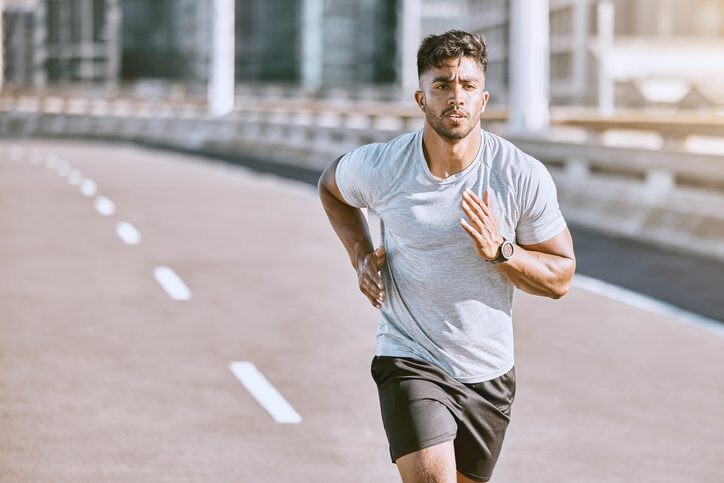
1:1:1 fartlek workout
Warm up with 10 to 20 minutes of easy running, gradually increasing the pace during the last kilometre.

Run three to six rounds of these three one-minute intervals, with one minute of easy running for recovery after each three-minute cycle: one minute at 10K pace, one minute at 5K pace, one minute at mile pace (if you’re not familiar with your one-mile pace, try running slightly faster than your 5K pace, but with an effort you can maintain for the entire distance).
Cool down with 10 minutes of easy running.
Modifications for distance or ability
Tweak this one to suit any race goals or level of experience. For beginners, cycle through only one or two rounds, add an extra minute (or three!) in between, or slow down the pace of all three intervals.
To adjust for a longer goal race, shift paces or effort to reflect the longer distance. For example, to gear your workout toward a half-marathon goal, try running the first minute at marathon pace, the second at half-marathon pace and the third at 10K pace.
Remember to follow a speedwork session like this one with a rest day or a day of very easy recovery running.
(11/29/2023) ⚡AMPby Keeley Milne
International elite athletes determined to keep the Valencia Marathon on the world podium
The three times Olympic champion and five times world champion, Kenenisa Bekele (2:01:41), joins the entry list and will run the Valencia Marathon Trinidad Alfonso on 3 December. Along with him, the Tanzanian Gabriel Geay (2:03:00) will be on the entry list.
The Valencia Marathon Trinidad Alfonso announces its initial list of international athletes with a view to maintaining its ambitious objectives for the event in the ciudad del running on 3 December. Valencia is the third fastest marathon in the world for men and women thanks to the times of 2:01:53 and 2:14:58, respectively, achieved last year, and in 2023 it aspires to remain on the podium of the fastest marathons in the world.
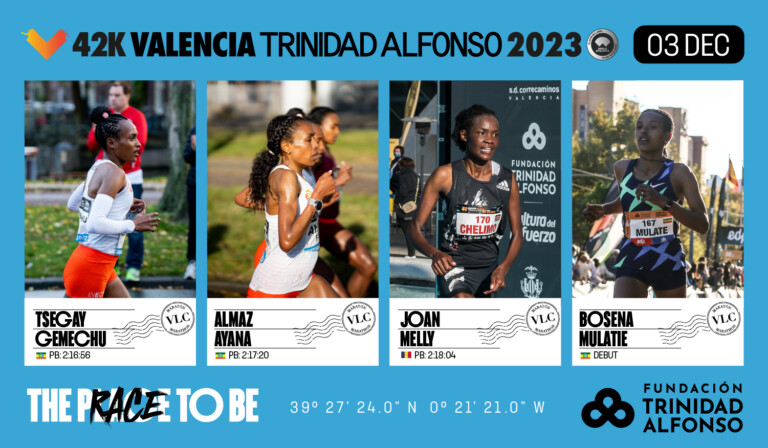
The announced debut of Uganda’s Joshua Cheptegei over the distance will be one of the biggest sporting highlights of the day and a challenge not only for him, but also for the top Kenyan and Ethiopian favorites. There are five runners with sub-2h05 times who will be looking to improve their performances on a course that is ideal for personal bests. These runners include Alexander Mutiso (2:03:29), Sisay Lemma (2:03:36), Leul Gebresilase (2:04:02), Chalu Deso (2:04:53) and Titus Kipruto (2:04:54).
Some of them already have experience of getting the most out of the fast streets of Valencia Ciudad del Running, as is also the case for Kibiwott Kandie (2:13:43, a time far from his real level due to a bad start in New York), who will try to match the impressive records he has achieved in two Valencia Half Marathons when he runs the full 42,195 meters.
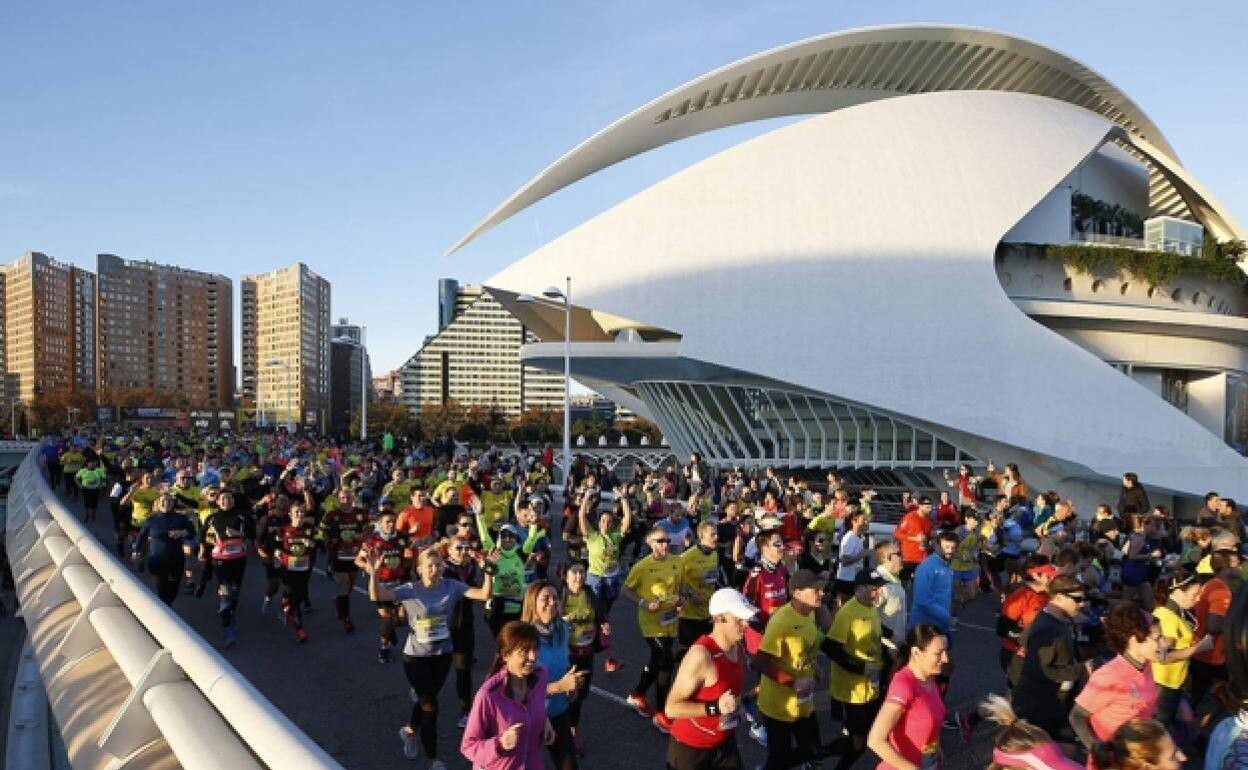
In the women’s race, the marathoners Tsegay Gemechu (2:16:56), Almaz Ayana (2:17:20), Worknesh Degefa (2:17:41), Joan Chelimo (2:18:04) and Hiwot Gebrekidan (2:19:10), all of whom have experience over the distance, are also expected to put up a tough fight in Bosena Mulatie’s exciting debut.
Marc Roig: “We have the strongest event on the world scene”.
The Valencia Marathon’s international elite coach, Marc Roig, recalled that “in a pre-Olympic year, the Valencia Marathon represents the strongest event in the world. Dozens of athletes are looking to book their ticket to Paris 2024, with more than a dozen seeking national records and both the men’s and women’s front-runners going for course records. Valencia is, once again, the ciudad del running.”
(11/29/2023) ⚡AMPVALENCIA TRINIDAD ALFONSO
The Trinidad Alfonso EDP Valencia Marathon is held annually in the historic city of Valencia which, with its entirely flat circuit and perfect November temperature, averaging between 12-17 degrees, represents the ideal setting for hosting such a long-distance sporting challenge. This, coupled with the most incomparable of settings, makes the Valencia Marathon, Valencia, one of the most important events in...
more...Short runs have major health benefits, research says
There’s a consensus that running has positive effects on our physical and mental health, but how many miles do runners need to log before they reap rewards? Most people know those who exercise have less risk for heart disease, cancer and diabetes and tend to live longer, and it’s a commonly held belief that the more time spent pounding the pavement, the greater the benefits. Recent research suggests we don’t actually need to run very much to reap the rewards, The New York Times recently reported.
Longer doesn’t mean better
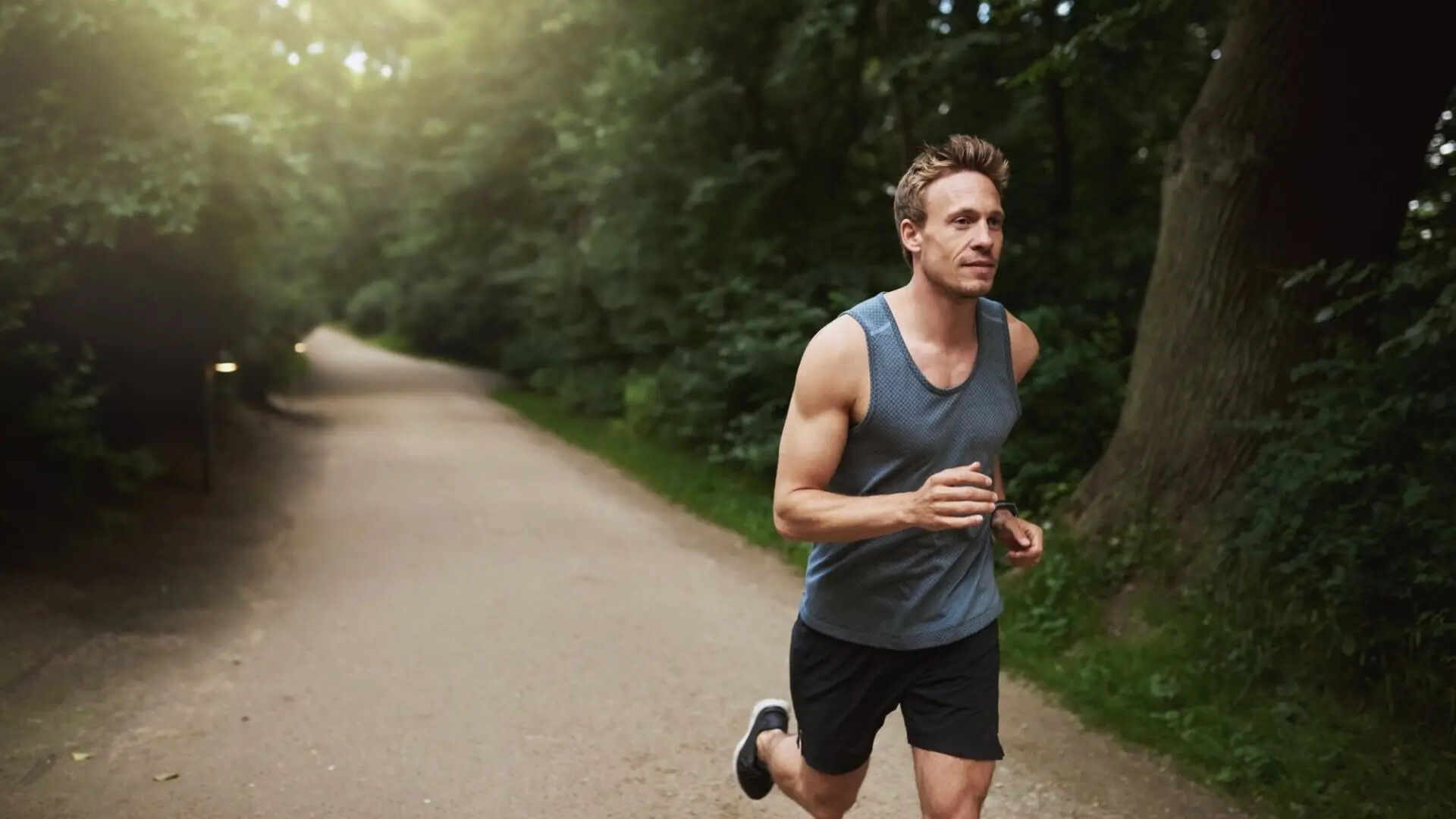
There’s a growing body of evidence that correlates even much shorter running sessions to significant health benefits, especially those regarding longevity and mental health. Dr. James H. O’Keefe, director of preventive cardiology at St. Luke’s Mid-America Heart Institute in Kansas City, Mo., says that going for a two-mile (3.2 km) run several times a week seems to give people the full benefit of running, in terms of longevity, specifically.
O’Keefe and his colleagues have published multiple studies on running for health and longevity. In one study, he analyzed long-term health and exercise data gathered from 5,000 adults ranging in age from 20 to 92. People who ran between one and two and a half hours per week at a slow or moderate pace seem to have the biggest boost in longevity–even greater than in runners who run more, faster.

Less time training still boosts mental health
Exercise makes us feel better, but more exercise doesn’t necessarily mean more mental health benefits. A recent research review on exercise and depression reported that adults who managed to exercise for the two-and-a-half hours of physical activity per week recommended by most guidelines gained a 25 per cent lower risk of depression when compared to non-exercisers.
Can’t manage to meet the recommended guidelines? Those who completed only half of the recommended two-and-a-half weekly hours still benefited from an 18 per cent lower risk of depression compared to non-exercisers.
“The growing consensus in the field is that the benefits of running start to accrue within minutes,” said Dr. Rajesh Vedanthan, an associate professor of population health at New York University’s Grossman School of Medicine.
If you’re a newer runner easing into regular exercise, or simply can’t fit in longer running sessions, don’t stress: you’re still adding years to your life, reducing your risk of many diseases and bolstering your mental health.
(11/29/2023) ⚡AMPby Keeley Milne
David Rudisha explains significance of Olympic Games in his glittering career
David Rudisha has explained why the Olympic Games are special to him and will forever be in his story.
World 800m record holder David Rudisha will forever hold the Olympic Games close to his heart because of the memories he made.

Rudisha first broke the world record on August 22, 2010, at the ISTAF World Challenge meeting in Berlin where he clocked 1:41.09 to win the race.
He then went ahead to break his own world record, clocking 1:40.91 during the 2012 London Olympic Games which still stands to date. The two-time World champion then defended his title at the Rio Olympic Games in 2016.
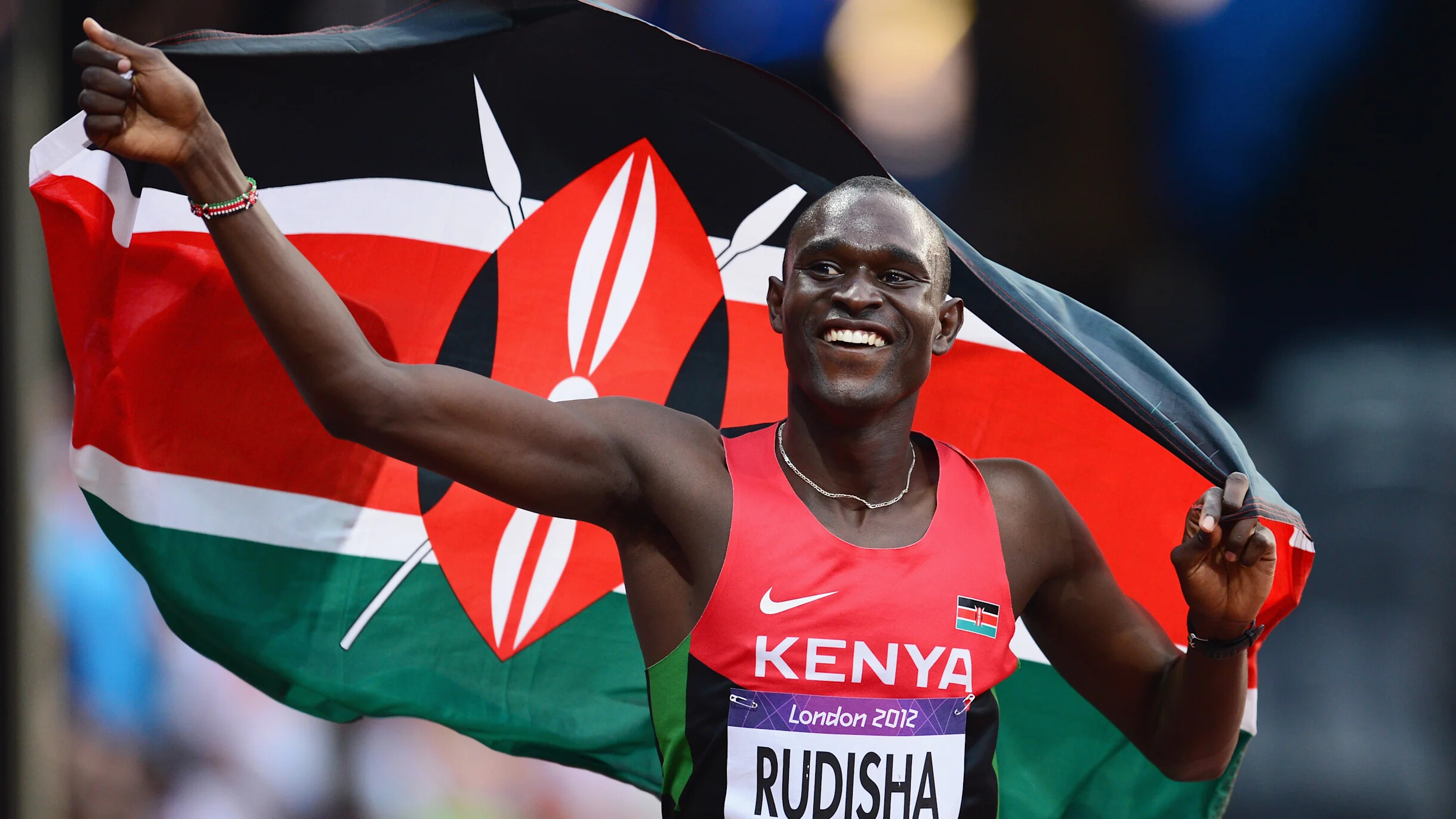
“Olympics are very special to me and one of the greatest stages one can compete on…I have so many memories of the event.
"That is where I made history in London 2012 where I won the 800m and broke the world record. I also defended my title in Rio in 2016.
"It is a special event and will always remain in my mind and will be a story for the rest of my life because that is where I hit the top,” Rudisha said.
The 34-year-old is also bubbling with excitement ahead of next year’s Olympic Games scheduled for Paris, France where he will particularly be following the 800m.
Rudisha revealed that he is expecting a good outcome since there are strong athletes who have come up in the two lap race.
He singled out world 800m champion Mary Moraa and silver medallist Emmanuel Wanyonyi, noting that he expects them to do wonders.
“The 800m is close to my heart since it was my specialty during my prime. I’m very keen and will be looking forward to seeing young guys like Wanyonyi who did very well at the World Championships.
"We hope he will be more experienced and will be the one to watch. Moraa will also be trying her best to clinch Kenya a gold medal since it’s missing in her trophy cabinet,” he concluded.“The 800m is close to my heart since it was my specialty during my prime. I’m very keen and will be looking forward to seeing young guys like Wanyonyi who did very well at the World Championships.
"We hope he will be more experienced and will be the one to watch. Moraa will also be trying her best to clinch Kenya a gold medal since it’s missing in her trophy cabinet,” he concluded.
(11/29/2023) ⚡AMPby Abigael Wuafula
Track and Field Historian Mike Fanelli Dies of Cancer at 67
Mike Fanelli, the owner of one of the largest track and field memorabilia collections in the United States, died on Saturday after a battle with glioblastoma, an aggressive form of brain cancer. He was 67 years old.
For over 50 years, Fanelli collected running-related memorabilia, which he stored in the “Track and Field Garage” at his home in Sonoma County, California. The expansive collection features over 4,000 artifacts, including the meet program from the first indoor track meet held in the United States in 1868, as well as every issue of Track and Field News and Runner’s World.
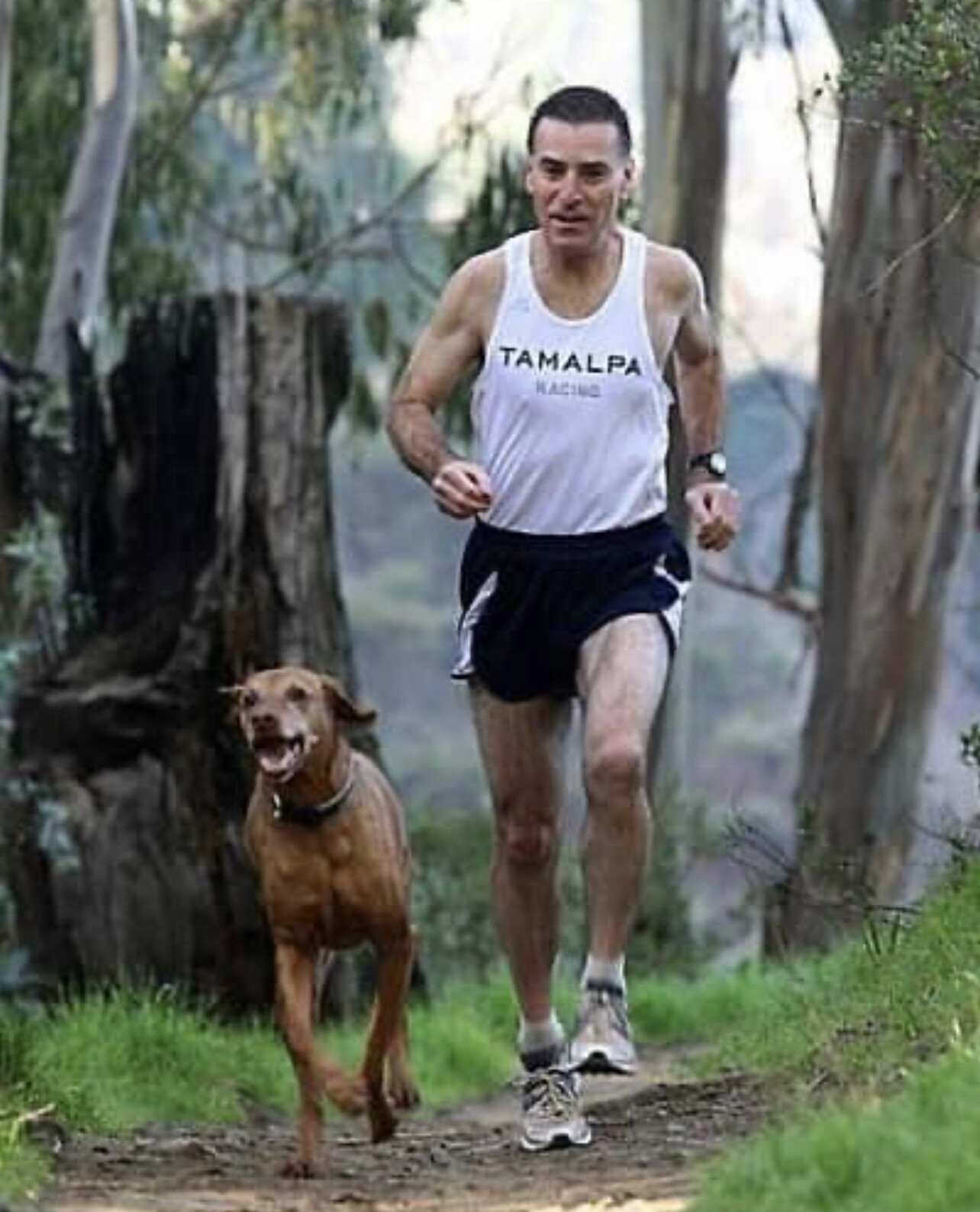
Fanelli made his mark on the sport of track and field throughout his life. He represented athletes as an agent, coached the Impala Racing Team, and served as the USATF National Cross-Country chairman in the 1990s. He’s also the namesake for the Mike Fanelli Track Classic, held at his alma mater, San Francisco State University, each spring.
But Fanelli’s impact, perhaps, is best exemplified by the connections and friends he made along the way. Until just days ago, Fanelli would routinely post track and field trivia facts to an audience of over 4,000 Facebook friends. If you look closely, you’ll find legends of the sport reminiscing about old races or giving their two cents in the comments.
Fanelli’s wife, Renay Weissberger Fanelli, released a statement on Monday announcing his passing: “It is with unbearable sadness that I share with you that Michael has passed away from brain cancer, at home, surrounded by loved ones. While he was a public figure in many ways, he was also a very private person. Because of that, he chose not to share his diagnosis broadly, preferring to live his life as if he was living, not dying.”

Fanelli lived his life fully up until his last moments. Last month, he completed his goal of running 115,000 miles in his life, dutifully logging each run in composition notebooks.
In 2021, Fanelli told Runner’s World why he feels cataloging running history, with the help of his track-nerd friends, is so important. Running history, he noted, is not particularly well recorded.
“I refer to it as ‘cultural storytelling,’” he said. “When a particular culture wants to pass down their history over the years, and it’s not something that can be transcribed otherwise, this is our opportunity to do that.”
(11/28/2023) ⚡AMPby Runner’s World
Nike and Alberto Salazar settle $20 million lawsuit with Mary Cain over alleged abuse
On Monday, Nike, disgraced coach Alberto Salazar and distance runner Mary Cain reached a settlement in the $20 million lawsuit filed by Cain, as reported by The Oregonian.
The lawsuit accused Salazar of emotional and physical abuse towards Cain and highlighted Nike’s alleged failure to provide adequate oversight during her time with Salazar. Cain, who ran for Nike’s Oregon Project from 2012 to 2016, spoke out in 2019 about abuse within the program, exposing broader cultural issues at Nike, including a reported “boys’ club” atmosphere.
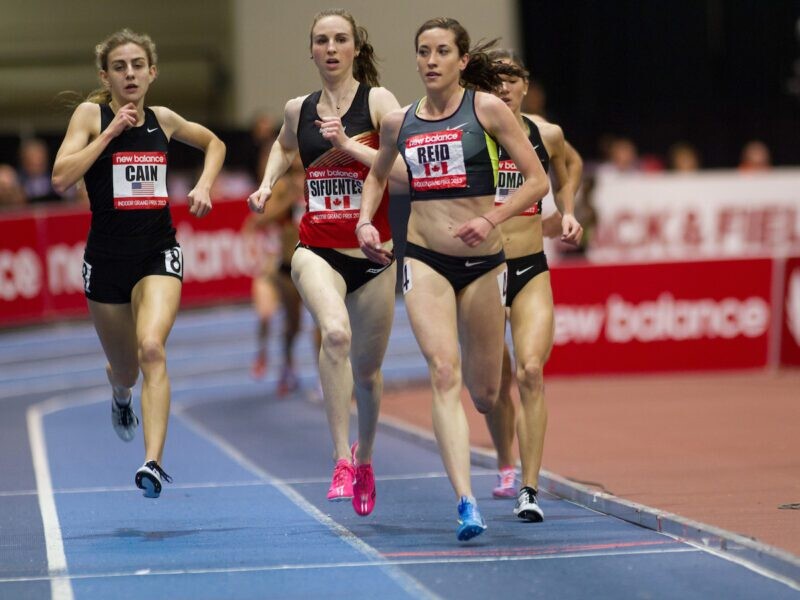
Salazar, once celebrated for coaching Olympic medallists Mo Farah, Galen Rupp and Matt Centrowitz, faced a permanent ban from working with U.S. track and field by U.S. SafeSport for alleged sexual assault and a doping scandal. Nike disbanded the Oregon Project in 2019, and Salazar’s name was removed from a building on the company’s campus following the ban.
Cain’s allegations against Salazar included controlling behavior, inappropriate comments about her body and humiliating practices, which led to depression, an eating disorder and self-harm. Nike was implicated in the lawsuit for allegedly not taking sufficient action to protect Cain, a sponsored athlete. Salazar denied the allegations, emphasizing his commitment to athletes’ well-being. Cain filed the $20 million lawsuit in 2021.
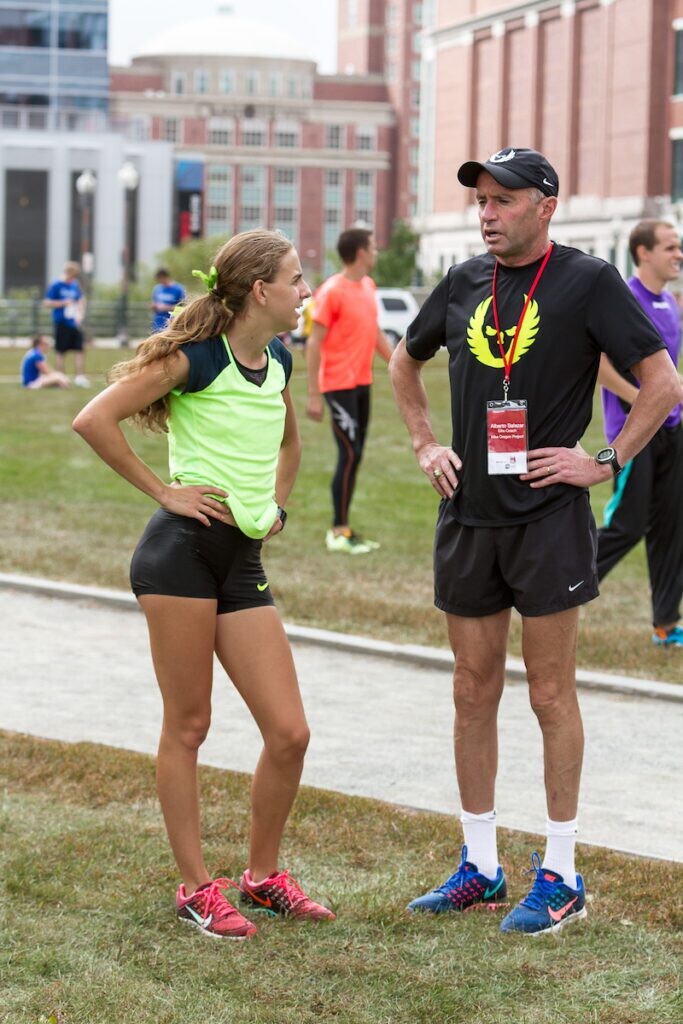
Numerous runners have come out and criticized Nike for its lack of support for female athletes. In 2018, U.S. Olympian Allyson Felix called out the brand for allegedly asking her to take a 70 per cent pay cut during her pregnancy, prompting Felix to leave Nike and join the female-powered brand Athleta before the Tokyo Olympics.
(11/28/2023) ⚡AMPby Marley Dickinson
Jamaican Olympic bronze medalist in the 110m hurdles, Ronald Levy faces potential 4-year ban
Jamaican Olympic bronze medalist in the 110m hurdles, Ronald Levy, faces a significant setback in his athletic career as the B-sample from his recent drug test has returned positive for two banned substances.
The initial discovery of these substances was made in his A-sample during an out-of-competition test conducted last month by the World Anti-Doping Agency (WADA) lab in Canada.
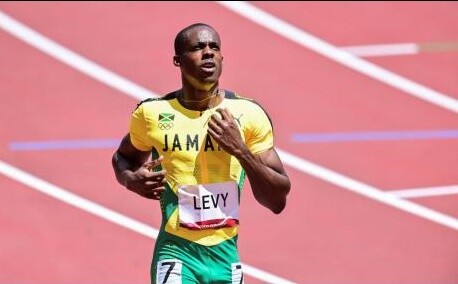
As a result of the positive B-sample, Levy now faces a hearing and the possibility of a four-year ban from competitive athletics. Such a ban could have far-reaching implications, potentially ruling him out of participating in the upcoming Paris Olympics in the summer of next year, as well as the World Athletic Championships scheduled for 2025 and 2027.
Banned Substances Identified
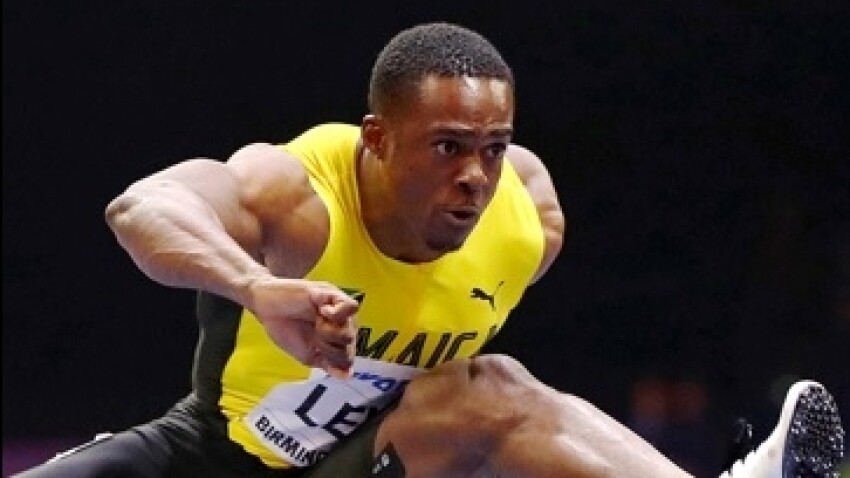
According to Radio Jamaica Sports sources, the two banned substances detected in Levy’s sample are GW501516-Sulfoxide and GW501516-Sulfone. The presence of these prohibited substances raises serious concerns about Levy’s adherence to anti-doping regulations.
Earlier this month, the athlete confirmed the adverse finding through his Instagram page, disclosing that he had been notified of the test results on November 3. However, he did not initially reveal the names of the specific drugs that led to the adverse finding.
The development casts a shadow over Levy’s athletic career and places his future participation in major international competitions in doubt. It also underscores the importance of strict adherence to anti-doping protocols and the consequences of violating anti-doping regulations in the world of sports.
(11/28/2023) ⚡AMPby Ben McLeod
Noah Lyles reveals what he would have become if not for athletics
Noah Lyles' sponsor Adidas have appreciated him over a recent clip where he revealed that if he had not been an athlete he would have been an artist.
Triple world champion Noah Lyles has disclosed that if he would not have carved out a career in athletics, he would be an artist.
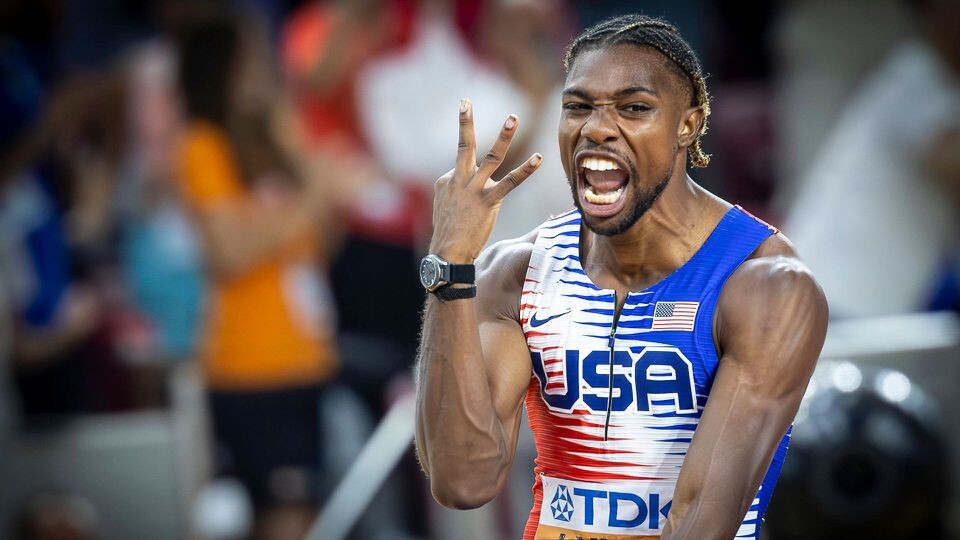
During a ‘Never Have I Ever’ game with Meta endurance news, Lyles disclosed that he has done many different types of art and he would definitely be somewhere painting or singing if he would not be an athlete.
“I was going to be an artist before being an athlete…I’ve done many different types of art. Actually, I went to a school for the arts when I was in middle school. I was really going to be an artist,” Lyles said.
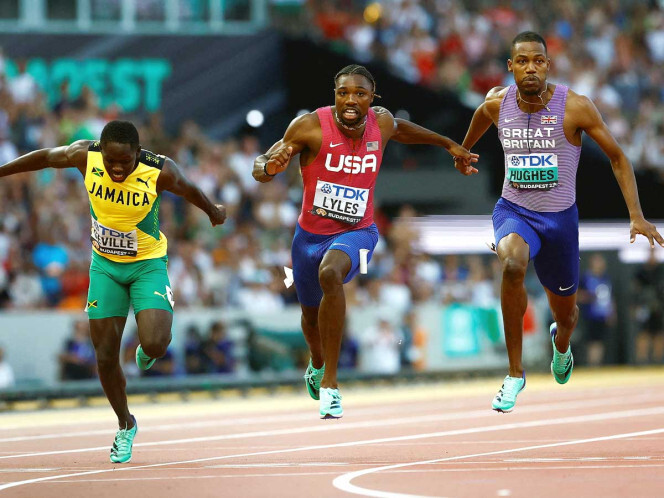
In the video posted on Instagram, Adidas commented saying: “Lucky for us all, he turned out to be a world champion.”
Meanwhile, Lyles has made headlines this season where he was unbeaten in the 200m. Lyles also bagged double gold, in the 100m and 200m, at the World Championships in Budapest, Hungary. The American also propelled the 4x100m relay team to victory at the Hungarian capital.
He finished second behind compatriot Christian Coleman in the 100m at the Diamond League Meeting final, Prefontaine Classic.
Aside from showcasing his talent on the track, Lyles has also modeled for top brands including Hugo Boss, and has managed to earn millions from his stunning sense of fashion.
(11/28/2023) ⚡AMPby Abigael Wuafula
Noah Lyles
Kenyan runner could face harsh penalty after winning race during doping suspension
James Karanga was provisionally suspended earlier this month and he reportedly competed and won a race, an incident that might place him in hot soup.
Marathoner James Karanja has landed himself in hot soup after competing and winning a race despite being provisionally suspended by the Athletics Integrity Unit (AIU).
However, as reported by the Canadian Running Magazine, Karanja breached the AIU rules and went ahead to compete and win the Tropical Rainforest Run, a trail half-marathon in Tawau Hills, Malaysia, on Sunday.
According to the AIU, all athletes are prohibited from competing during a provisional suspension, while they investigate the case.
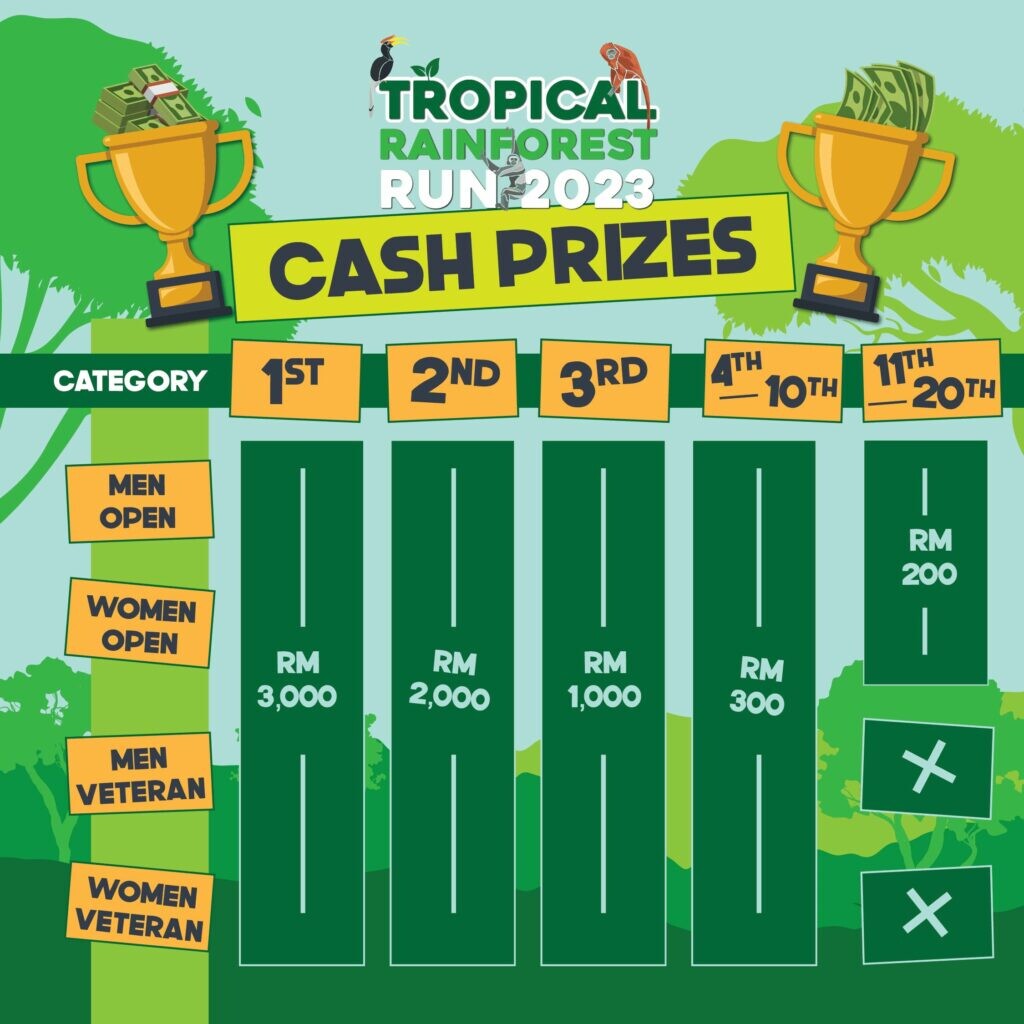
The southeast Asia-based athlete won the 21.1K trail race with 800m of vertical outright in two hours and six minutes. He was awarded 3,000 Malaysian ringgit for his win, which is roughly Ksh 99,000.
Meanwhile, earlier this month, Karanja was provisionally suspended after testing positive for the use of a prohibited substance at the 2023 Kuching Marathon in Malaysia.
According to the AIU, Karanja tested positive for the prohibited substance Norandrosterone during an in-competition test at the 2023 Kuching Marathon, where he finished fourth and was eligible for prize money.
Norandrosterone is a metabolite of the anabolic steroid nandrolone, which is used to enhance performance, increase muscle, and expedite recovery.
Even if Karanja is found innocent, he could face up to four years for competing while suspended.
According to the race website, the deadline to register was before his suspension was made public, but a considerable time after Karanja was notified. The Tropical Rainforest Run’s website makes no mention of anti-doping.
(11/28/2023) ⚡AMPby Abigael Wuafula
Canadian ultrarunner Priscilla Forgie loves this super-quick soup
It can be tricky to fit both healthy eating and regular running into an already jam-packed schedule, especially during the holiday season. This lightning-quick soup recipe, a favorite of Canadian ultrarunner Priscilla Forgie, is full of nutritious vegetables (easily tailored to your taste), with a lentil protein boost and lasagna noodles to up your carbohydrate game. It’s the perfect meal-in-a-pot to cook up in mere minutes after a nippy winter training session.
Forgie, an Edmonton-based ultrarunner, is coming off a stellar 2023 season, with a top-ten finish at Western States 100, and 12th place at CCC (100K) by UTMB. She enjoys experimenting with plant-based recipes (Forgie is vegan) to fuel her adventures, and for this soup, notes: “I always add extra nutritional yeast for added cheesiness.” While the recipe comes together in moments in an Instant Pot (or other pressure cooker), it can easily be made on the stovetop and left to simmer (leave the noodles out until shortly before you are ready to eat).

Instant Pot Lasagna Soup
(adapted from Vegan Richa)
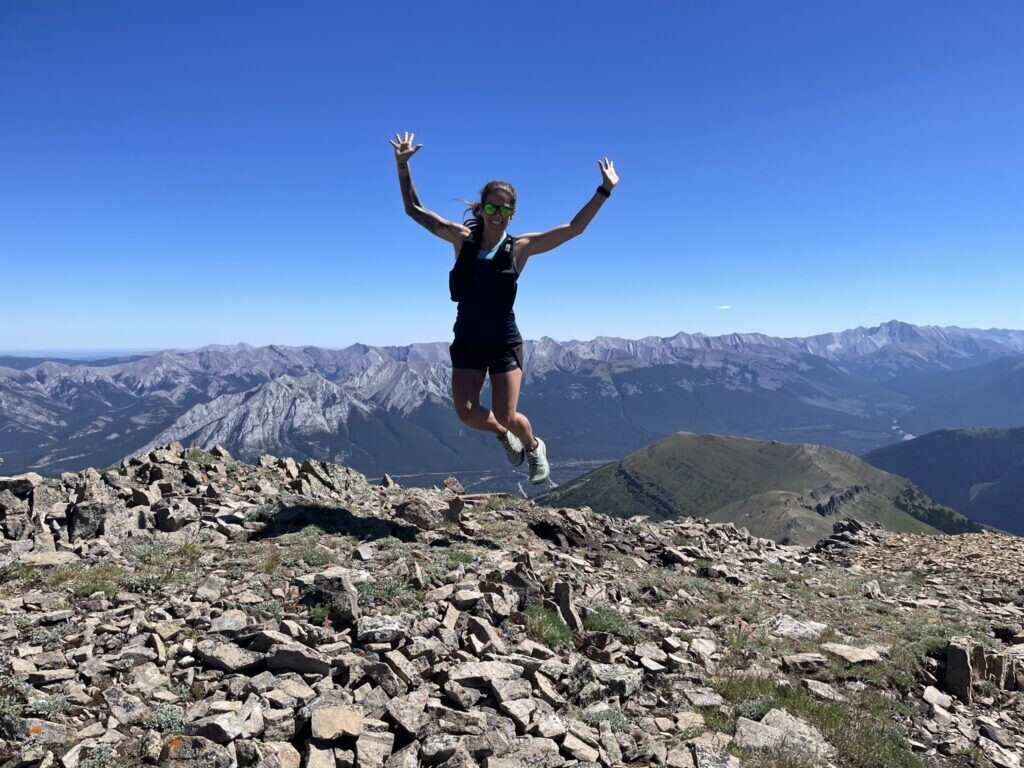
Ingredients
1 tsp oil
1/2 onion chopped
1 cup chopped veggies (can be a combo of peppers, carrots, zucchini or whatever you prefer)
1/4 cup red lentils (uncooked)
1 cup tomato puree (or marinara or tomato sauce)
1-1.5 cups diced tomato
2 tsp Italian seasoning (1 tsp basil, 1/2 tsp oregano and parsley, with a generous dash of thyme/sage and rosemary)
1/4 tsp each onion powder, garlic powder
1/2 to 3/4 tsp salt (use less if there is salt in the tomato sauce)
2 cups water or veggie broth
5 oz lasagna sheets, broken into small pieces (or pasta of choice)
Black pepper and red pepper flakes to taste
1 Tbsp nutritional yeast
1 cup packed spinach (optional)
Directions
Heat oil in Instant Pot on sauté mode. When hot, add onion, garlic and a pinch of salt. Cook for two minutes, stirring occasionally.
Add veggies and stir in. Add red lentils, tomato purée, tomato, salt, Italian seasoning, onion powder and garlic powder and mix in. Add lasagna sheets and water or broth, mix in well (use smaller pieces for the Instant Pot).
Close the lid and pressure cook on manual high for three minutes. Let the pressure slow-release for 10 minutes, and if there is still pressure left in the pot, manually release it carefully to open.
Mix in the black pepper, pepper flakes and nutritional yeast. Taste and adjust salt and flavor if needed.
Fold in the spinach if using. Let sit for a few minutes before serving, and add vegan cheese (or regular cheese, if you prefer) for a more lasagna-like flavor. Enjoy!
(11/27/2023) ⚡AMPby Keeley Milne
Said El Otmani brings Italy back to the throne of the Firenze Marathon
It is finally Mameli's anthem that resonates on the occasion of the 39th Firenze Marathon . On the top step of the podium the national tricolor flies thanks to the blue Said El Otmani , king of this edition who wins in 2h12'39" twenty years after Angelo Carosi's last success in 2003. The athlete of Moroccan origins has improved the previous personal best of 2h13'23" set in Siena Ampugnano in 2021.
The leading group made up of Edwin Kipleting, Mohamed Baybat, Said El Otmani, Hillary Biwott Chemweno and Hillary Abdo Hussain passed the 5km in 15'44”. The positions remained unchanged at 10 km in 31'18” and at 15 km in 46'56”. Baybat took the lead together with El Otmani at the 25km mark in 1h17'36”. Baybat and Otmani consolidated their position at the 30km passage 1h32'25” with a twelve second lead over Chemweno. El Otmani made the decisive break at 35 km, passing alone in 1h47'47” with a minute and 18 seconds advantage over Chemweno.

“ I had a good race until km 39, then I had some intestinal problems but I held on, I understood that I could win. I prepared well by training also at altitude but I didn't expect to be able to win, I'm very happy. I thank the Army for their constant support, after more than a year of recovery from various injuries. I also had surgery for a hernia in my groin. My dream is to be able to give continuity and grow, next year there are the European Championships in Rome, I would like the blue jersey for the half marathon."
The women's race
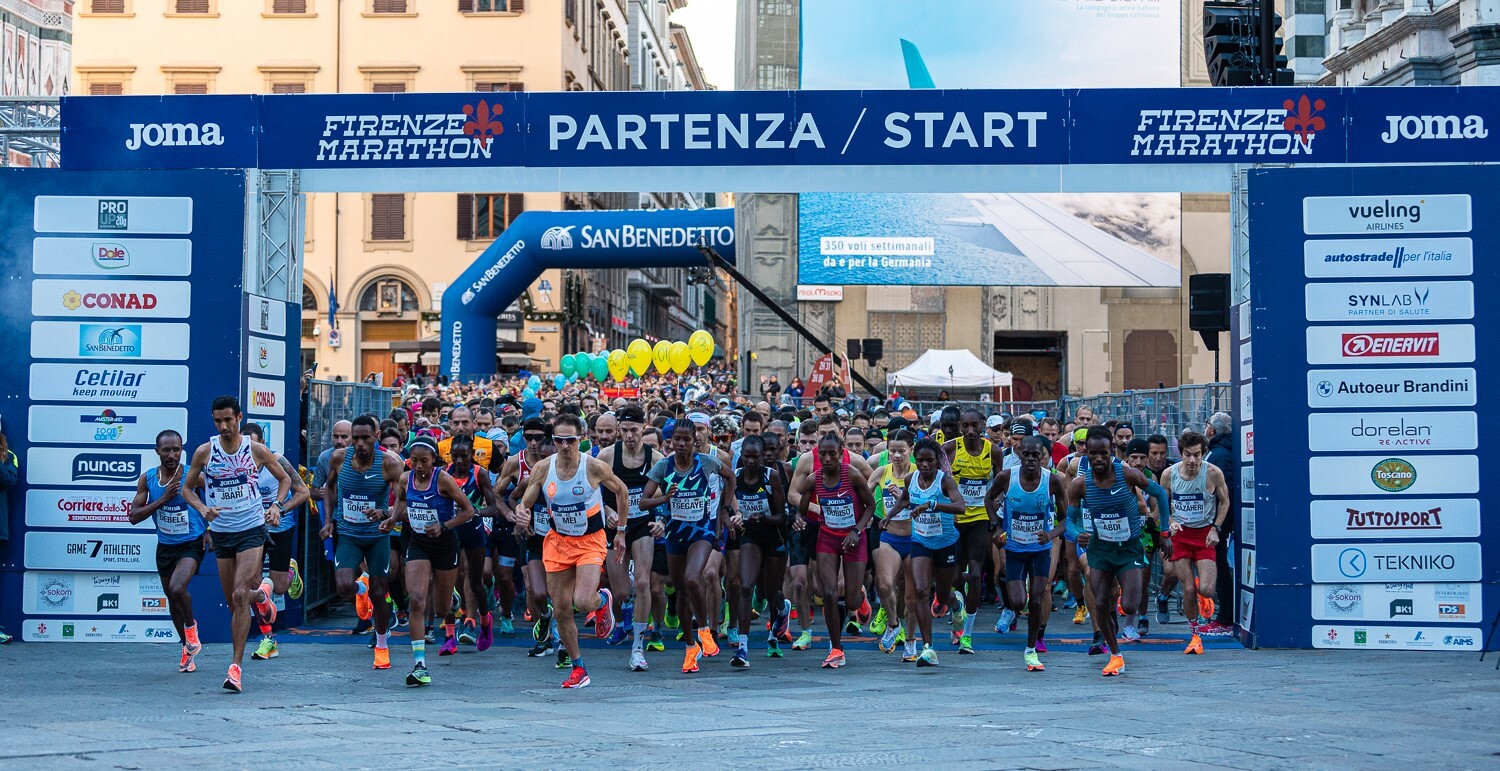
In the women's race, victory in 2:25'54" for the Rwandan Clementine Mukandanga (GS Orecchiella Garfagnana), already third in 2018 and 2022 and who improves her personal best by approximately 3', the previous record of 2h28'00".
“I live in Siena where I train by running up to 120 km a week, especially quality work. I am very happy to have achieved my personal best and to have won this race in which I had been on the podium other times", said the winner.
Silver medal for the Kenyan Rebecca Cheptegei , who reached the finish line in 2h27'08” followed by the Tanzanian Failuna Abdi Matanga , third in 2h28'58”. First for Italy, Maria Gorette Subano (CUS Pro Patria Milano) who, on her distance debut, concluded her efforts in 2h45'22”.
The leading trio of Rebecca Cheptegei, Failuna Abdi Matanga and Purity Jeptoo Cheromei took the lead at the fifth kilometer in 17'04” passing a few meters ahead of Merci Jeptoo Tuitoek and Clementine Mukandanga.
The leading group passed the 10km mark in 34'20”. The positions remained unchanged at 15 km with a passage in 51'44”. Cheptegei, Matanga and Cheromei broke away at the 21km mark in 1h12'36”. Matanga and Cheptegei increased the pace and passed in 25km 1h25'56”. The two leading athletes remained firmly in the lead until the passage to the 30 km mark in 1h43'11”. The twist occurred in the following kilometers when Mukandanga began the comeback from fifth position.
The Rwandan reached Matanga and Cheptegei and took the lead at 35 km. Mukandanga climbed to the top step of the podium of the Florence Marathon for the first time after two third places in the 2018 and 2022 editions. The African athlete resident in Siena improved her previous personal best of 2 by almost three minutes: 28:00 achieved in Florence in 2022. Rebecca Cheptegei, athlete credited with a personal best of 2h22'47" in Abu Dhabi in 2022, placed second in 2h28'08" ahead of Matanga (2h28'58") and Cheromei Jeptoo (2:31'30”).
(11/27/2023) ⚡AMPby Diego Sampaolo
Firenze Marathon
This is Firenze (Florence) Marathon! Along the way you will be surrounded by centuries of art, history and culture, a unique emotion that can only be experienced by those who run in Florence. Thousands of sports people and enthusiasts from all over the world come to participate in this classic race on the last Sunday in November. The route takes...
more...Three acceleration drills to unleash your maximum velocity
Have you ever watched an efficient runner pick up the pace, with a smooth, seemingly effortless drive forward as their legs and arms slice smoothly through the air? Acceleration is a skill that can be practiced and perfected, and will improve running performance, even if you don’t plan on racing the 100-meter dash.
Renowned speed coach and editor of the book Developing Speed, Ian Jeffreys, explains that whole-body acceleration involves subtle coordination. “Although acceleration technique may vary from athlete to athlete because of size and other physical characteristics, there are coachable technical factors that all athletes can develop.” Add a few sets of these drills into your workout after your warmup, or devote a whole short speed session to them.
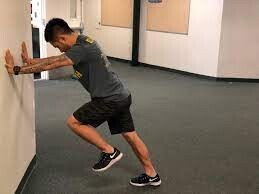
Wall drive drill
This drill helps you master your forward lean, perfect if you’re practicing for short distances or want to be able to really drive your race home. Jeffreys suggests starting this one with slow, controlled movements, and increasing speed as you build competence.
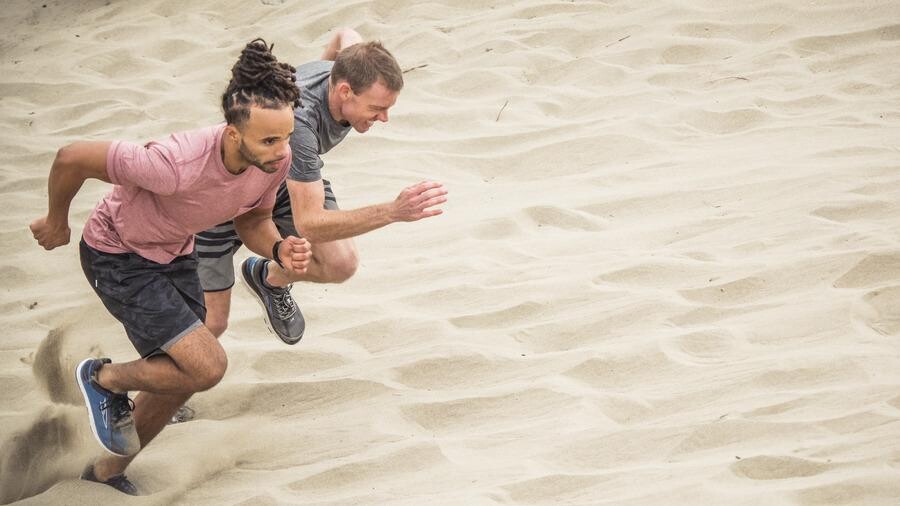
Stand facing a wall with feet shoulder-width apart, and place your hands on the wall at chest height.
Step back, extending one leg behind you.
Strive to keep your body in a straight line from head to heel while you drive your front knee forward, pushing off the back foot.
Alternate legs, focusing on bringing that front knee up with explosive power.
Sprint starts from the ground
Because you start on the ground for this one, as rise up from the facedown position you will naturally begin striding with your body low to the ground, pushing back and assuming a forward lean. This drill is perfect for practicing on grass; try an indoor track or turf in the colder months, or modify by taking a crouch position to start.
Lie right on the ground with hands planted.
Have a friend give a command to get you started, or count down from three on your own. Push yourself up to sprint as fast as possible to a set point straight ahead. Keep your sprint short in this one, from five to 30 meters.
Focus on powerful, explosive movements off the start, driving off your back leg to shoot forward.
Incline Sprint
Jeffreys says the added resistance of the incline here provides a safe and effective way to stress the strength and power demands of acceleration drills, while the upward slope will promote an increased awareness of knee drive and full extension. These are perfect to take indoors to the treadmill.
You’ll need a low incline or hill (five to 10 degrees). Keep these short–20 seconds at maximum.
Stand with a slight forward lean at the base of your hill, and sprint up the incline, emphasizing powerful strides.
Pump your arms vigorously to maximize momentum, and focus on that forward-leaning posture for optimal acceleration.
Repeat a few times, walking back to the start in between to recover.
Remember to focus on quality over quantity in these acceleration drills–maintaining strong, efficient form is essential, so keep your repeats short, fast and effective.
(11/27/2023) ⚡AMPby Keeley Milne
Kenya's Philimon Kiptoo Kipchumba set an event record in the men's race at the Shanghai Marathon
Kenyan runner Philimon Kiptoo Kipchumba emerged victorious from a three-man battle in the last kilometers at the Shanghai Marathon on Sunday, setting an event record time of two hours five minutes and 35 seconds.
His winning mark surpasses the previous record, set by his compatriot Paul Lonyangata in 2015, who completed the 42.195-kilometer race in 2:07:14.
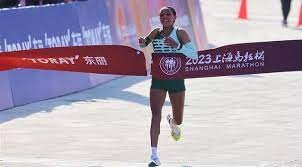
"The weather was fine today. I could see many people giving me motivation. At the end, it was very competitive, so I tried to push at the 42nd kilometer, and that is how I managed to be position one," said Kipchumba.
Alphonce Felix Simbu of Tanzania finished just four seconds behind, claiming second place.

Ethiopia's Siranesh Yirga Dagne, completing the race in 2:21:28, clinched the women's title.
Having participated in the Shanghai Half Marathon previously, Dagne is quite familiar with the city. "During the race, the spectators on both sides of the track are very enthusiastic. I kissed the ground [after winning the competition.] The scenery of the city is also very beautiful," she said.
Wu Xiangdong was the first Chinese runner to finish the men's race, clocking in at 2:11:53. Zhang Deshun led the Chinese female runners with a time of 2:28:16.
In 2020, the Shanghai Marathon became the first marathon event on the Chinese mainland to be recognized as a Platinum Label Road Race by World Athletics.
According to the organizers, about 12 percent of the 38,000 participants in the 2023 event are from overseas. Among the Chinese runners, more than 10,000 come from outside Shanghai.
(11/27/2023) ⚡AMPShanghai International Marathon
Shanghai International Marathon has established itself as the marquee running event on China’s Marathon calendar. Every November, tens of thousand participants run passing the many historical places of this city such as Bund Bull, Customs House, Shanghai Museum, Shanghai Grand Theater, Shanghai Exhibition center, Jing’an Temple, Nan Pu Bridge, Lu Pu Bridge, Long Hua Temple, Shanghai Stadium. The course records...
more...Can You Harness Anger to Reach Performance Goals?
Focusing on a mix of emotions, including negative ones, could have an effect on your running, according to a recent study.
A series of studies show that anger, despite people viewing it as a negative emotion, can actually help you tackle challenging goals.
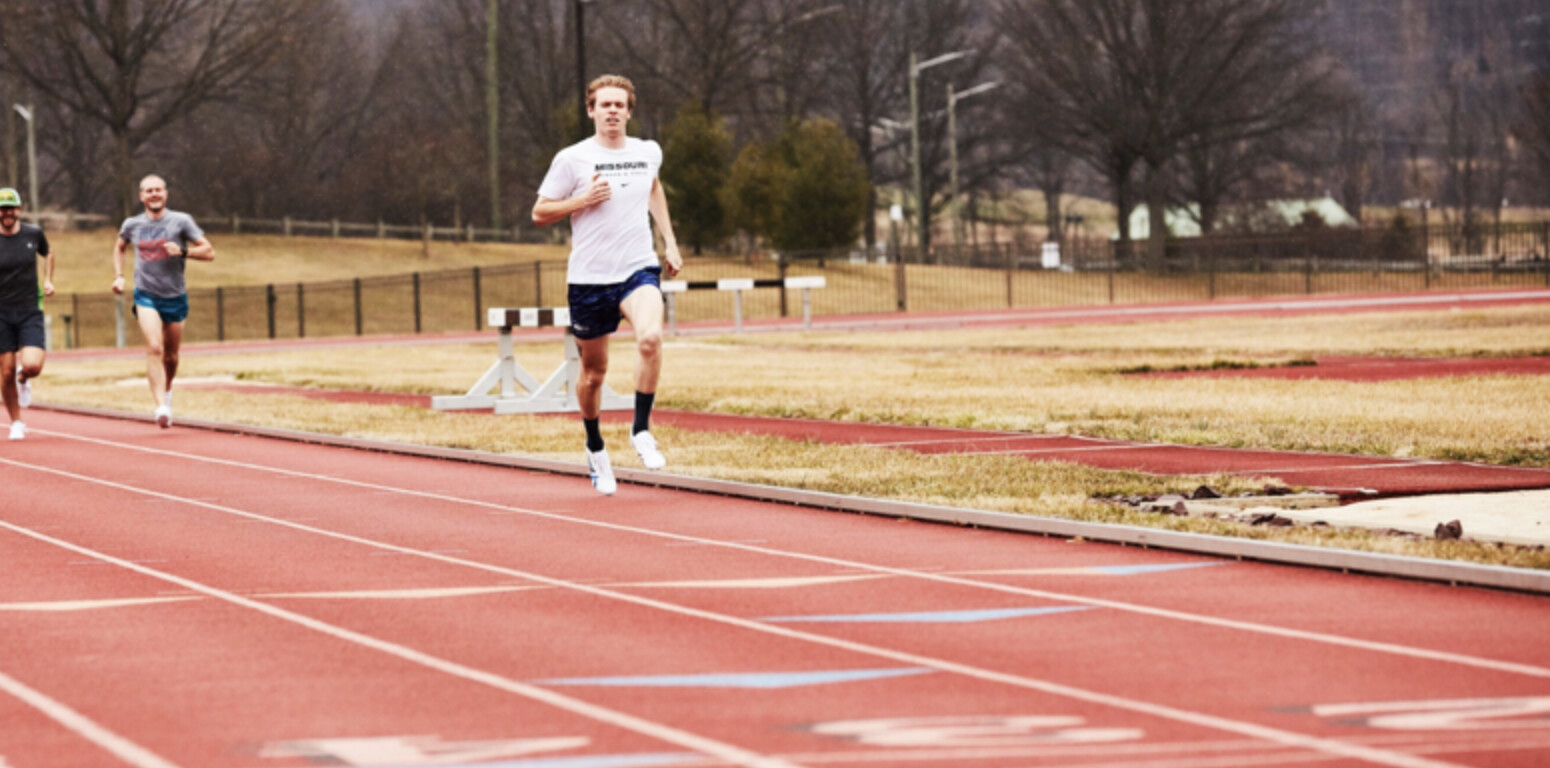
Experts suggest instead of trying to combat anger by thinking positive, using that feeling as fuel for your runs.
Tapping into emotional health and visualization isn’t a new concept in sports science. For example, one study published in 2020 suggests positive emotions, like hope, can give athletes a better sense of control and less anxiety during competition. But recent research suggests it isn’t just the uplifting feelings that can make a difference. Even emotions considered negative, like anger, may have a place in reaching performance goals.
The new investigation published in the Journal of Personality and Social Psychology notes that people often believe a state of happiness is ideal, but recent studies have shown that a mix of emotions that include negative states can result in the best outcomes.
To better understand how this blend might work for reaching goals, including athletic aims, researchers reviewed experiments on emotions that involved more than 1,000 participants and those that involved eliciting an emotional response or a neutral state. Emotions ranged from amusement and desire to anger and sadness.
After identifying their emotional state, participants would do a specific task, such as solving word puzzles or trying to achieve a high score on a skiing game. In all of the experiments, anger consistently improved performance compared to a neutral condition or more positive emotions, according to lead author Heather Lench, Ph.D., professor in the department of psychological and brain sciences at Texas A&M University.
That seemed to be true most often when the goals were especially challenging. For example, when two versions of the skiing game were used—one with a single, easier task like doing a jump and another that involved avoiding flags on a difficult slalom course—anger didn’t affect jump performance, she told Runner's World. But when it came to mastering the tougher course, anger seemed to spur participants into being more focused, and even having faster reaction times.
“The results here demonstrate that anger may increase effort toward attaining a desired goal, and that could result in greater success,” Lench said. “Another takeaway is that it may be helpful to change your perception about the use of negative emotions.”
She said that many people see negative emotions like anger as maladaptive—such as a feeling that allowing yourself to be angry during a run will cause you to be distracted or to slow down—but the opposite could be true. Harnessing that emotion and using it to spur your athletic pursuits could be a way to maintain motivation and to tackle particularly challenging goals, according to Lench.
One important distinction here is between anger and aggression, although those are sometimes perceived as synonyms. Anger is an emotion, while aggression is a behavior or action that can be destructive or violent, according to Gregg Henriques, Ph.D., clinical psychologist and author of A New Unified Theory of Psychology.
He told Runner’s World that it can be tricky to feel the emotion without having it fuel the behavior. A technique for that is to simply identify an emotion as it’s happening and visualize using that for a specific goal (like running a quick pace for your next workout!) rather than a catalyst for hostility, he suggested.
“Sometimes, anger is a response if you perceive obstacles to be overwhelming or insurmountable,” added Lench. “Using that anger instead of trying to cover it with positive emotions may be a better strategy for overcoming those obstacles and reaching your goals.”
(11/26/2023) ⚡AMPby Runner’s World
Selly Chepyego highlights Shanghai marathon
Selly Chepyego highlights the Kenyan contingent at Sunday's Shanghai marathon, a World Athletics Platinum Label road race.
The trio of Betty Chepkwony, Emily Arusio and debutant Sandrafelis Chebet are also in the mix as Kenya's quest for glory takes them to the Asian continent.

The quintet of sub-2:21 runners will be gunning for the course record of 2:20:36 set by Ethiopian Yebrgual Melese in 2018.
The 22-year-old Tadu Teshome of Ethiopia, owning a PB of 2:17:36, is the favourite in Shanghai.
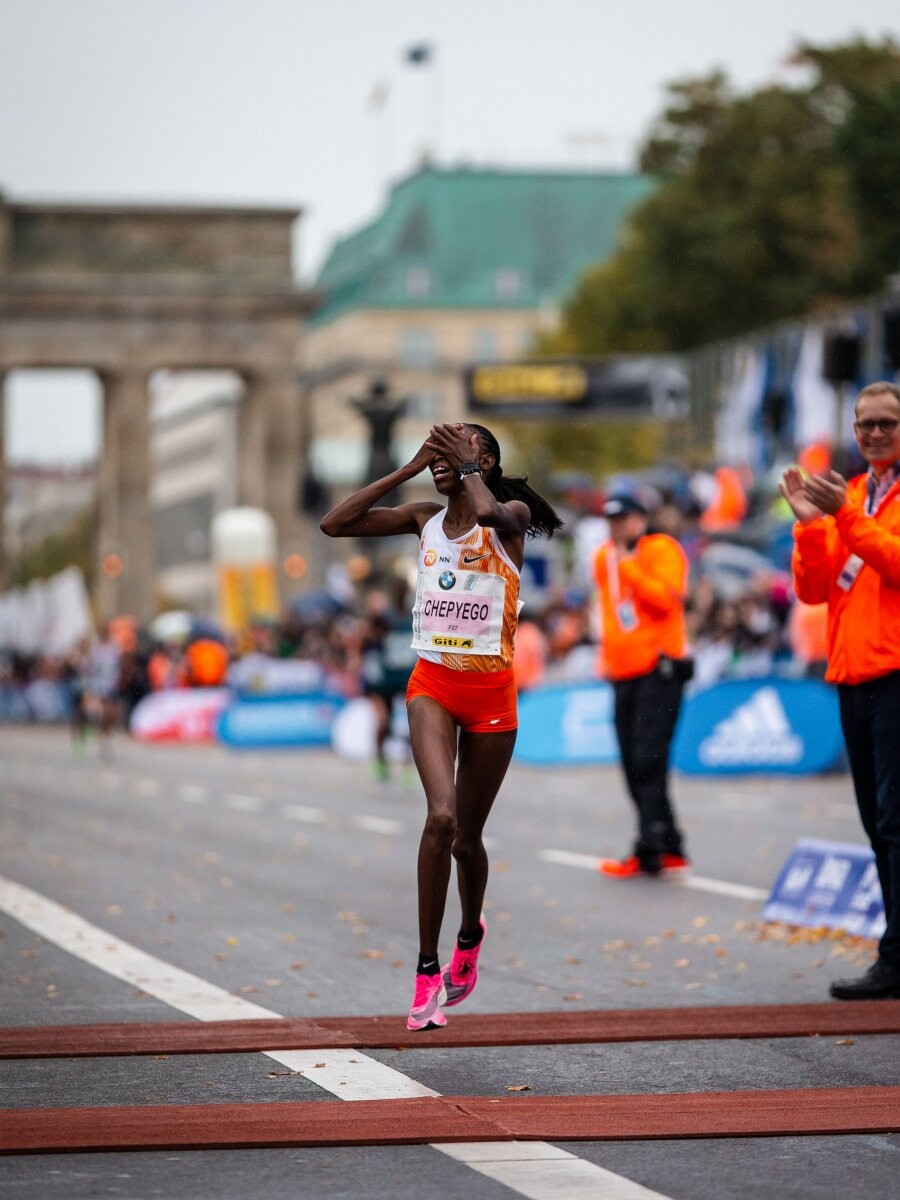
The 2022 Copenhagen Half Marathon champion, who is also a former winner of marathons in Barcelona and Riyadh, achieved her career-best mark last year in Valencia. She clocked 2:20:04 to finish fifth last month in Chicago.
Bahrain’s national record-holder Eunice Chumba and Chepyego could be the biggest threats to Teshome.
The 30-year-old Chumba, a 2:20:02 performer, has remained unbeaten after two races in 2023, clocking 2:20:31 to win in Rotterdam in April and winning the gold medal at the Asian Games in Hangzhou early last month.
Apart from her victory in Hangzhou, Chumba has gained vast experience of winning in China, claiming titles in Dongying and Liupanshui, and at the 2019 Military Games in Wuhan.
Now aged 38, Chepyego is still making progress. The 2014 World Half Marathon bronze medallist set a PB of 2:20:03 to finish second in Barcelona in March and clocked 2:27:09 to place seventh at the World Athletics Championships in Budapest.
Other title contenders include Ethiopian Etagegne Woldu, who set her PB of 2:20:03 last year in Valencia, and Eritrea’s Nazret Weldu, who finished eighth, one place behind Chepyego, in 2:27:23 in Budapest. Before that she improved the national record to 2:20:29 to finish fourth at the World Championships in Oregon in July 2022.
Defending champion Zhang Deshun of China is also toeing the line. Last year Zhang produced a 2:28:17 victory in Shanghai. In March, she improved her PB to 2:24:05 to finish fourth in Nagoya before finishing second behind Chumba at the Hangzhou Asian Games in 2:27:55.
(11/25/2023) ⚡AMPby Evans Ousuru
Shanghai International Marathon
Shanghai International Marathon has established itself as the marquee running event on China’s Marathon calendar. Every November, tens of thousand participants run passing the many historical places of this city such as Bund Bull, Customs House, Shanghai Museum, Shanghai Grand Theater, Shanghai Exhibition center, Jing’an Temple, Nan Pu Bridge, Lu Pu Bridge, Long Hua Temple, Shanghai Stadium. The course records...
more...

